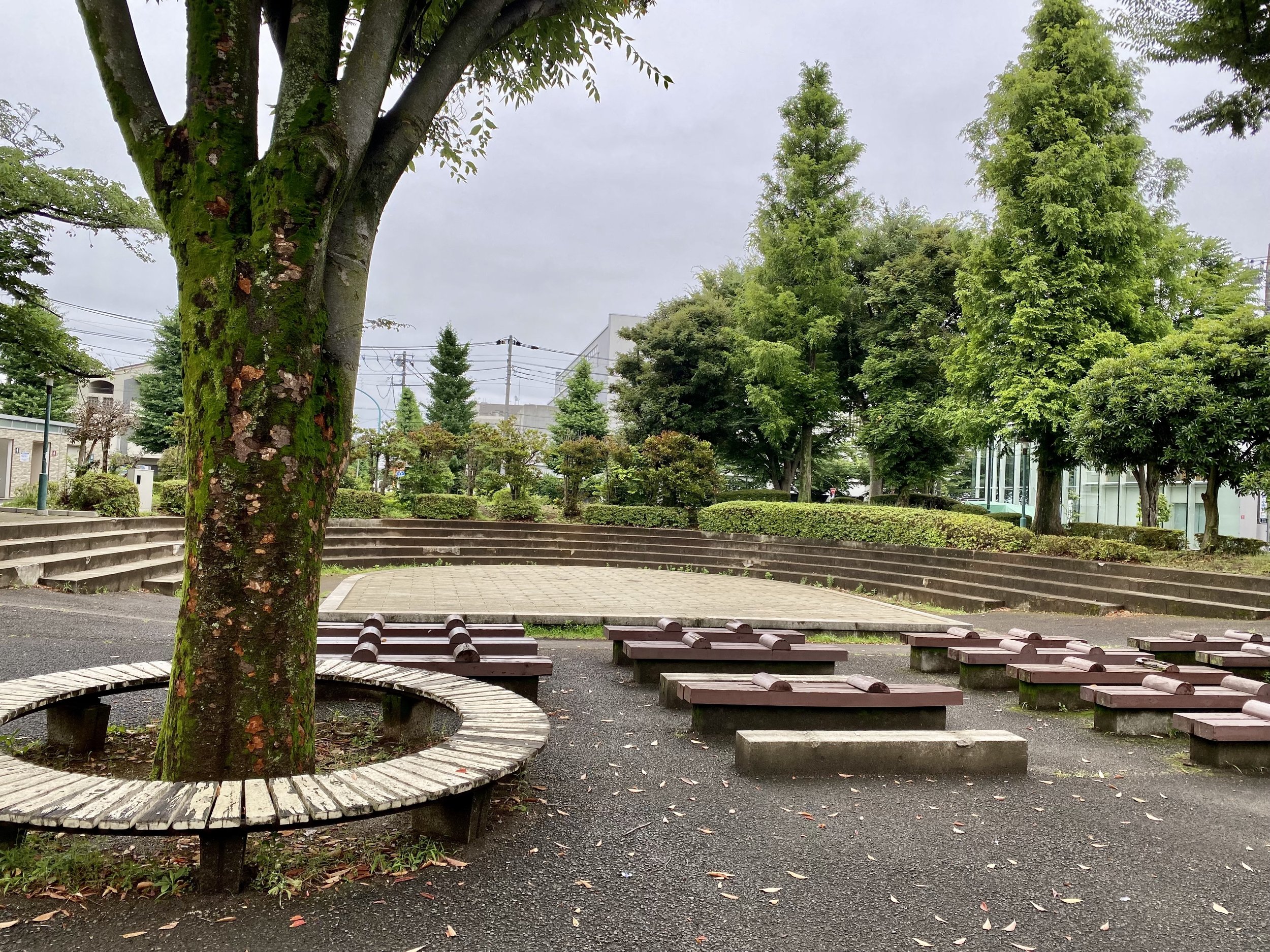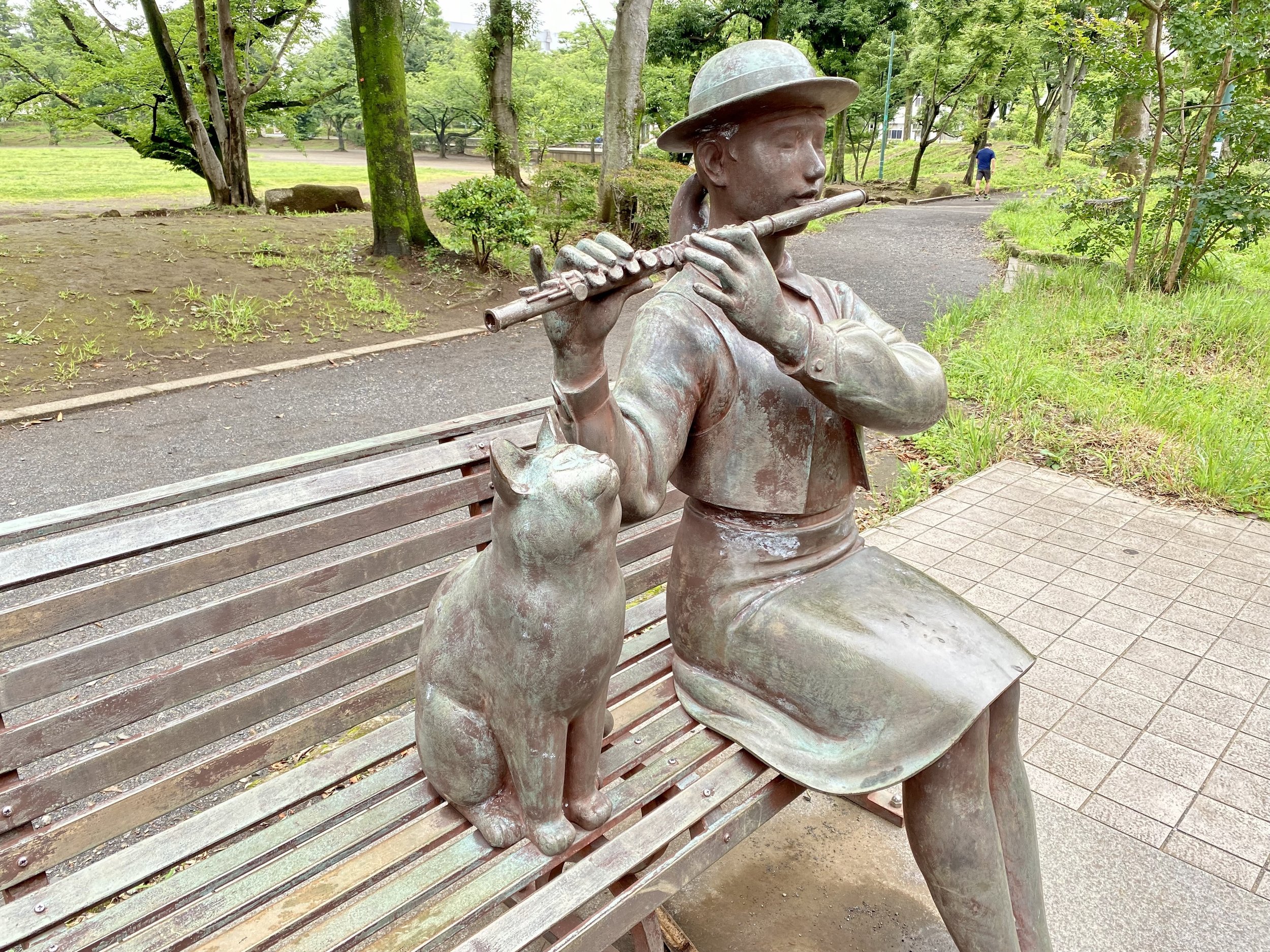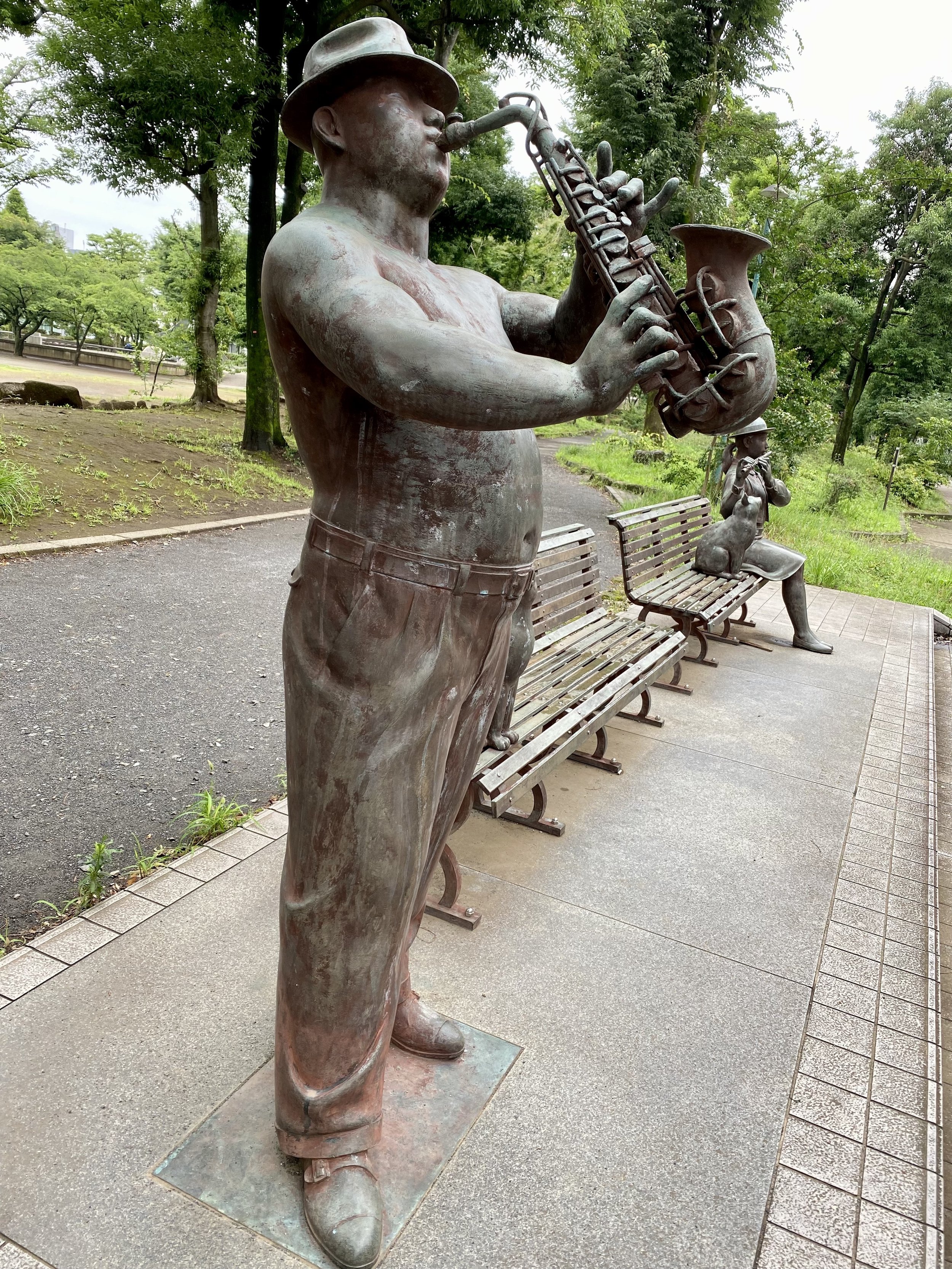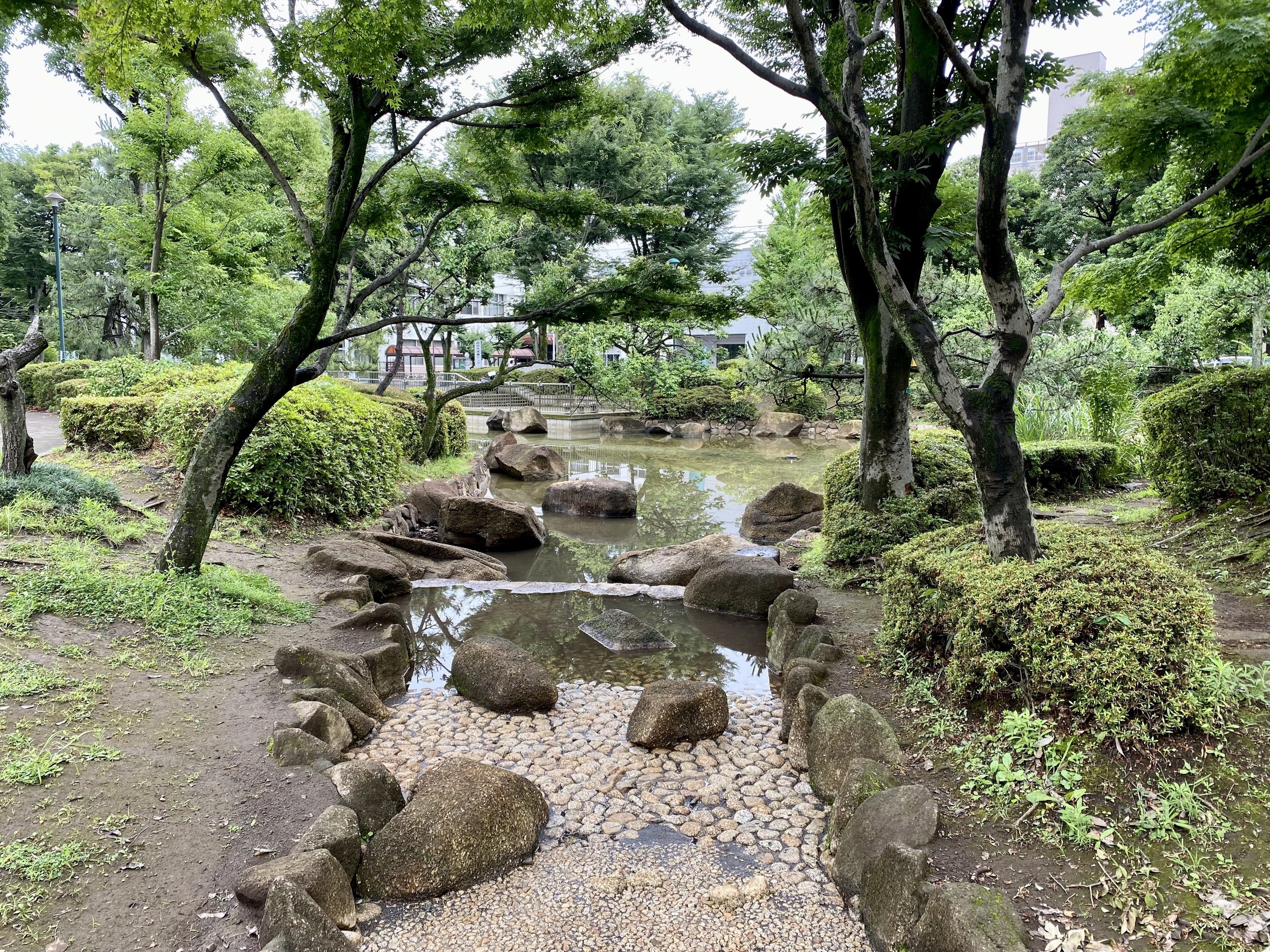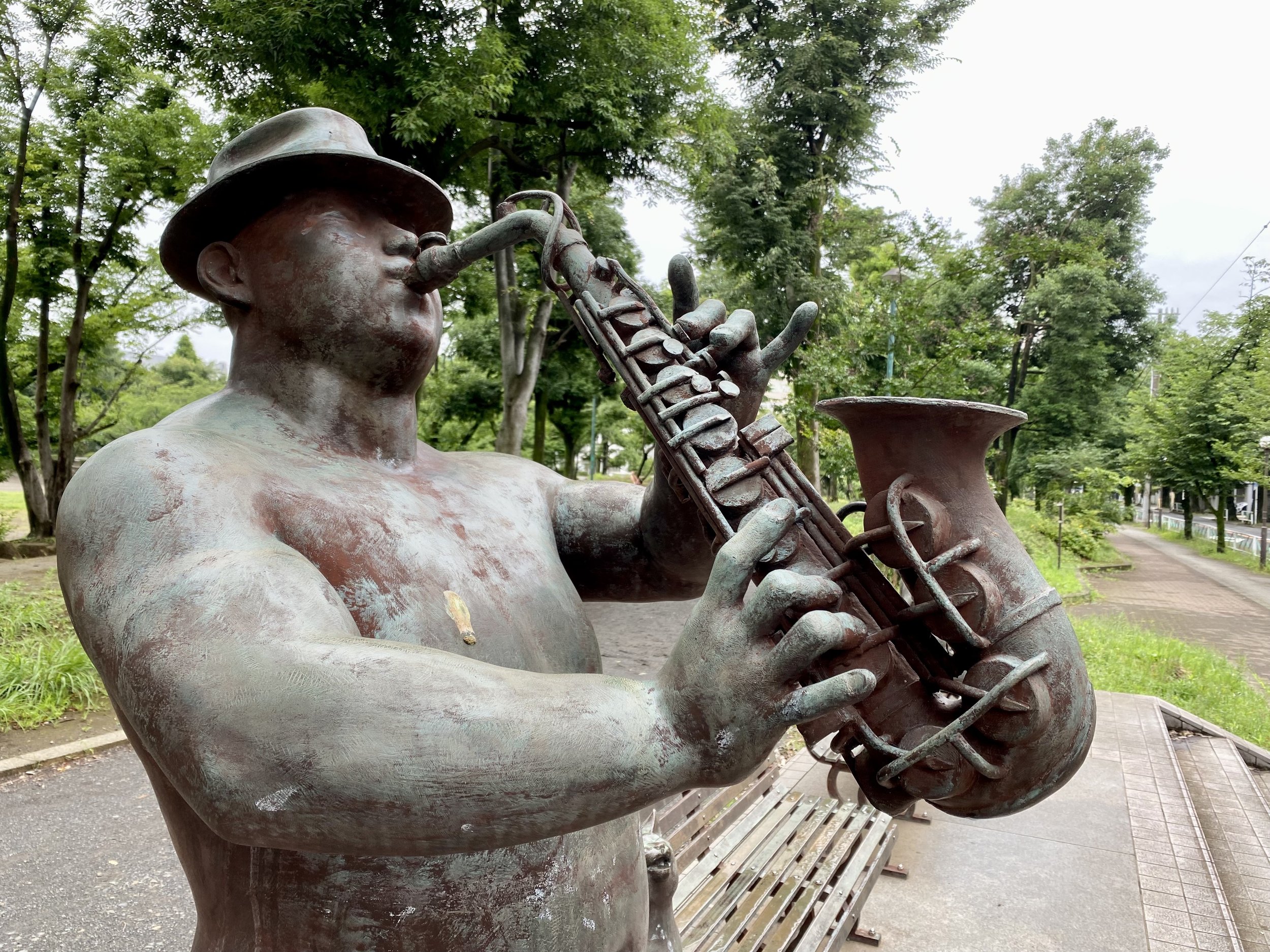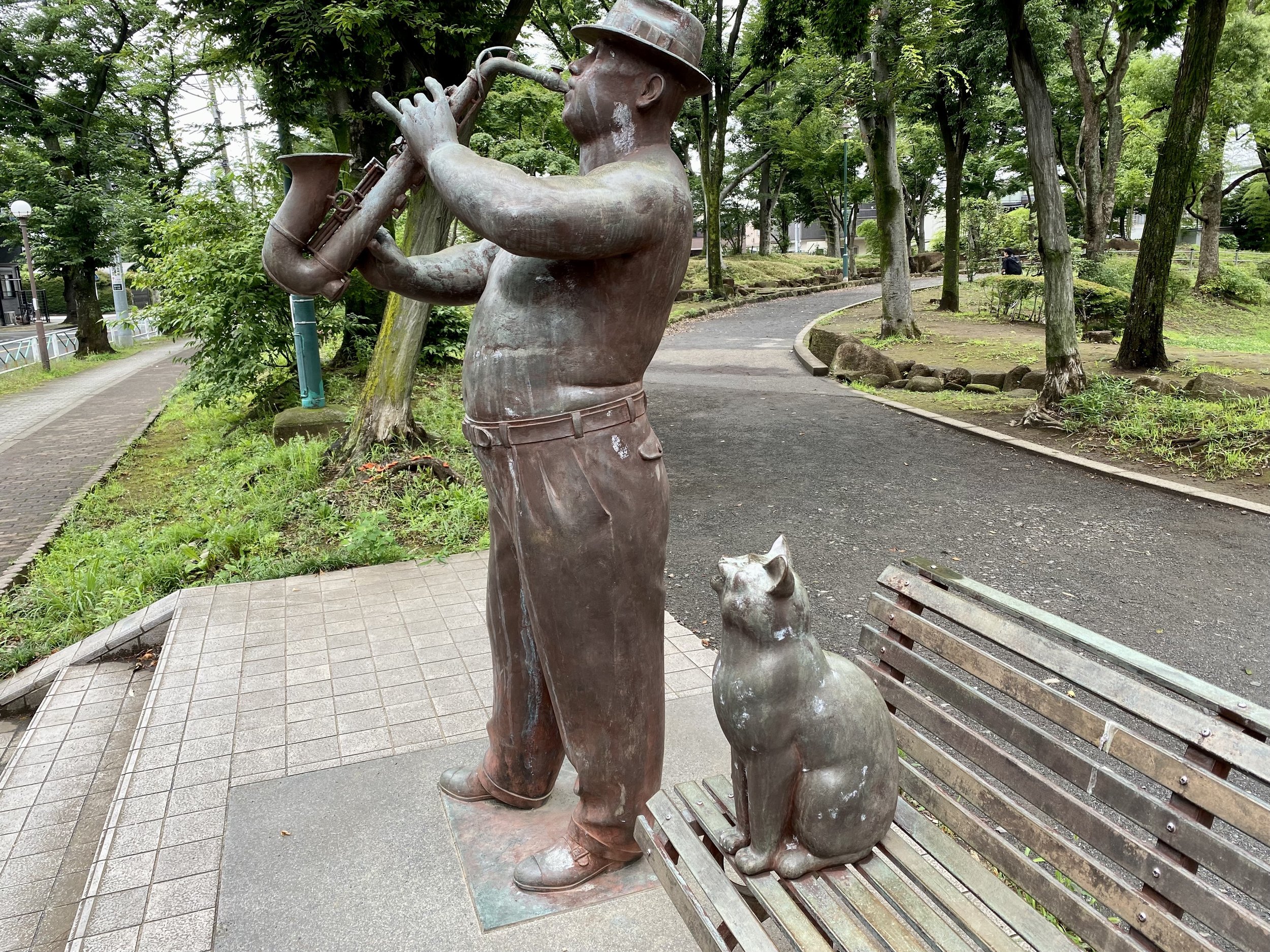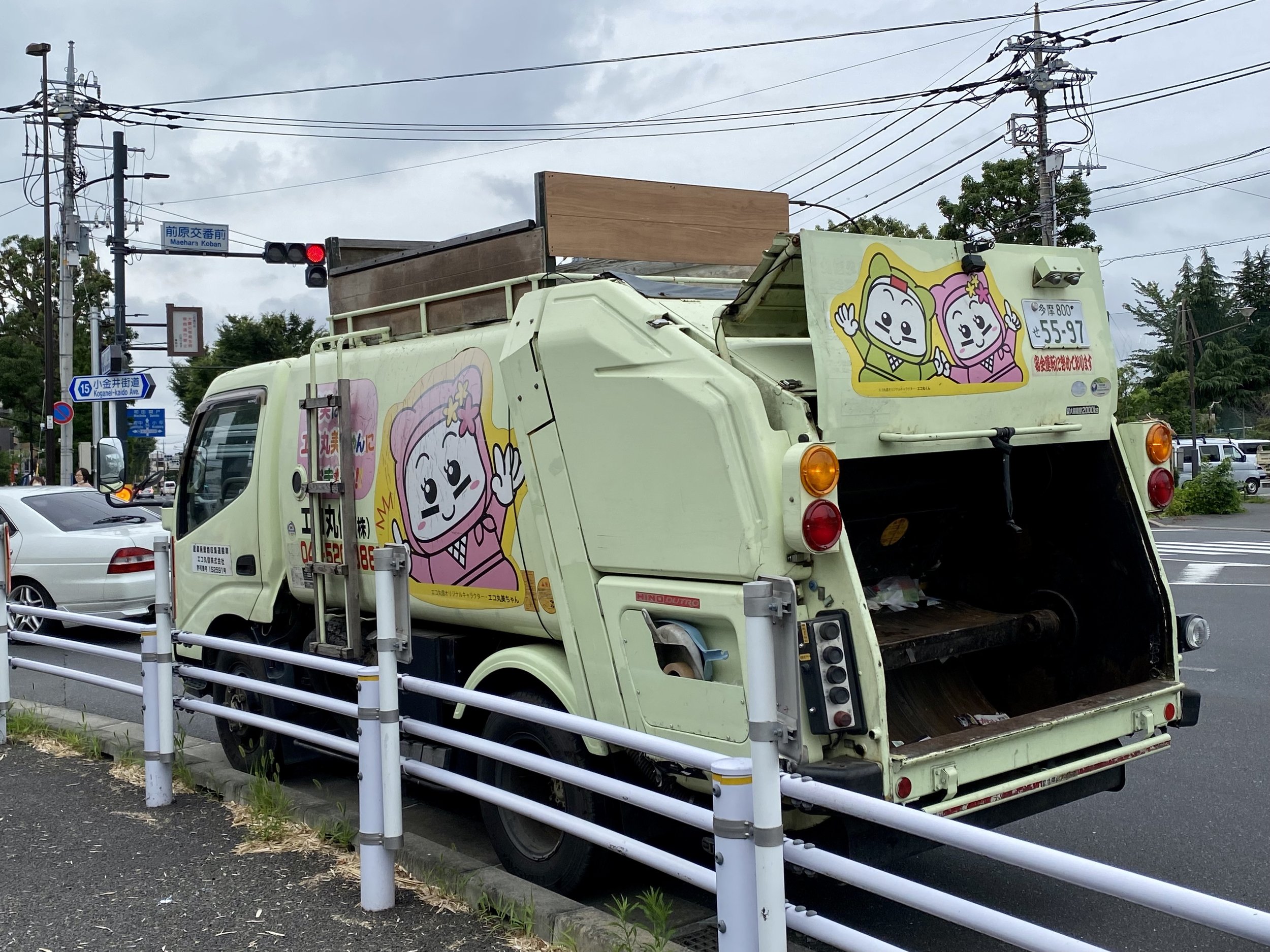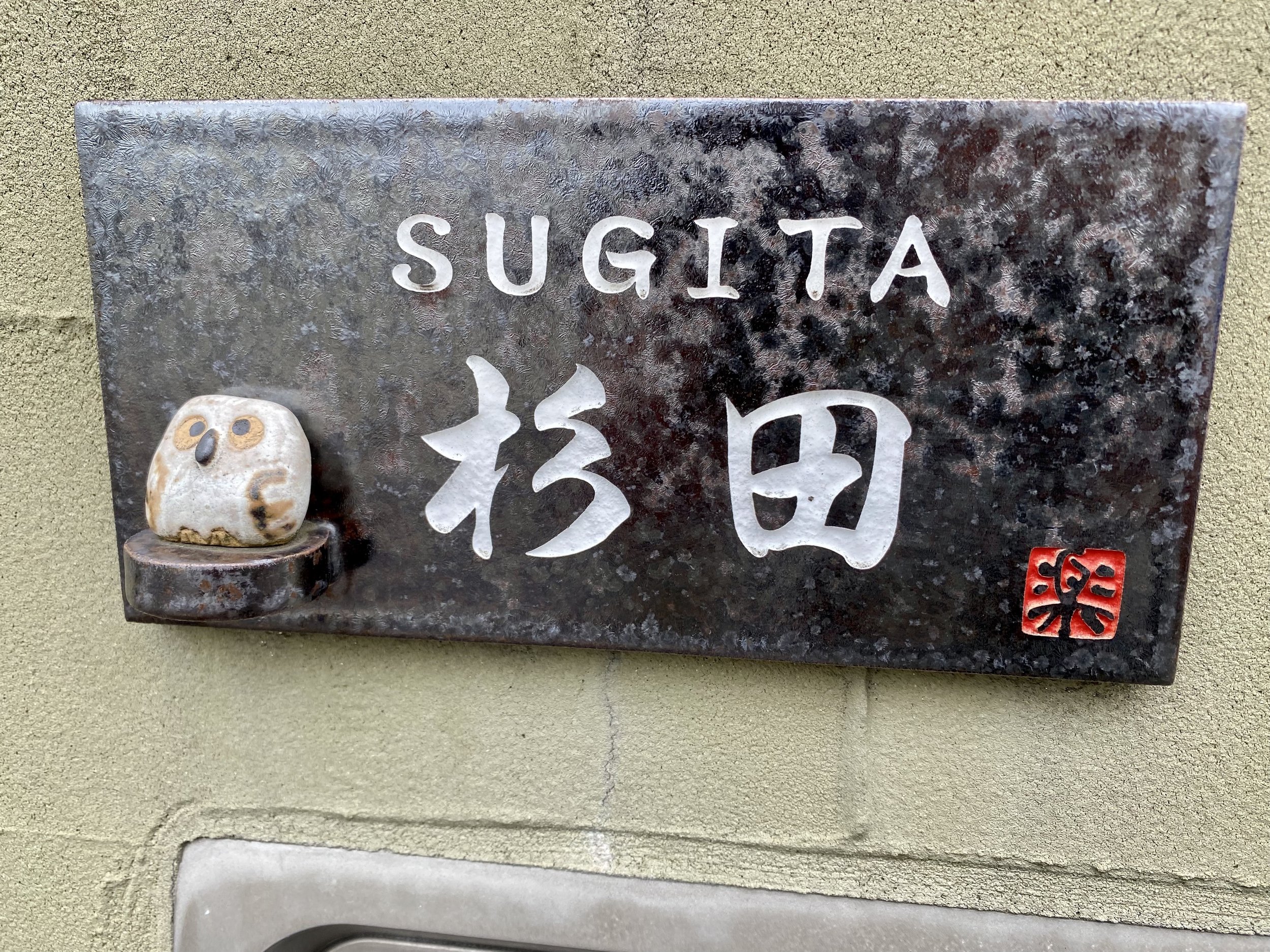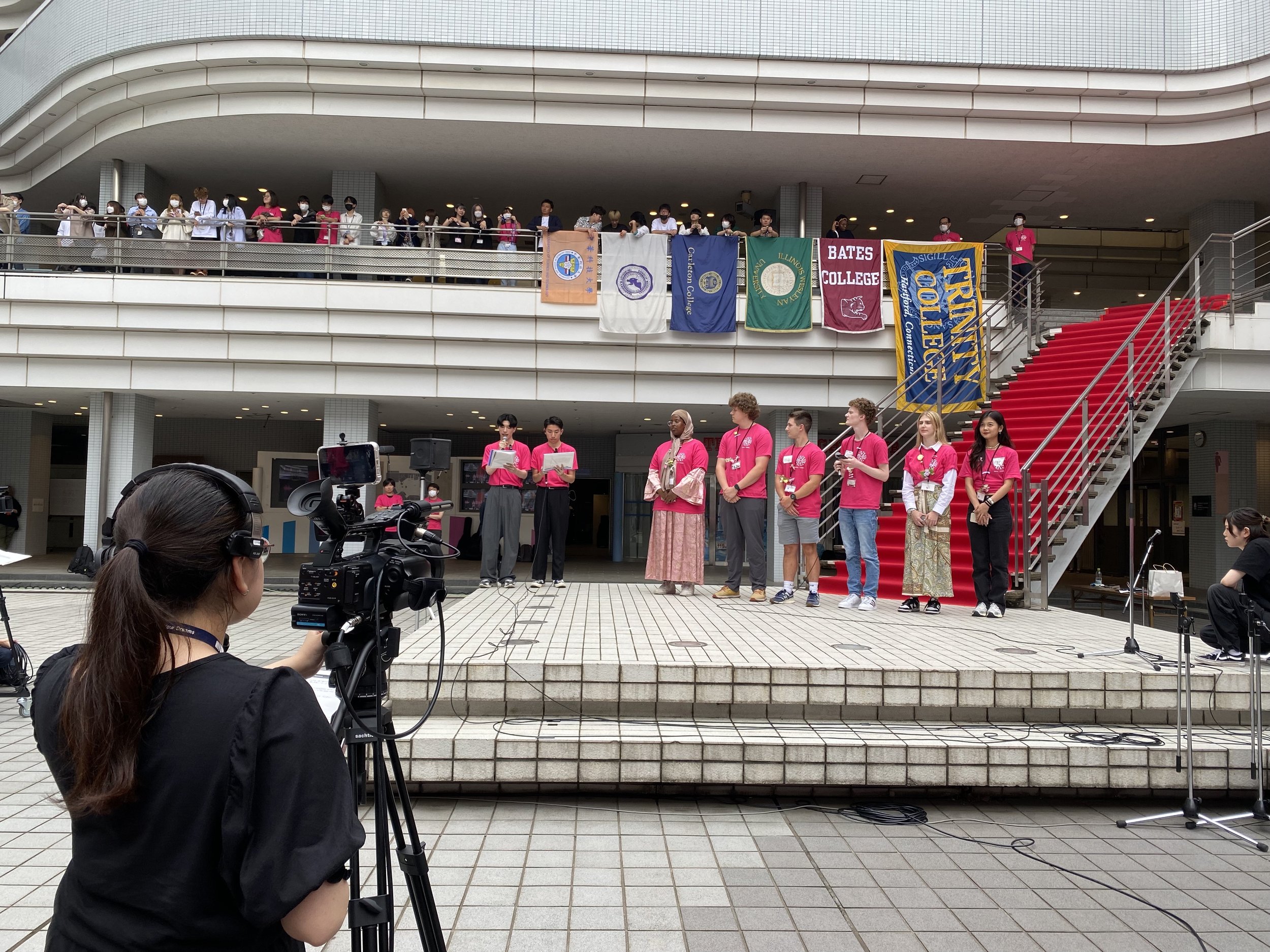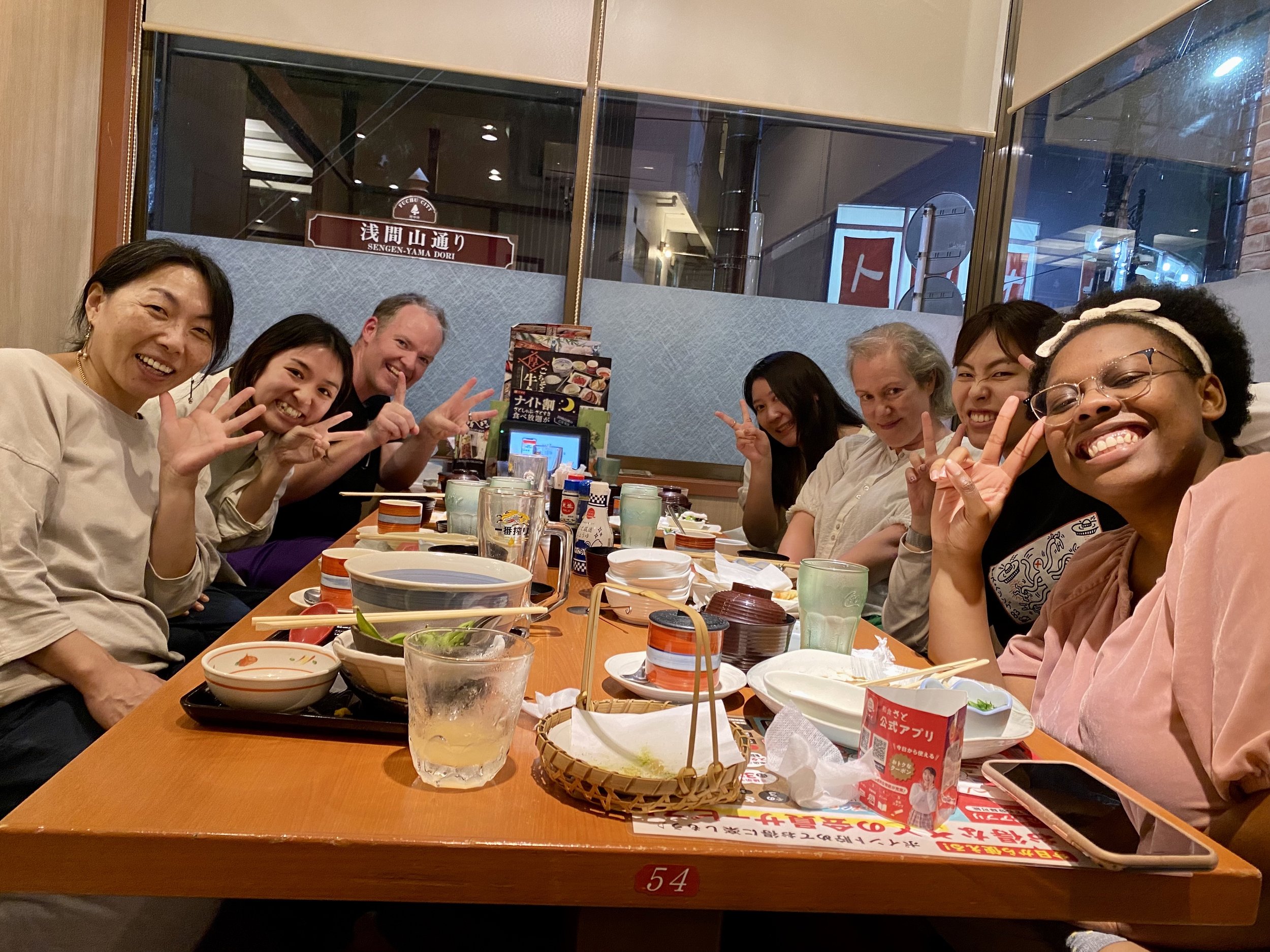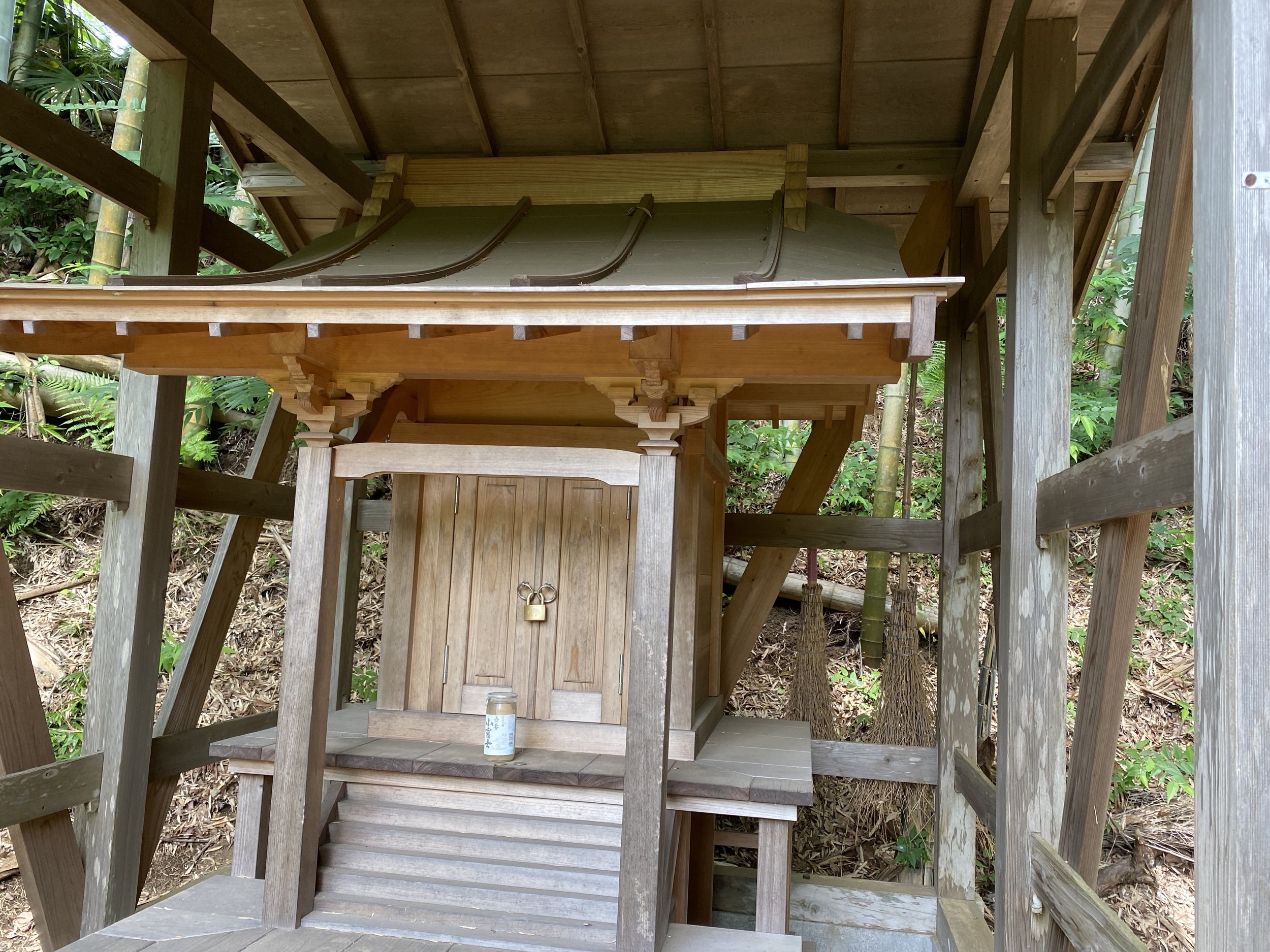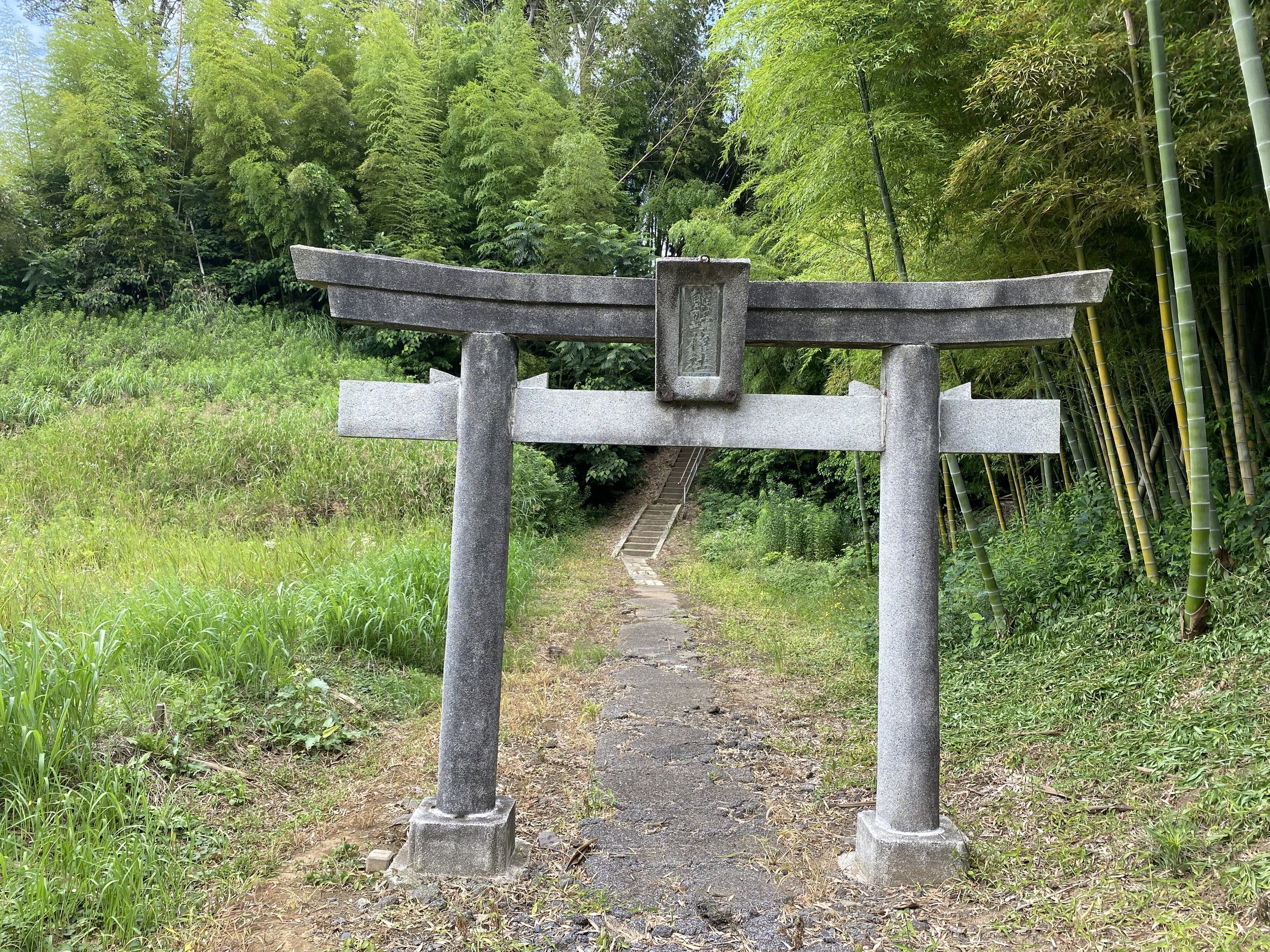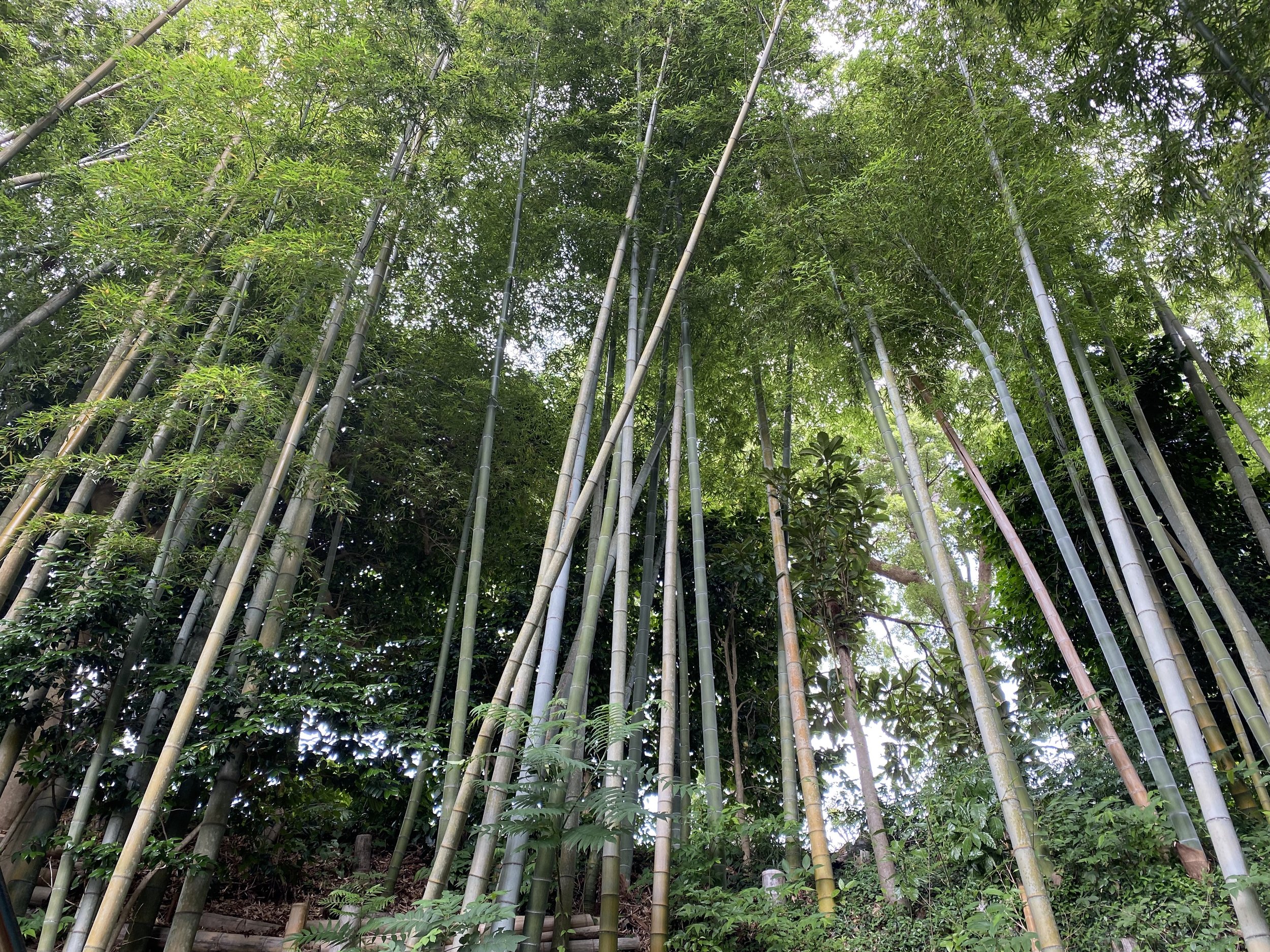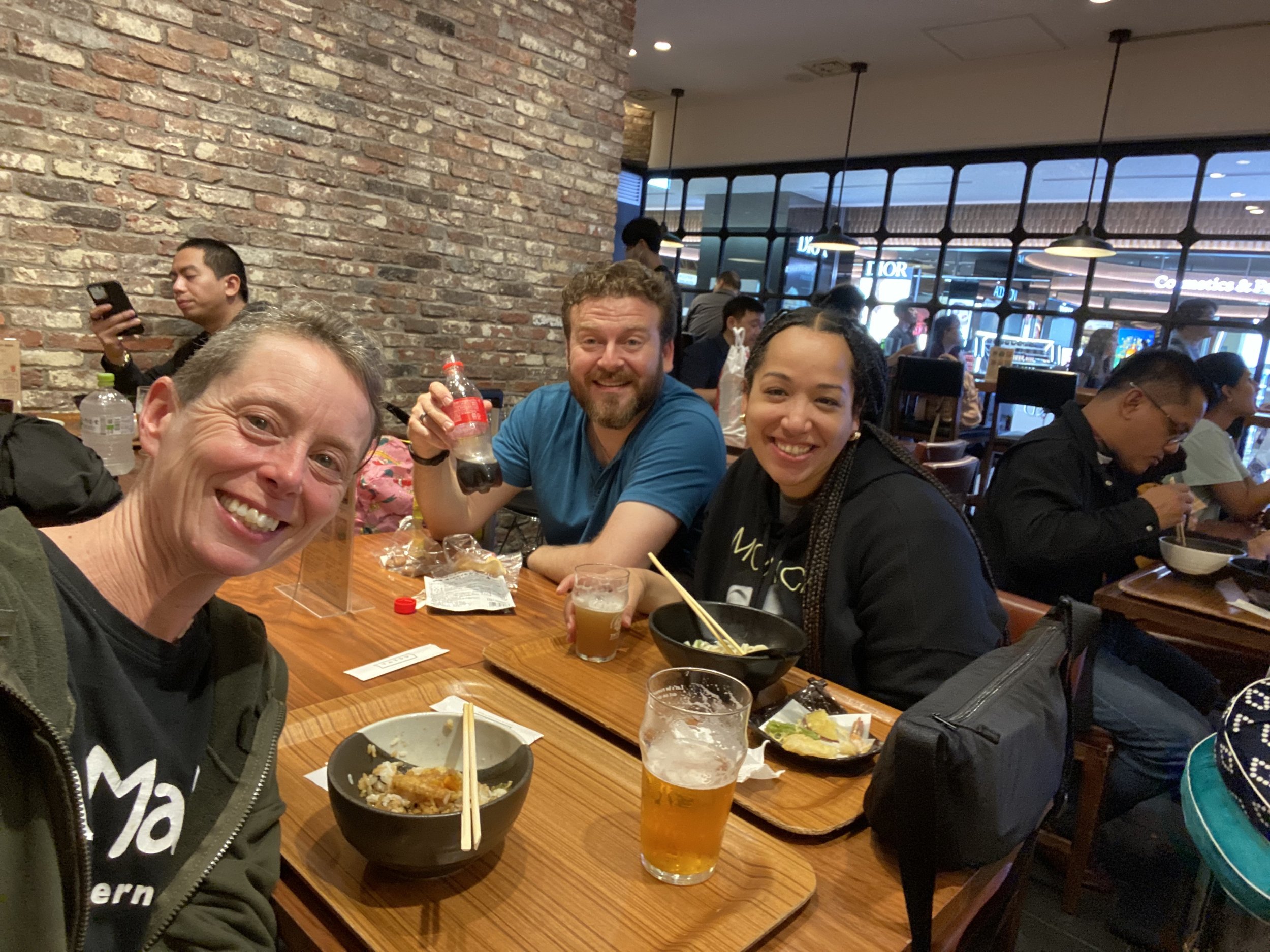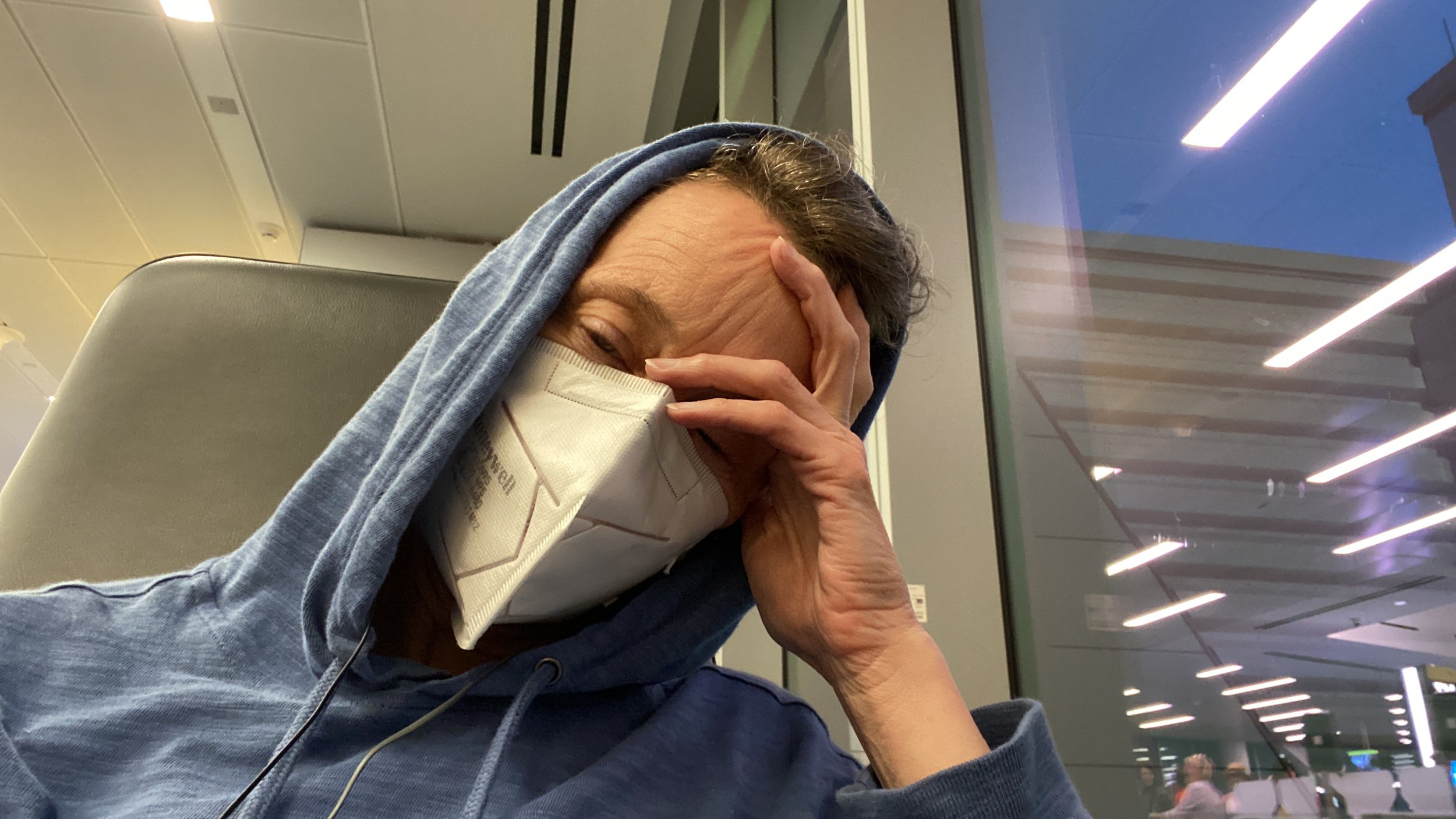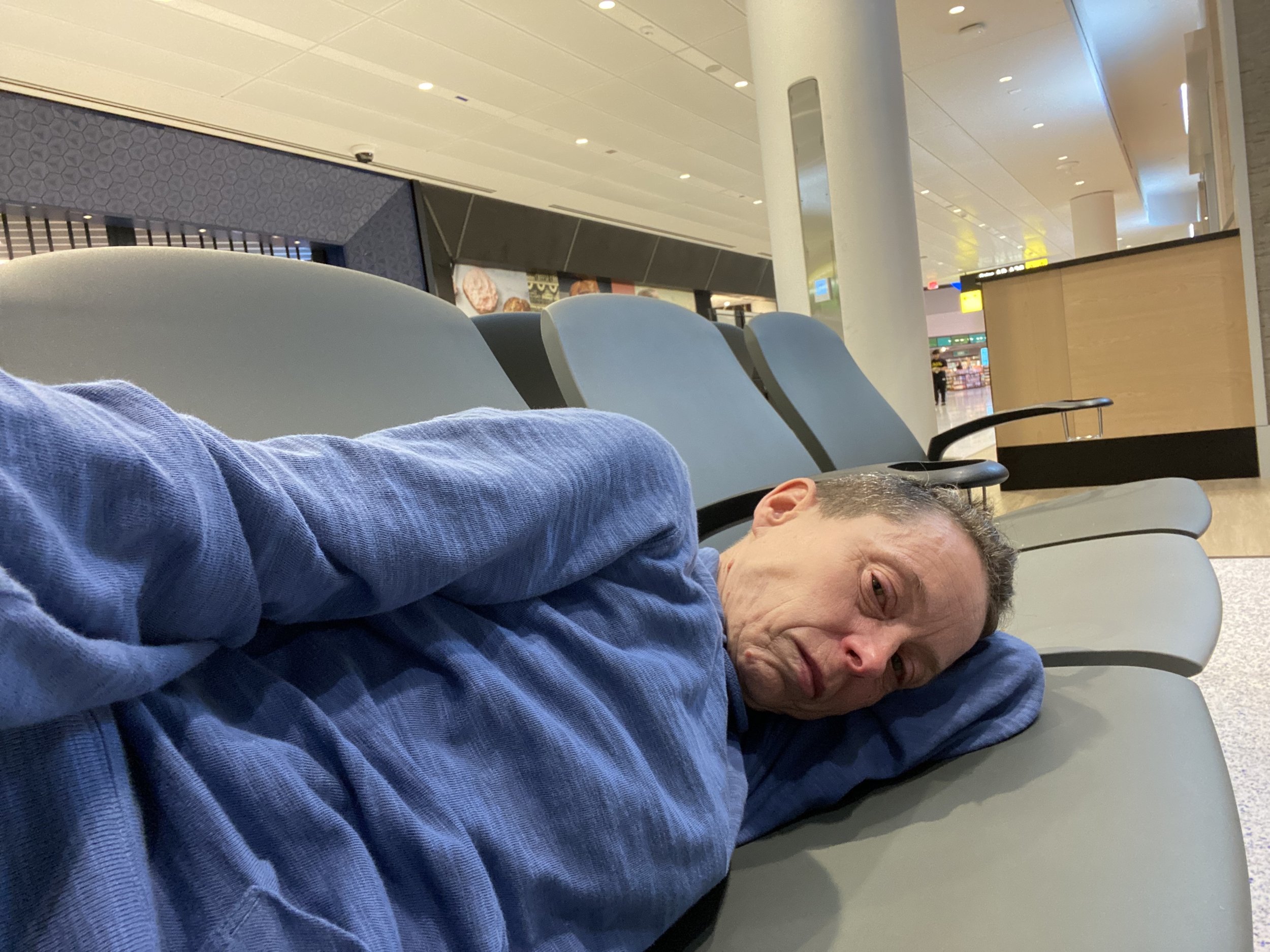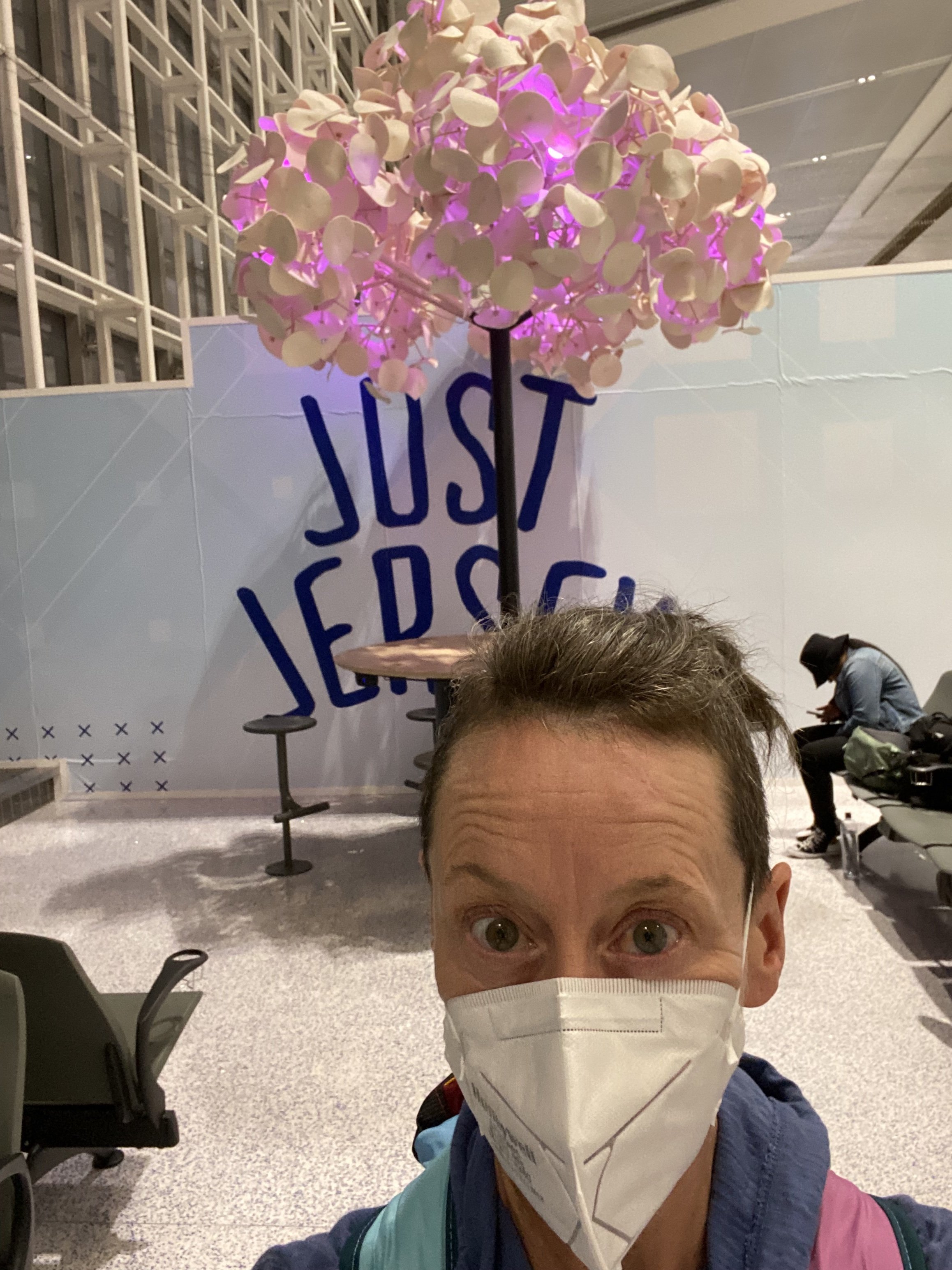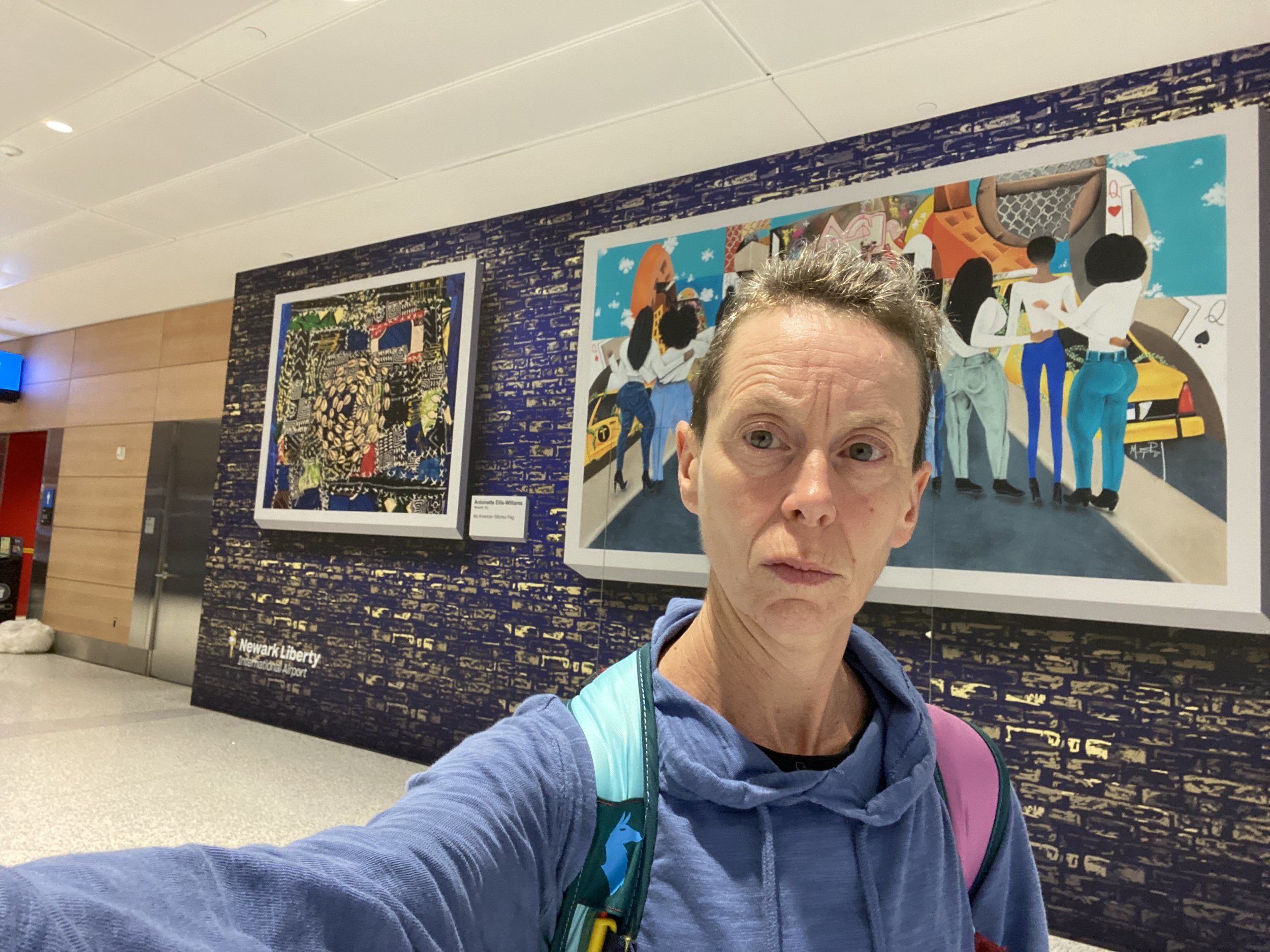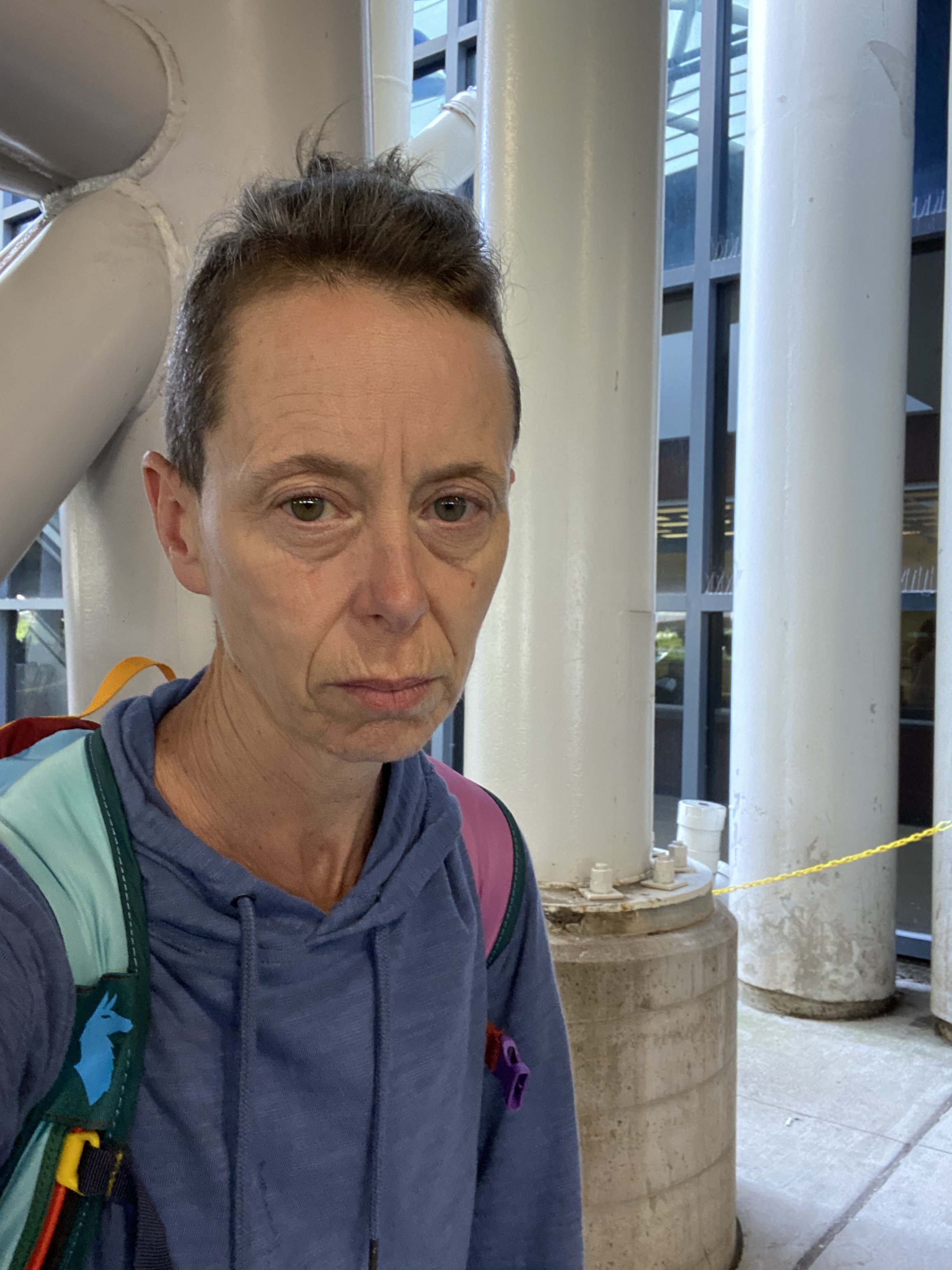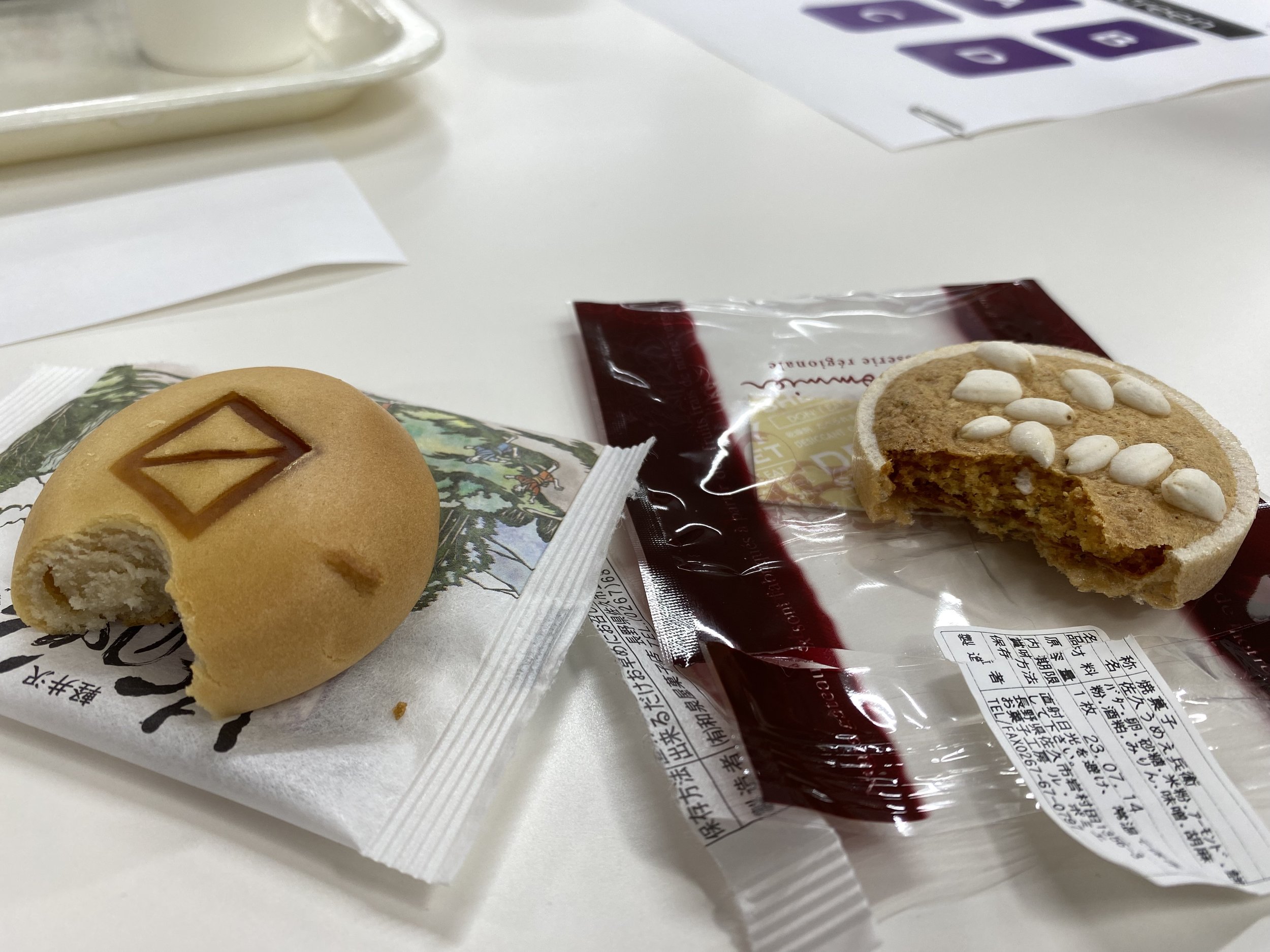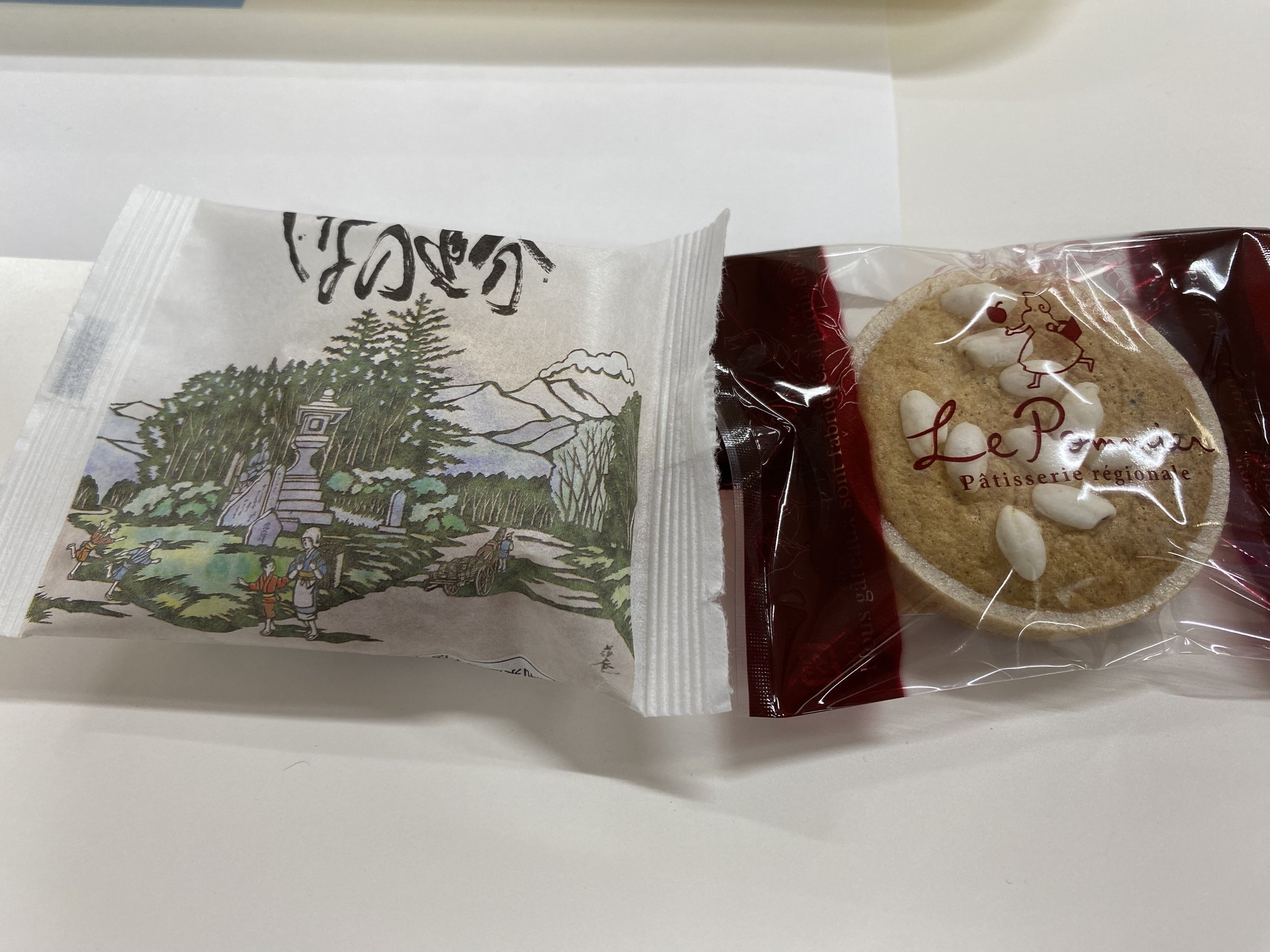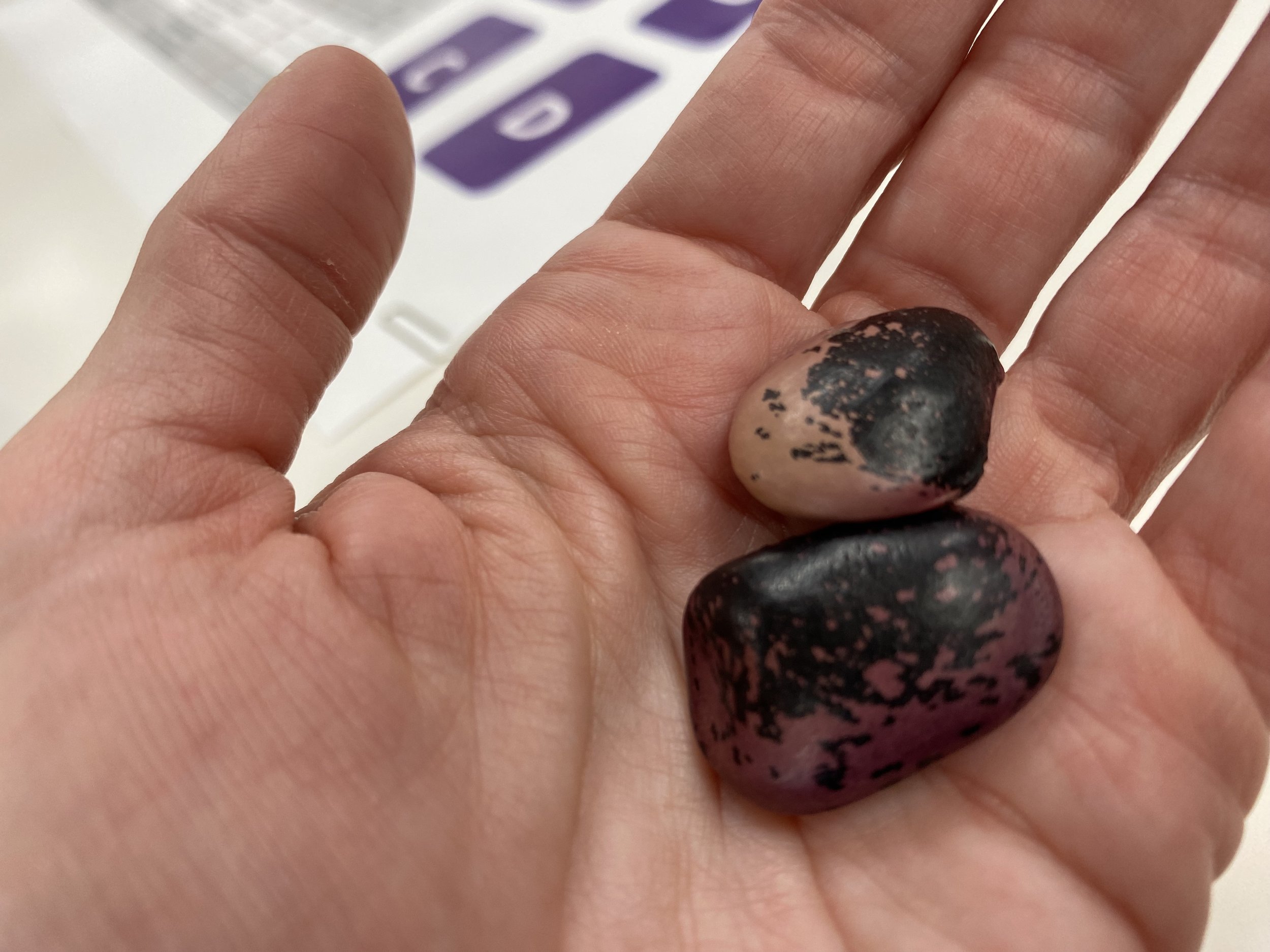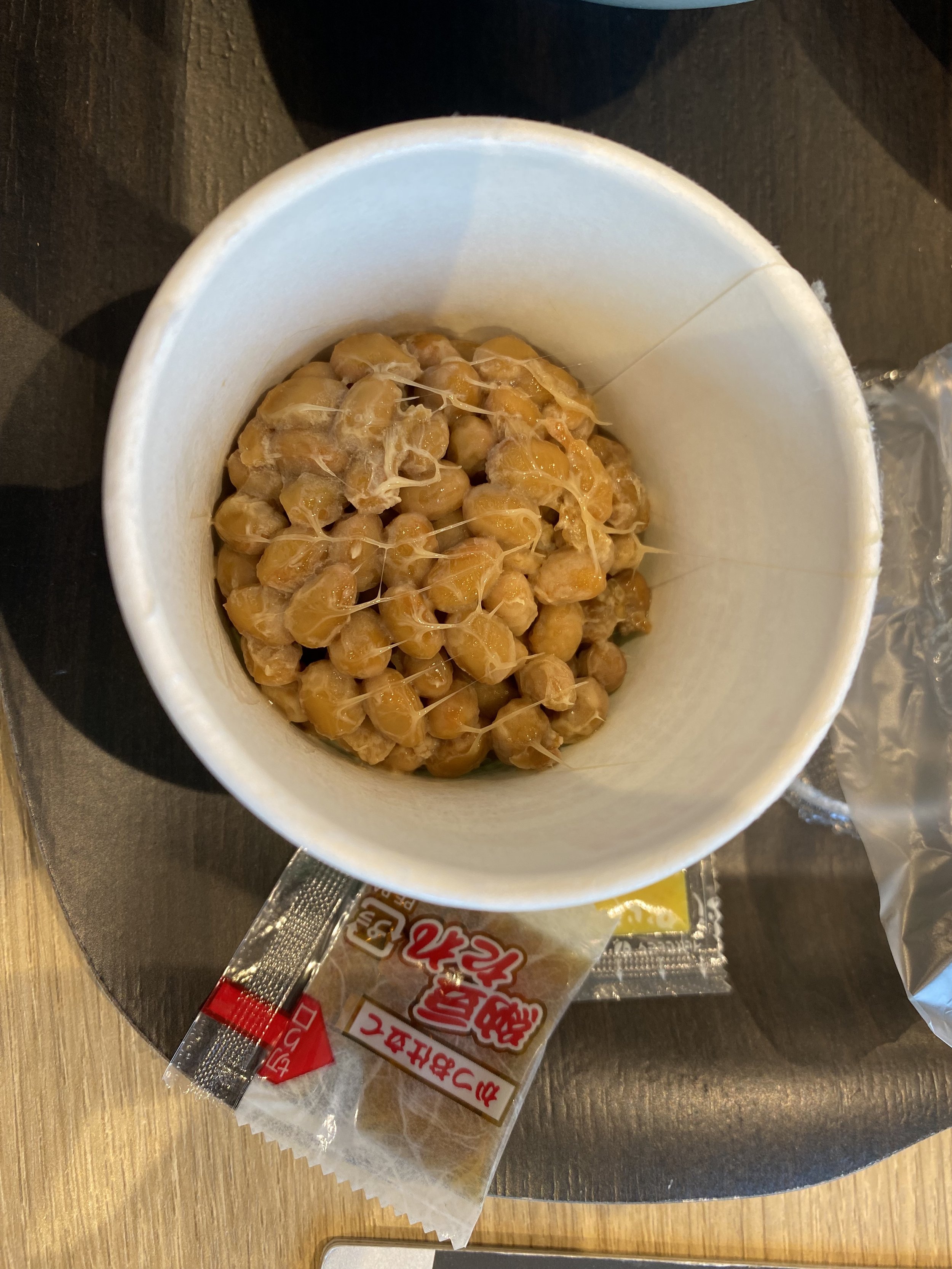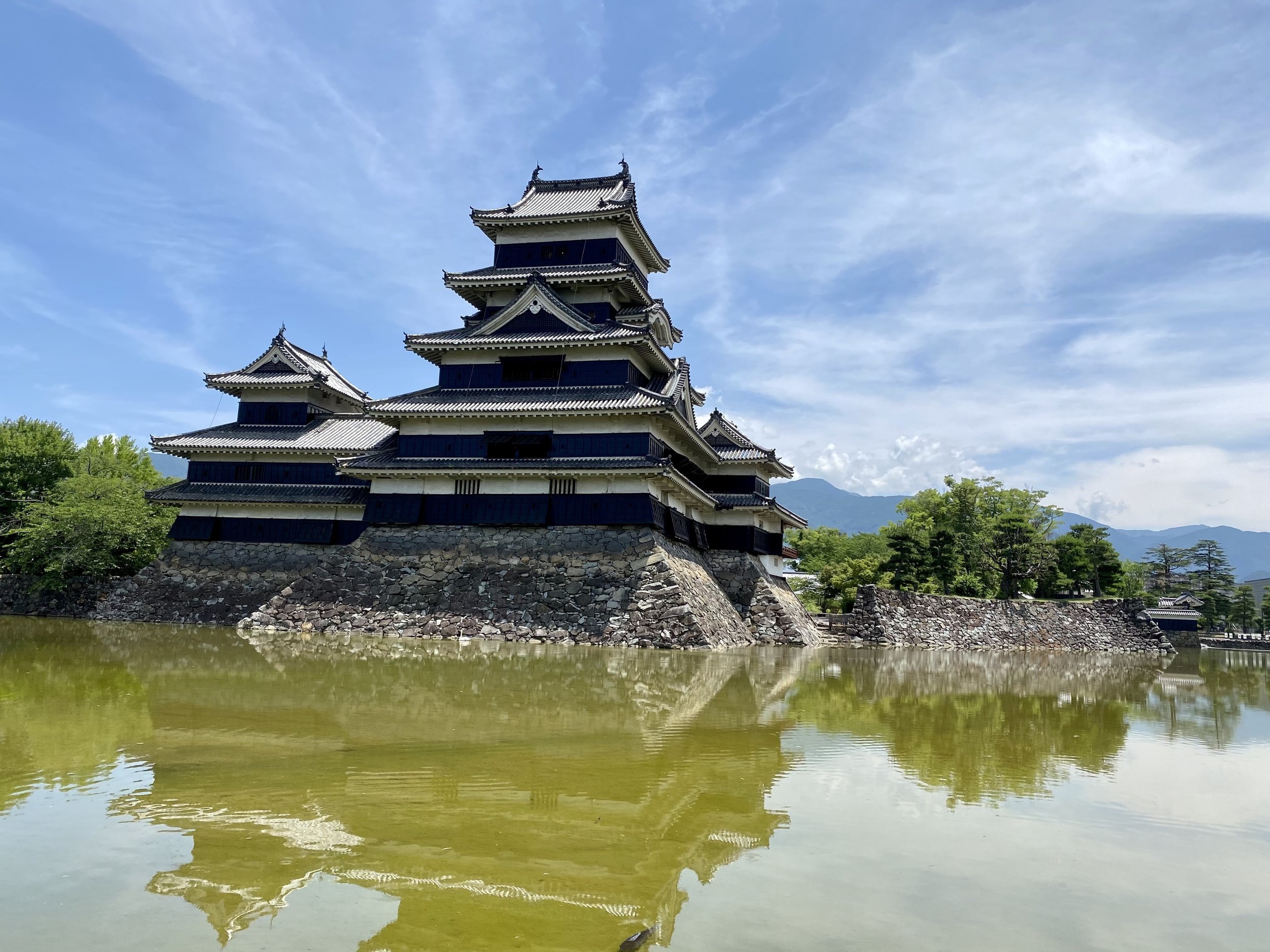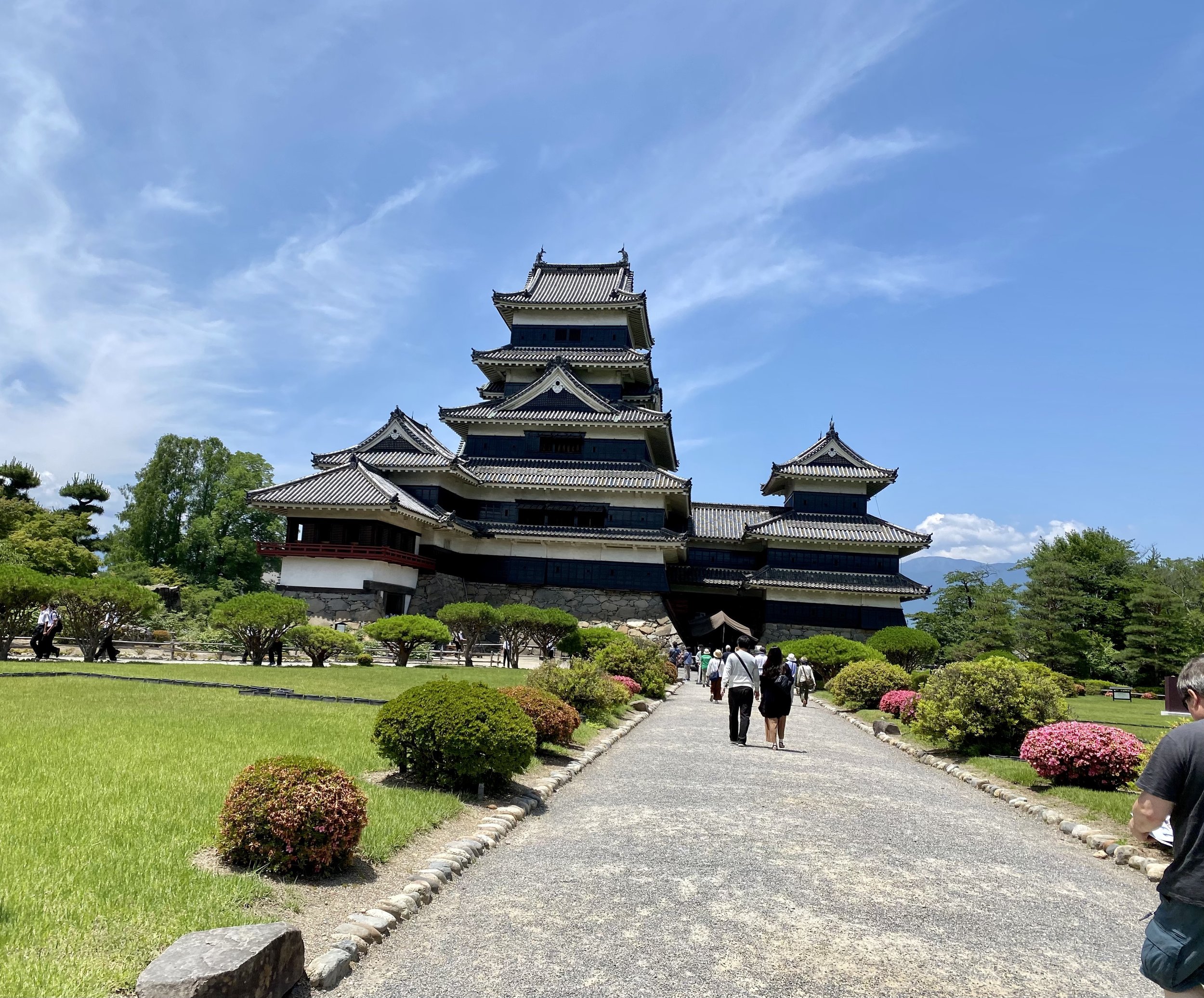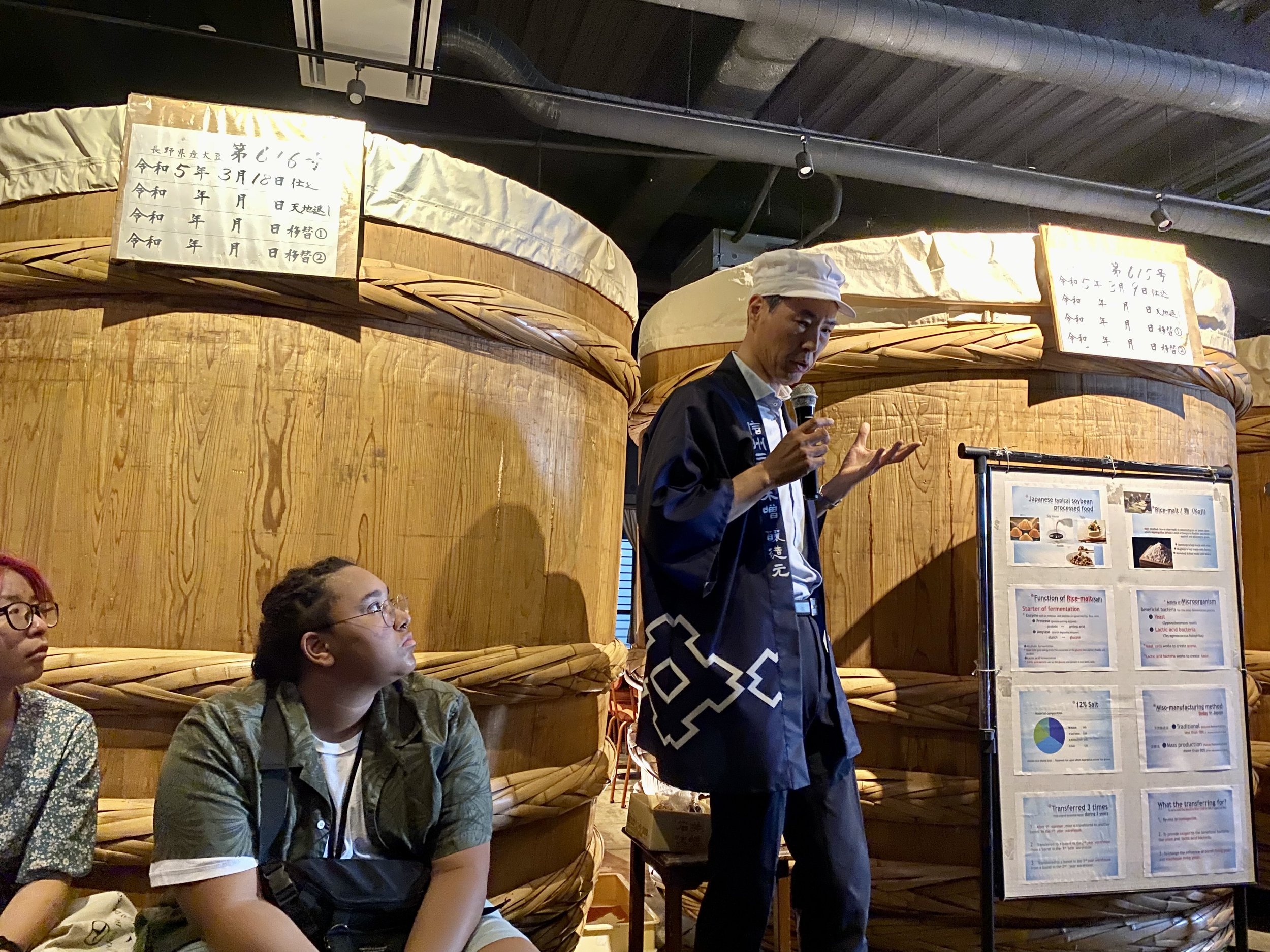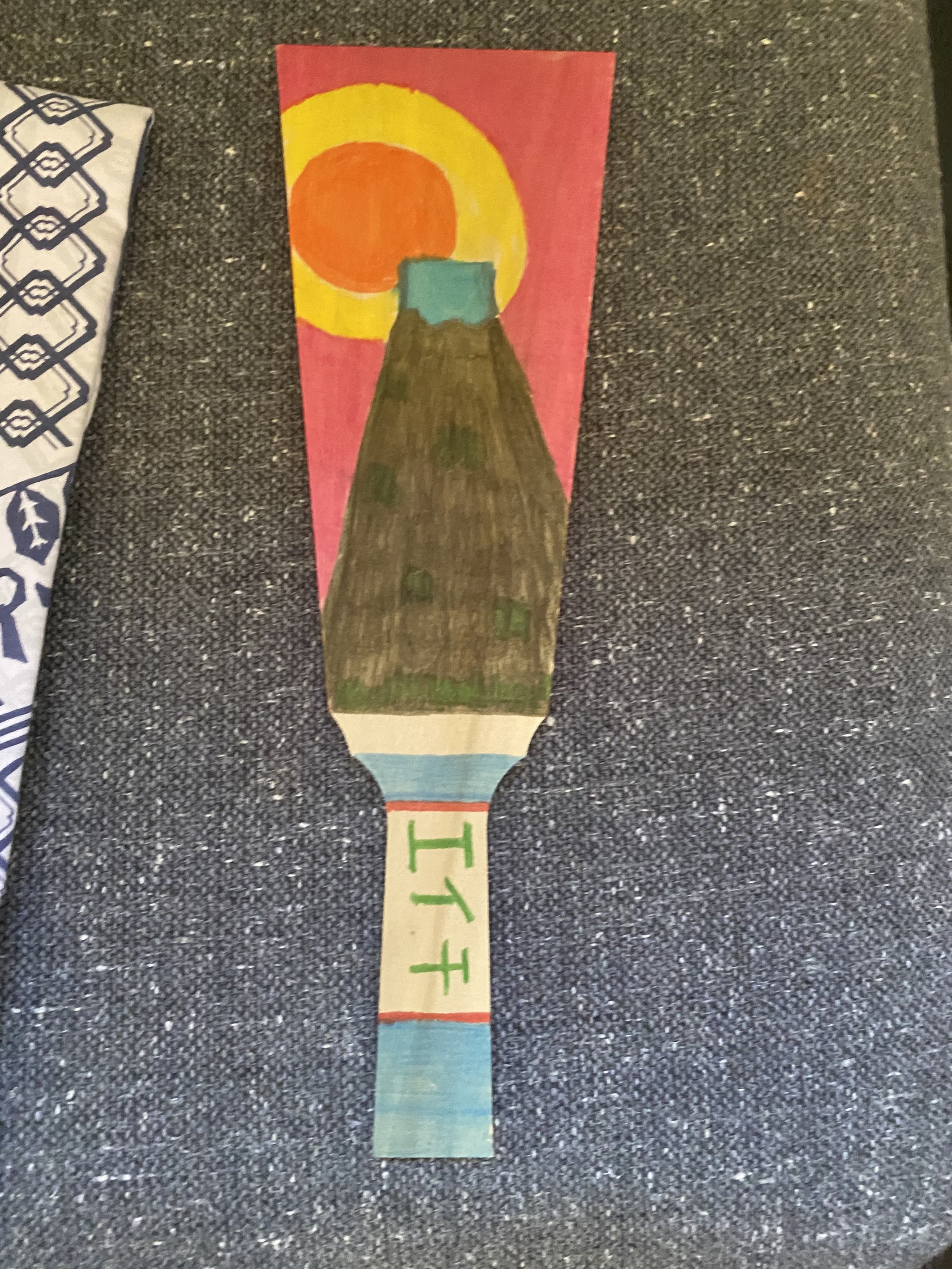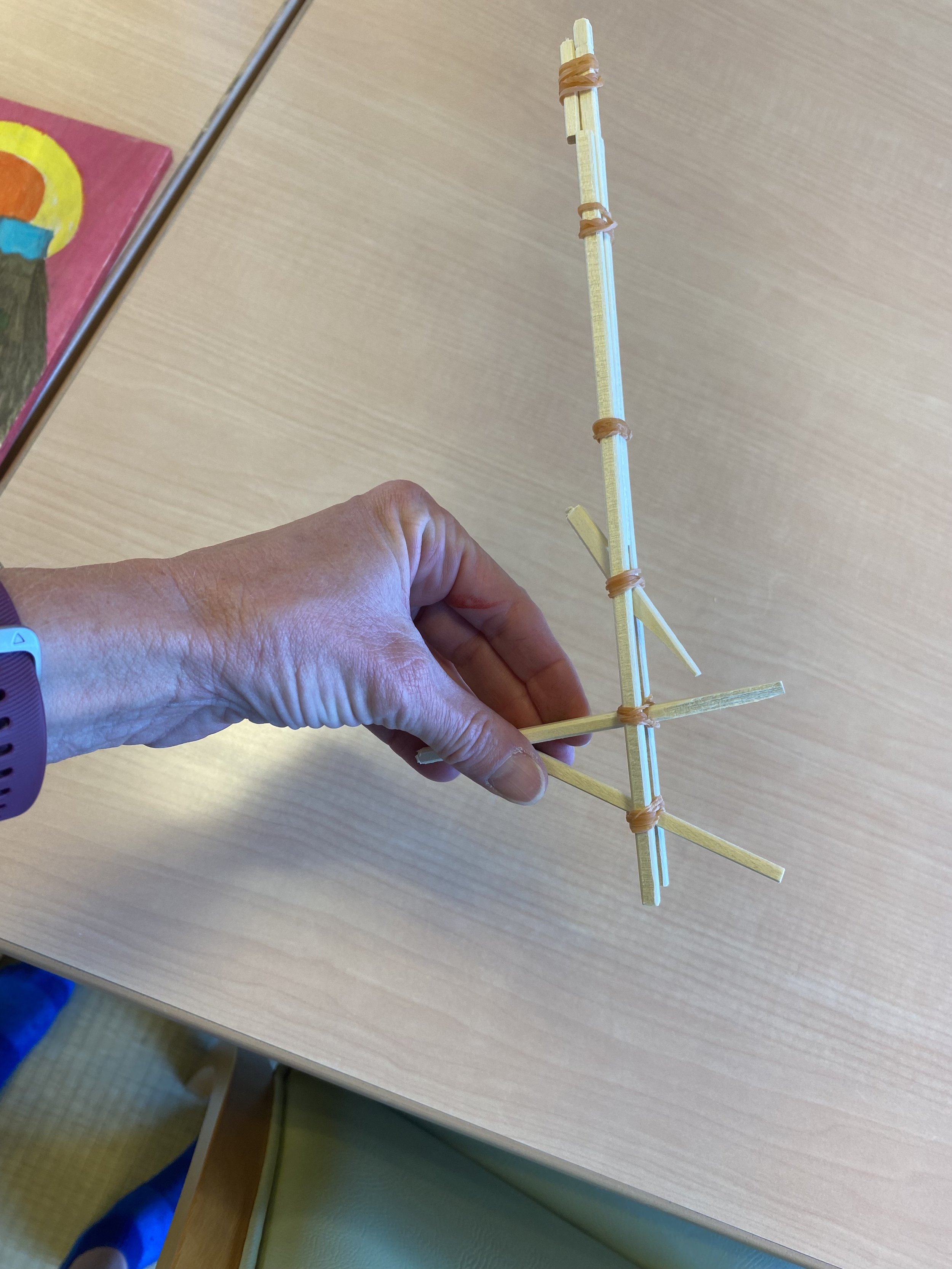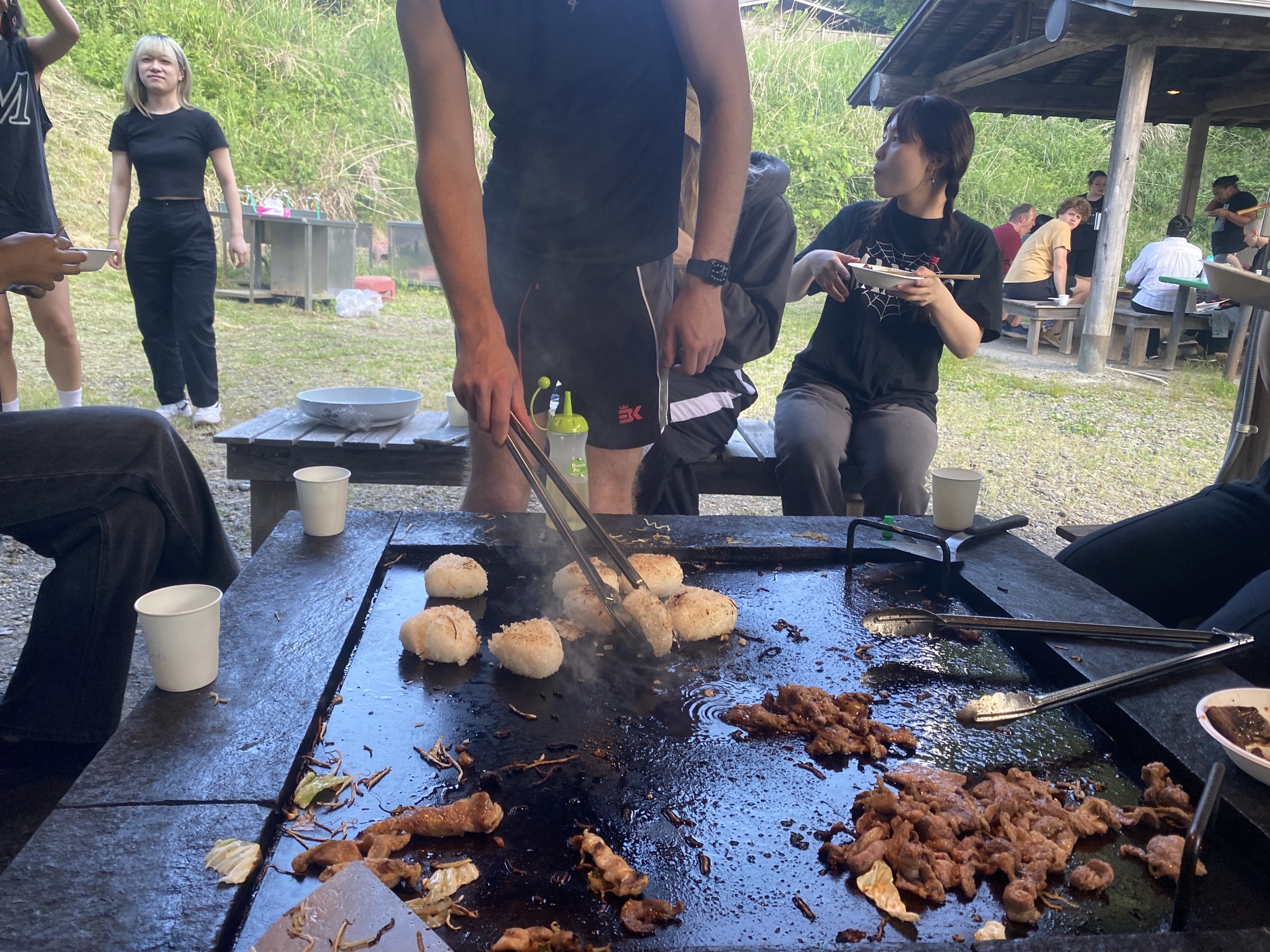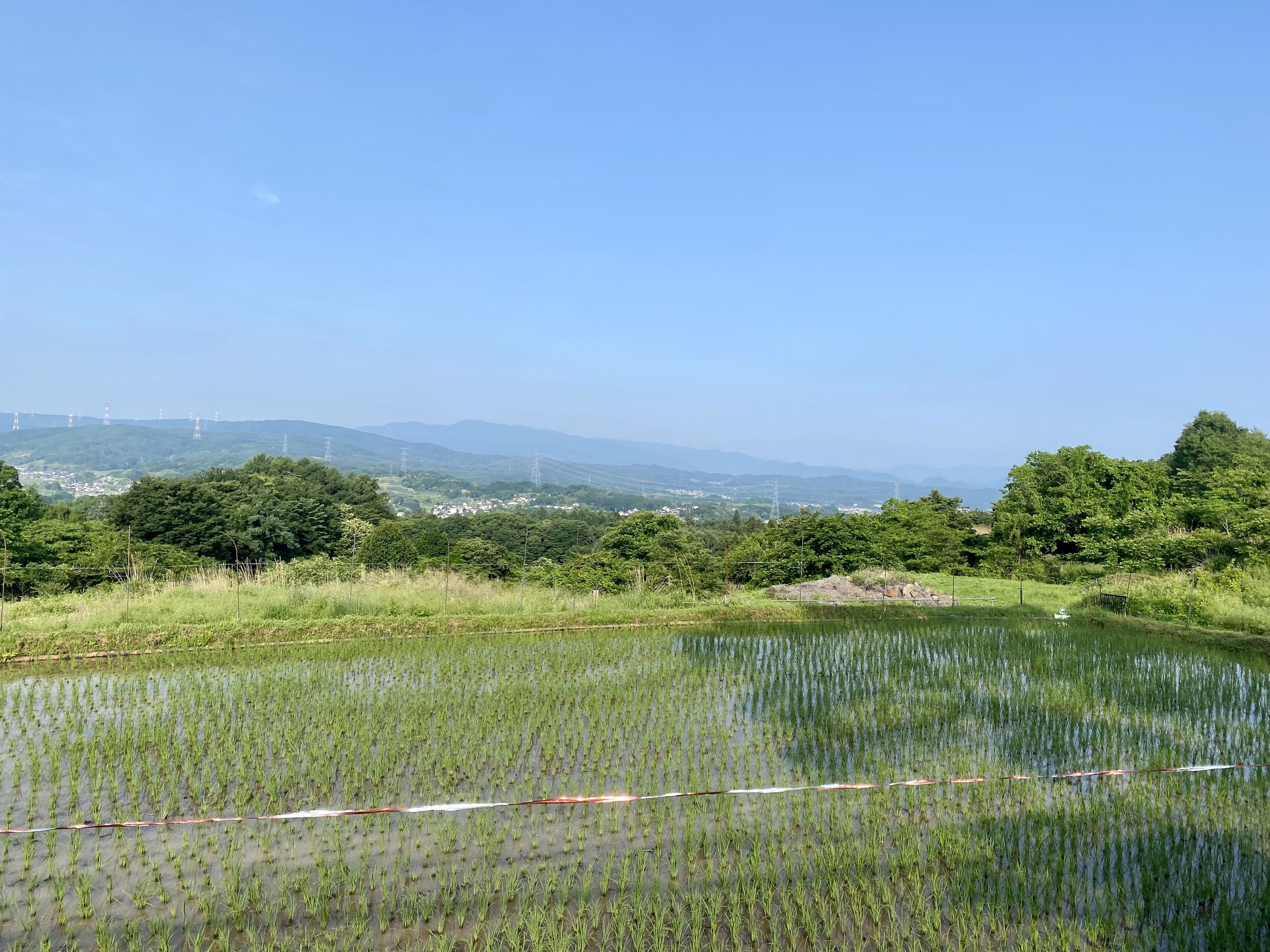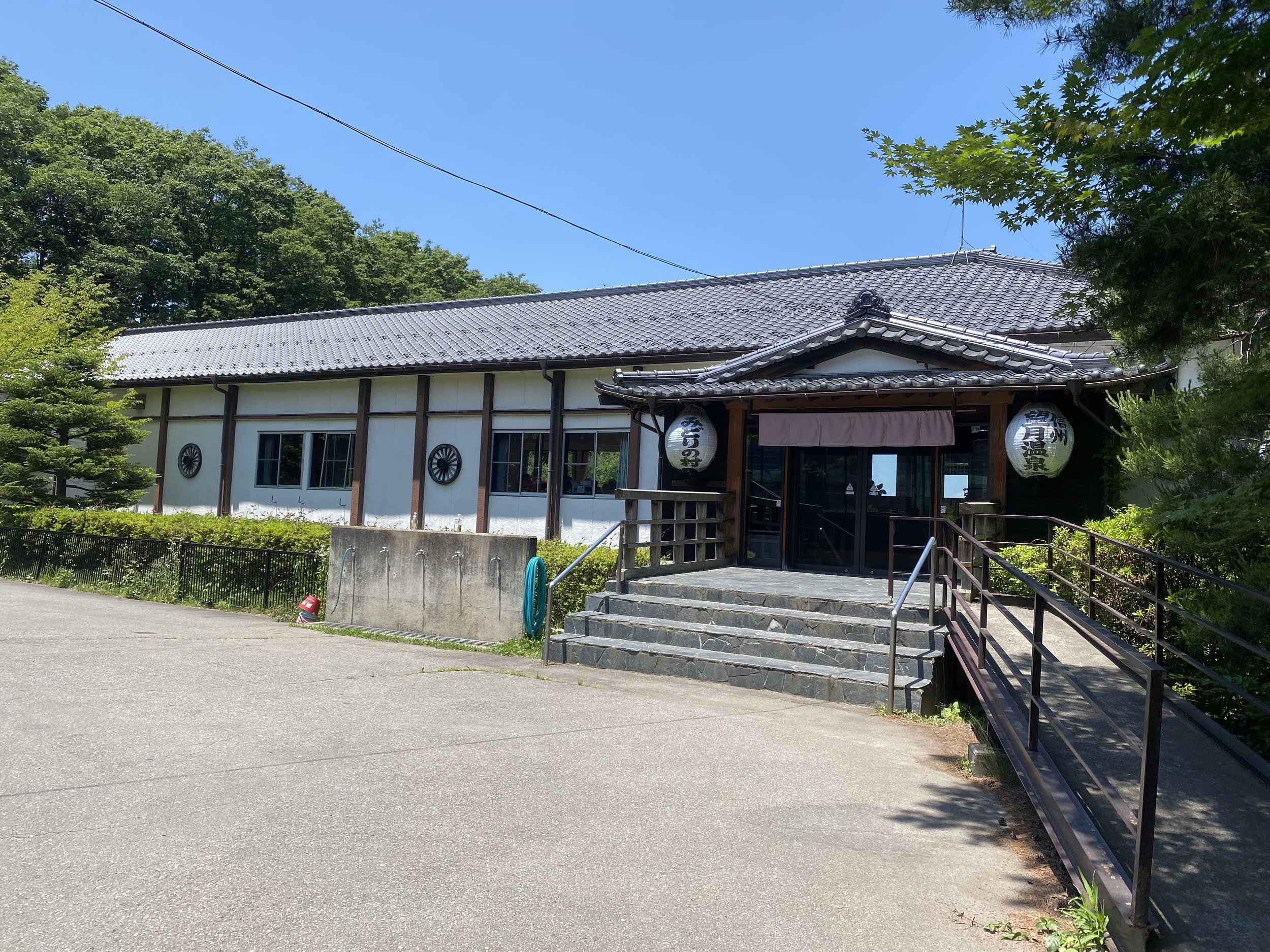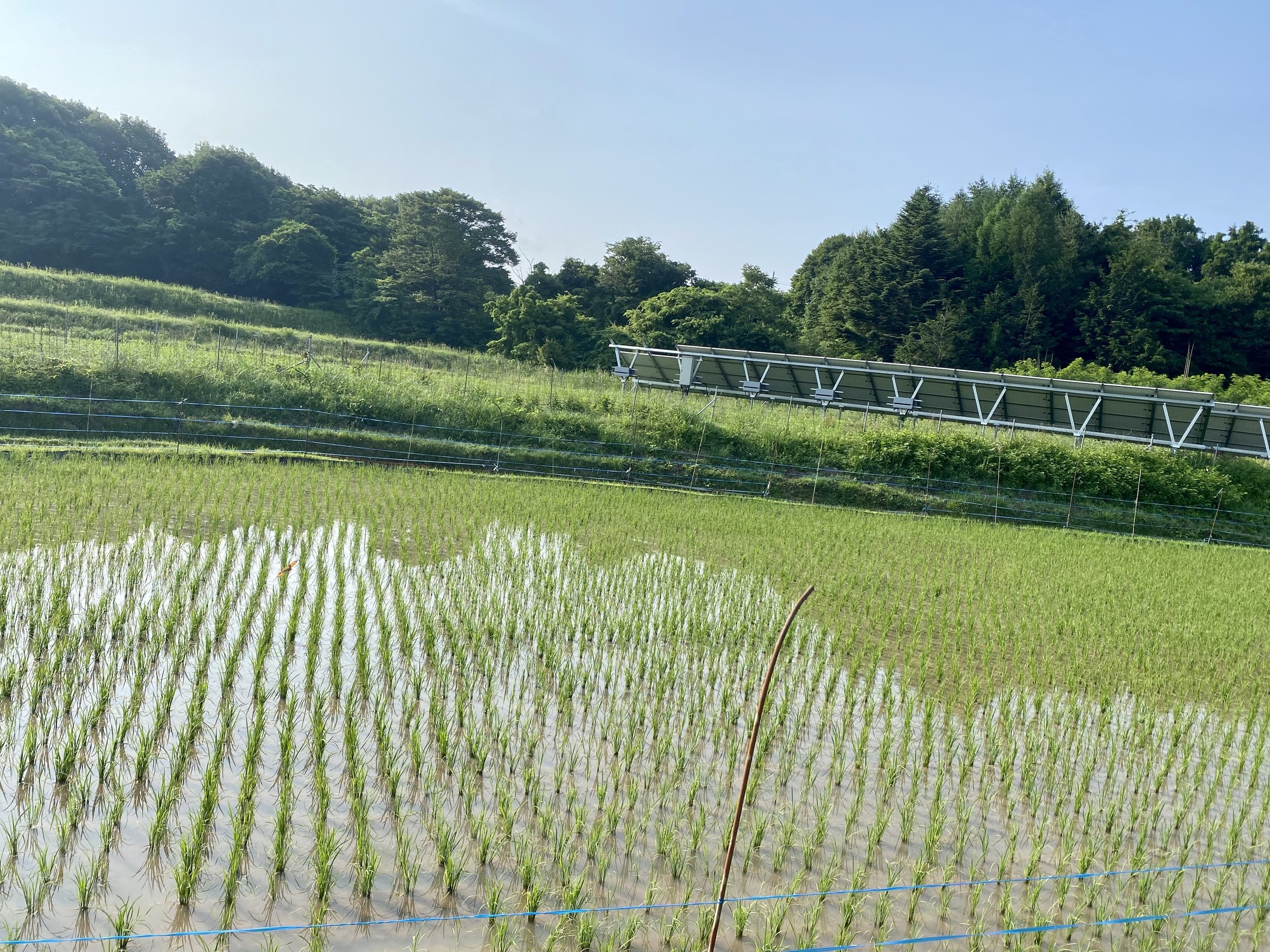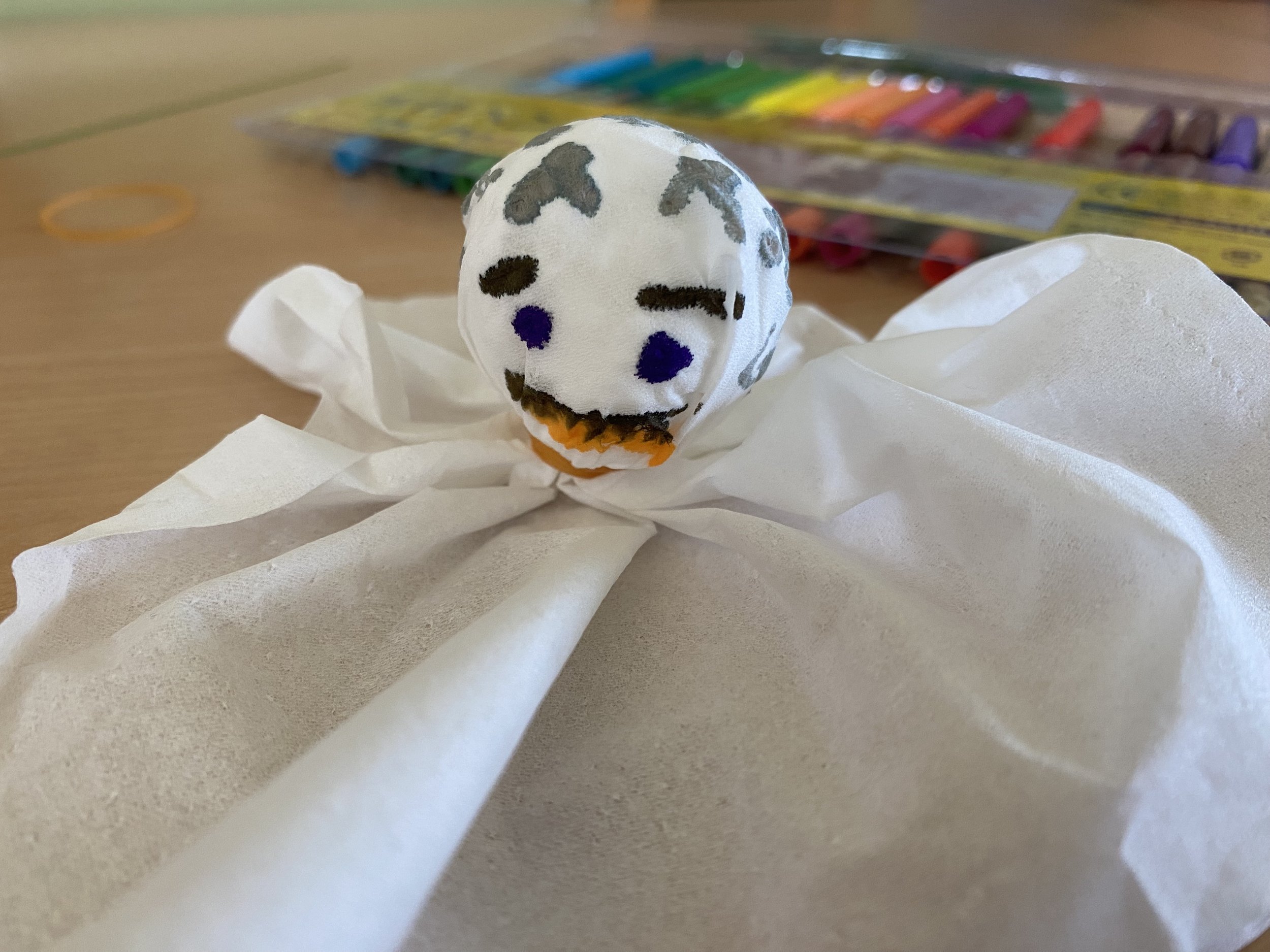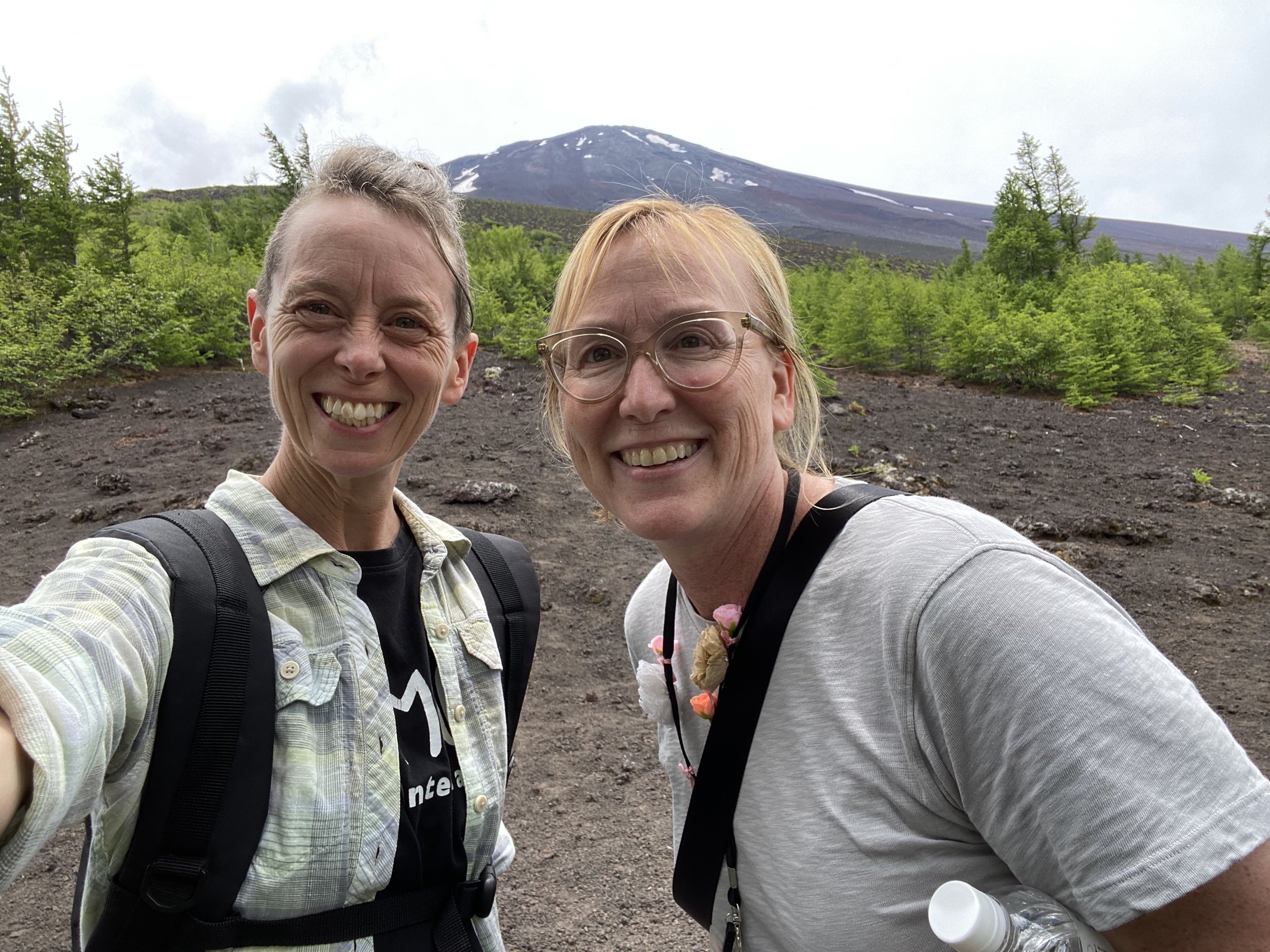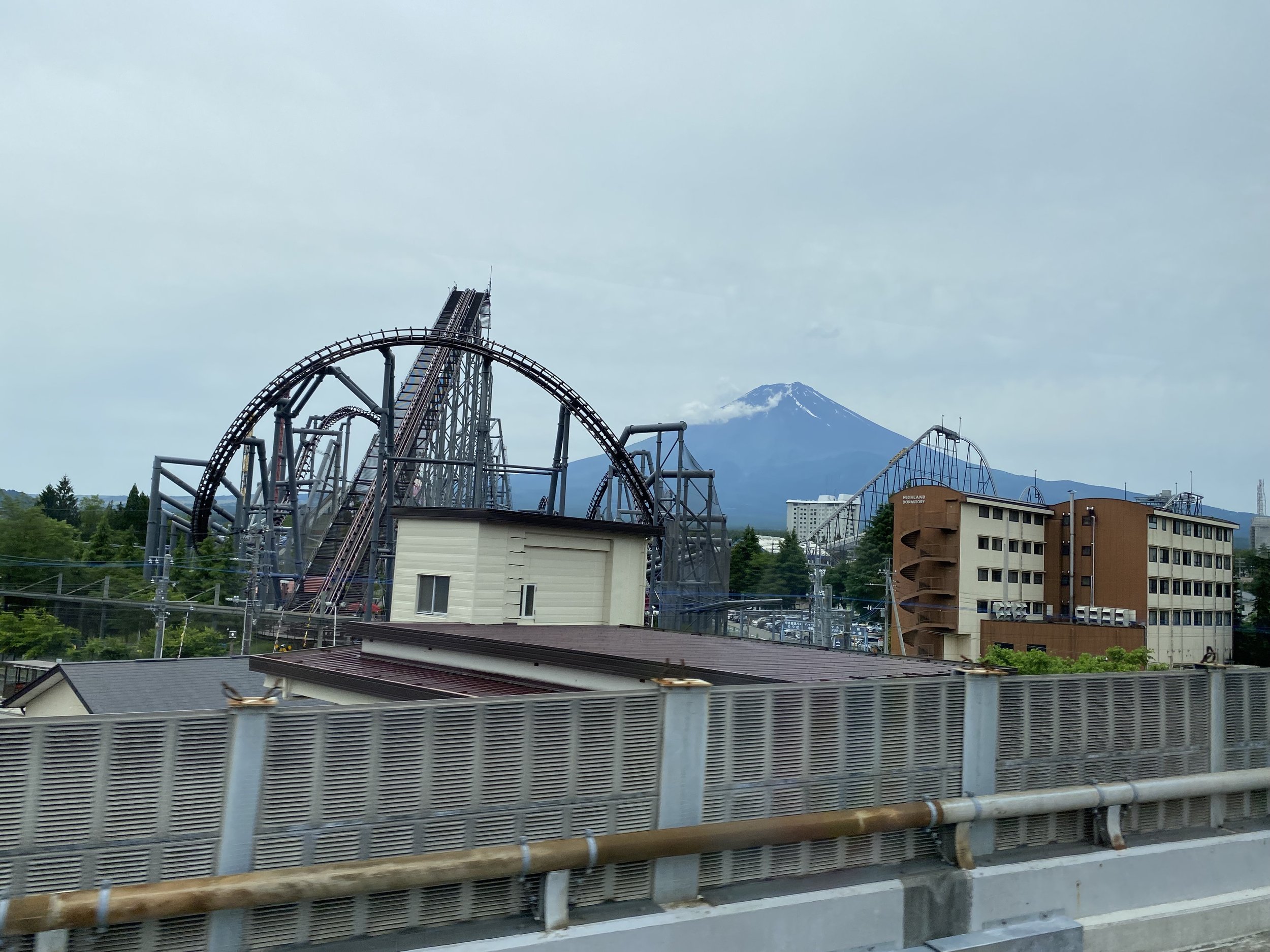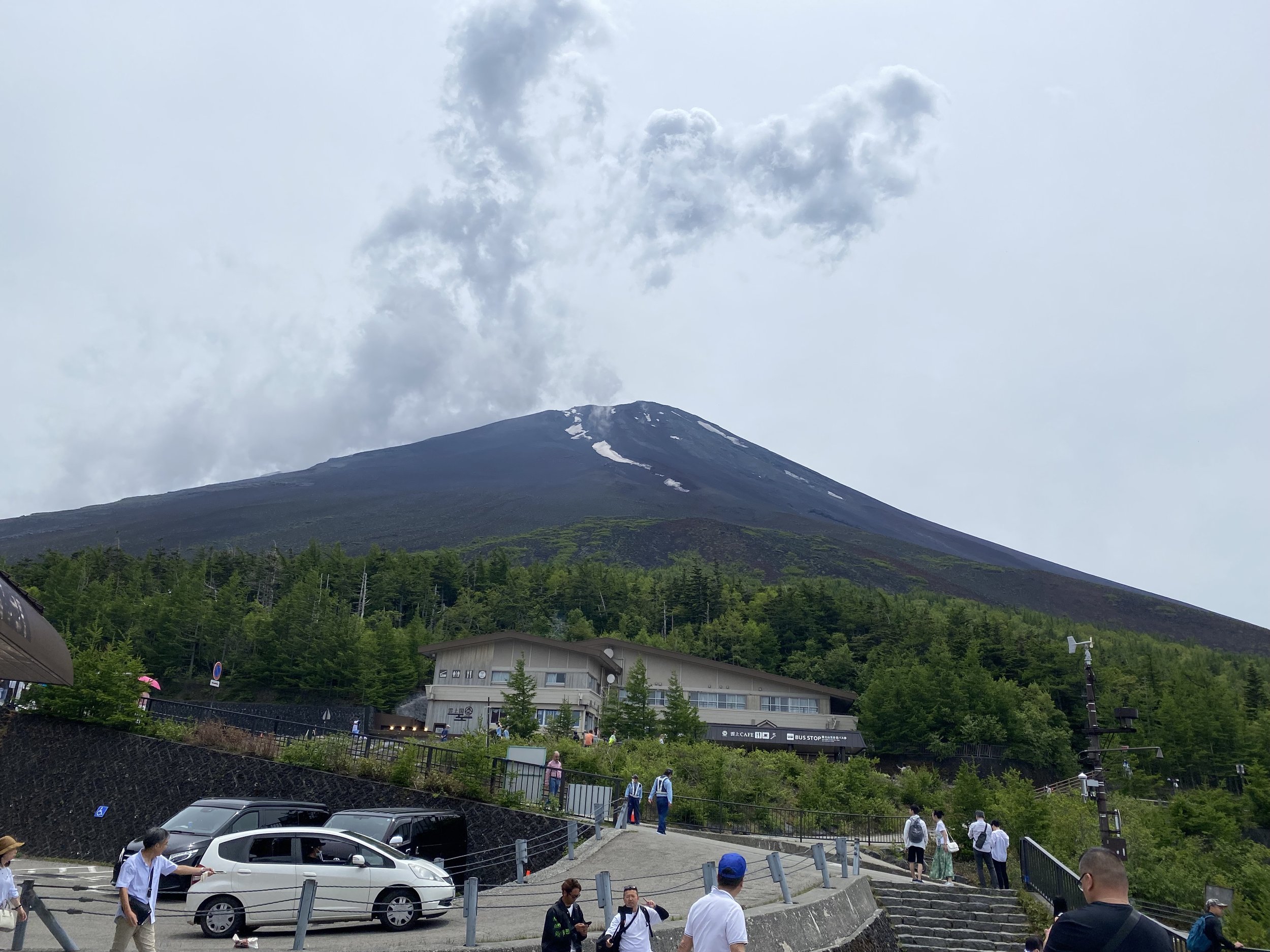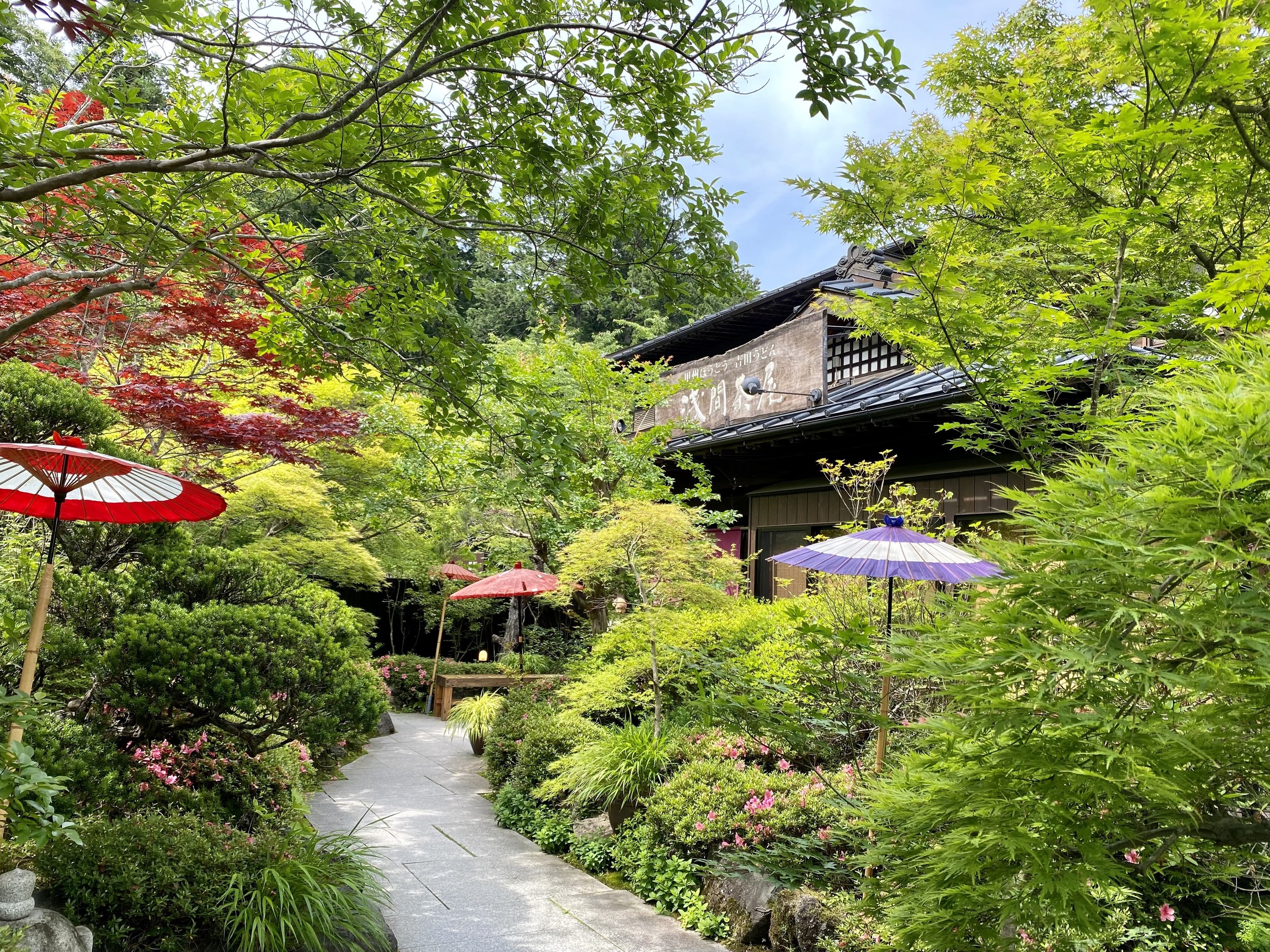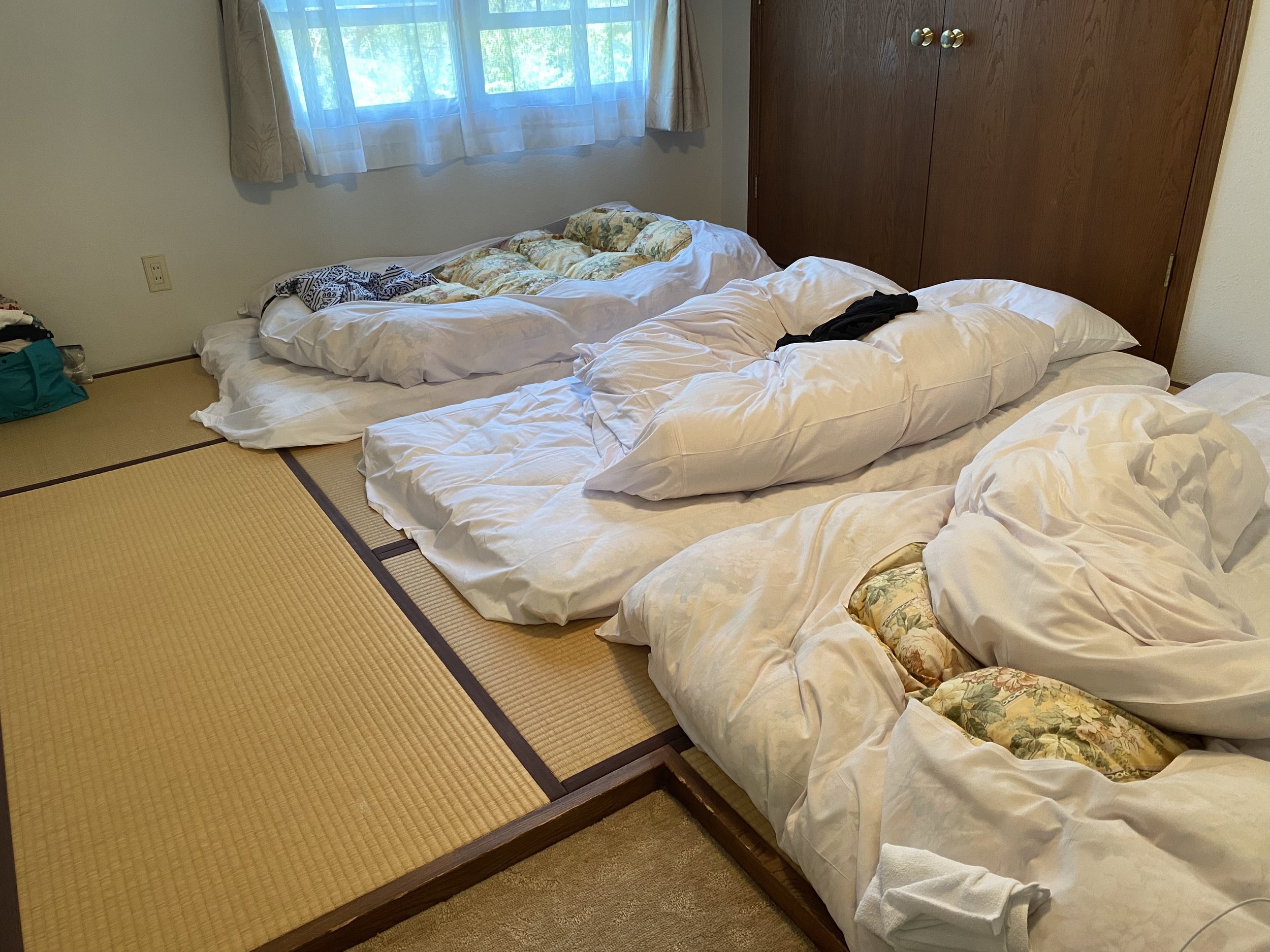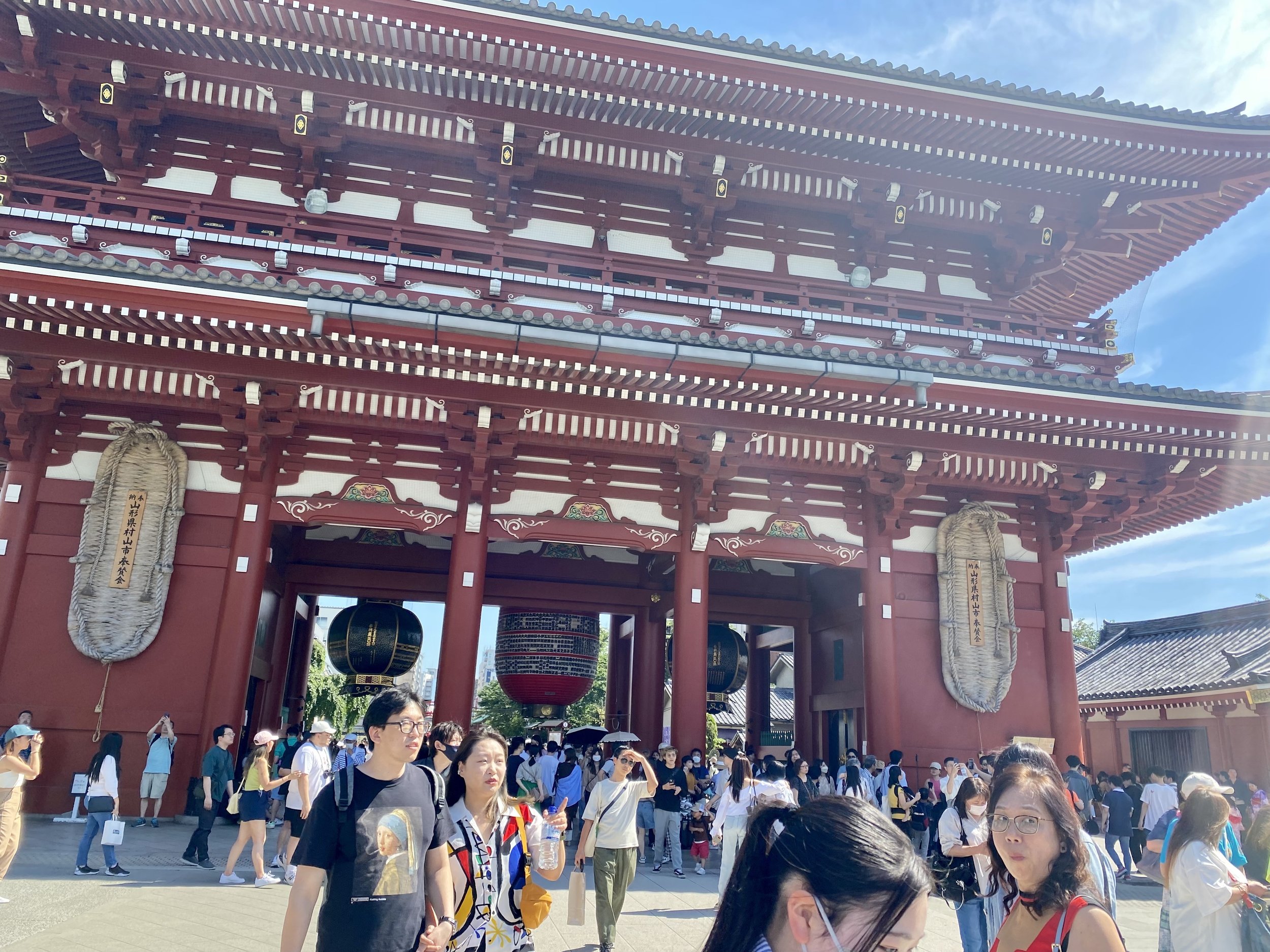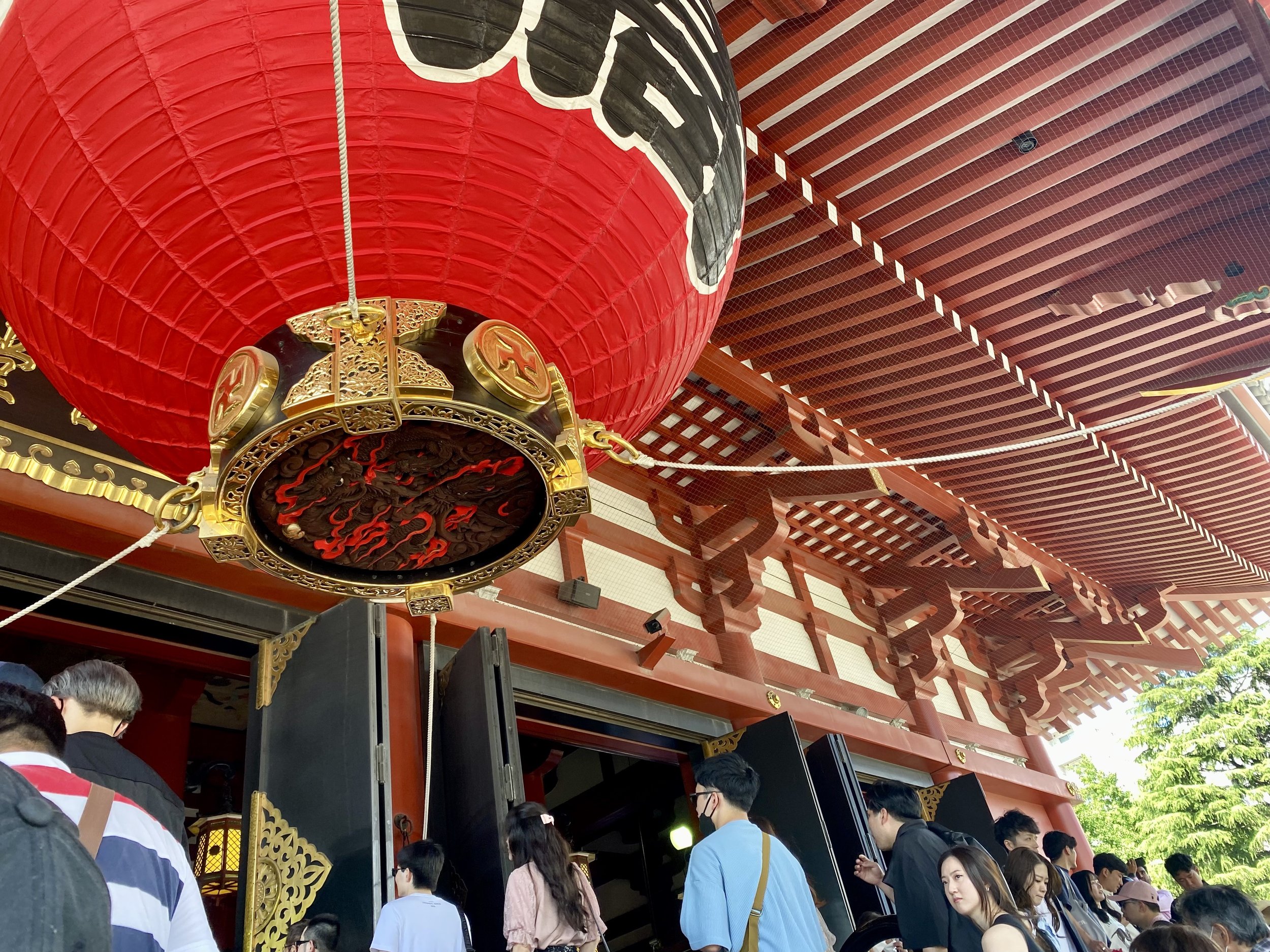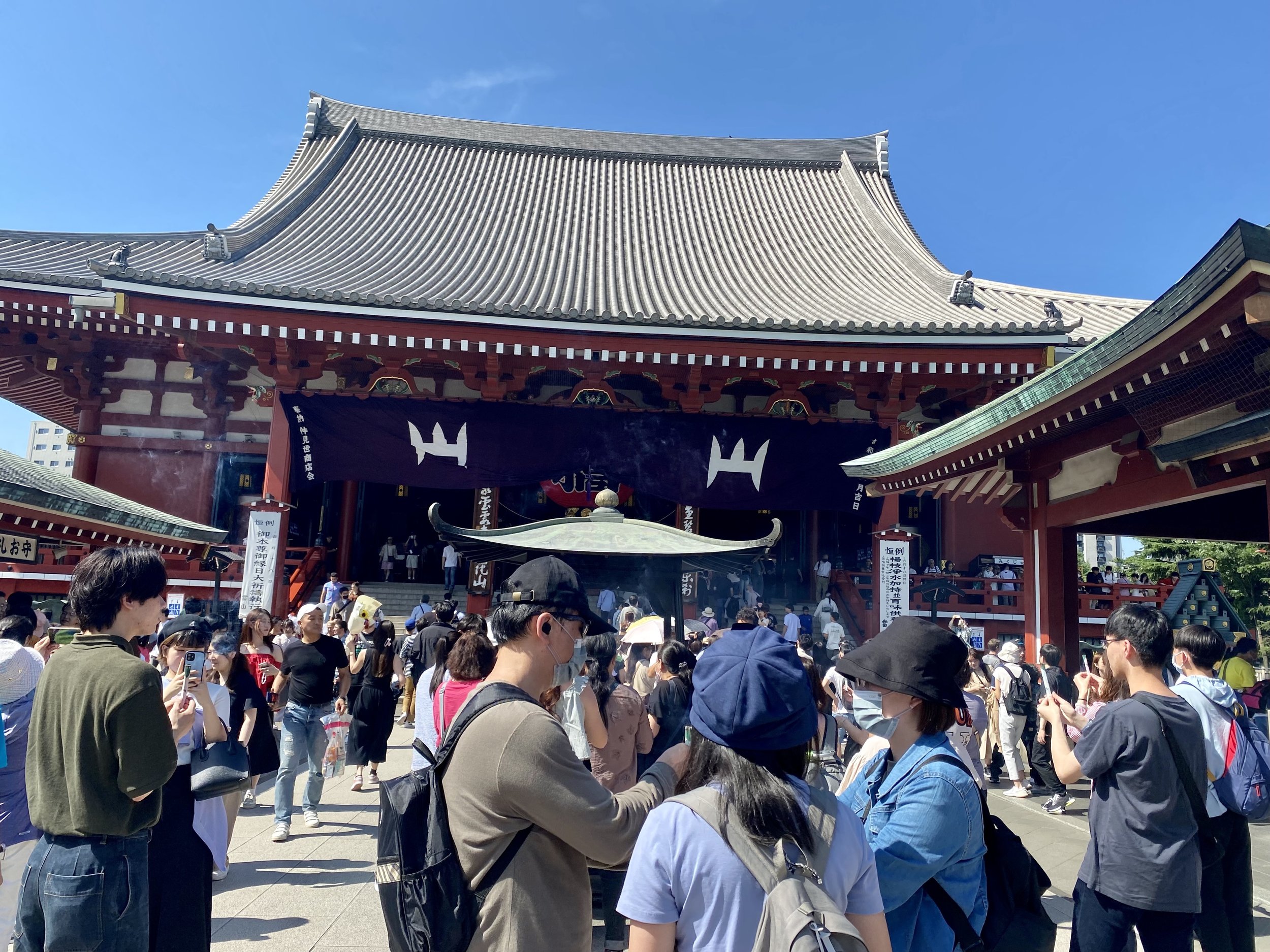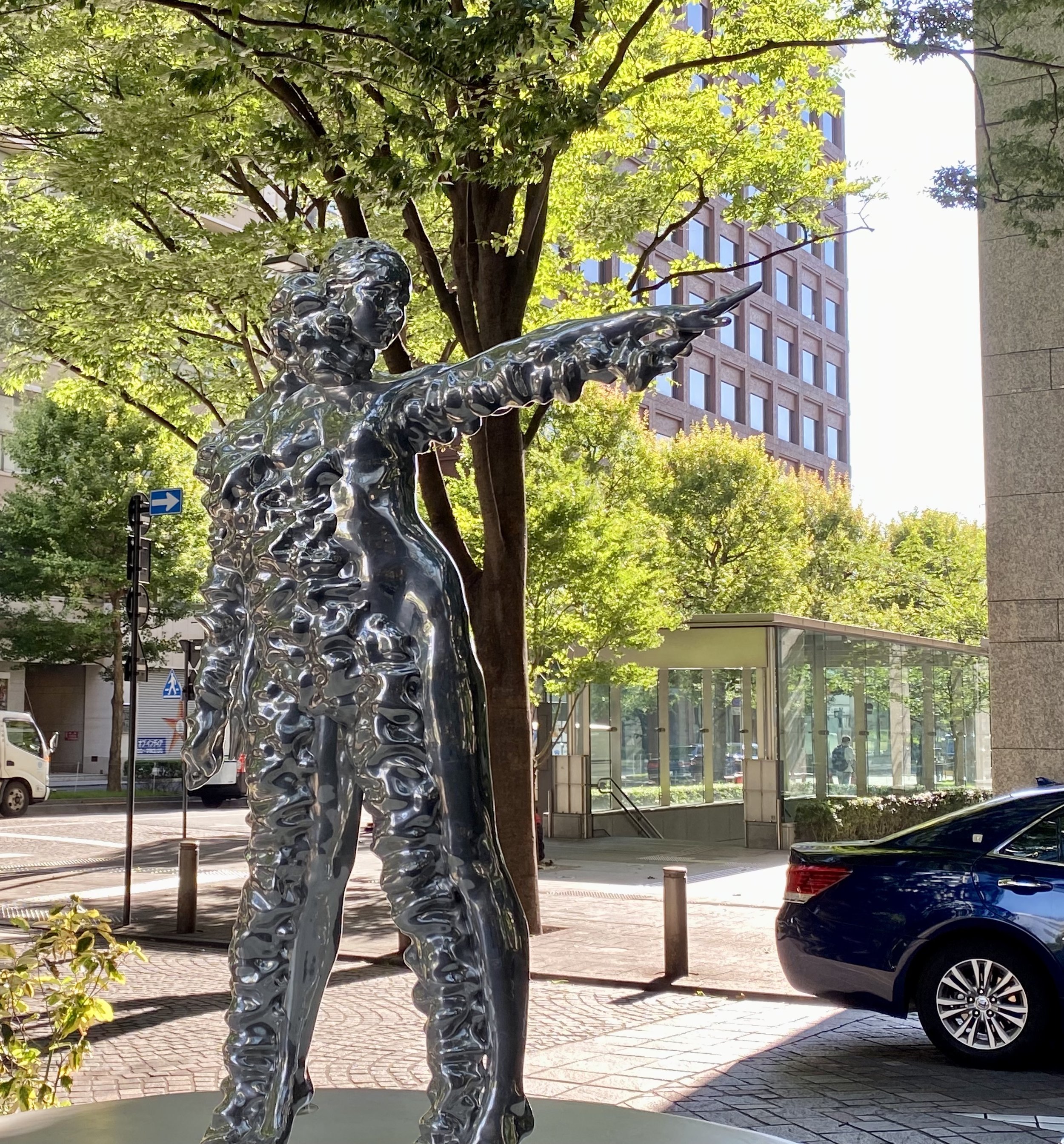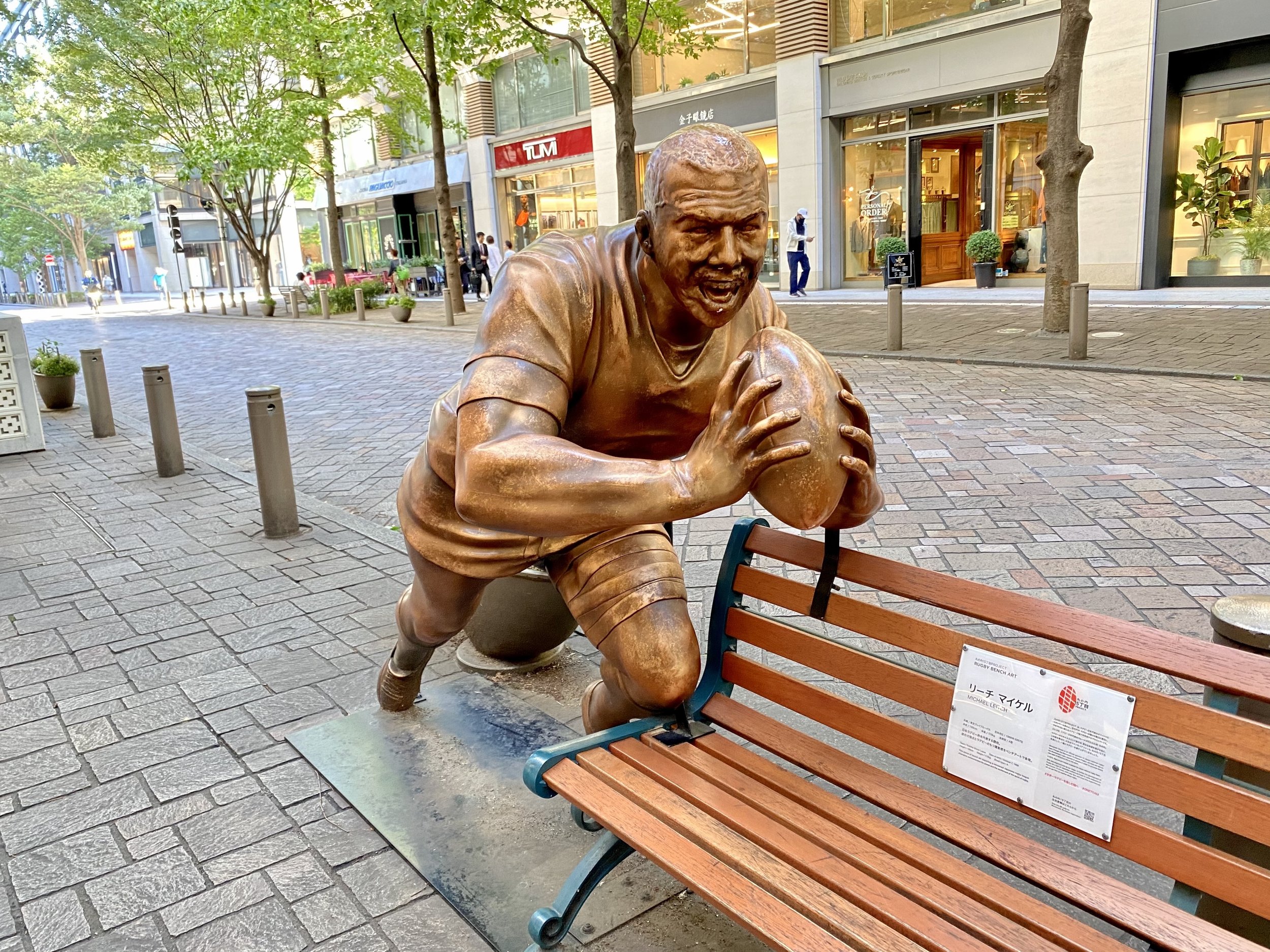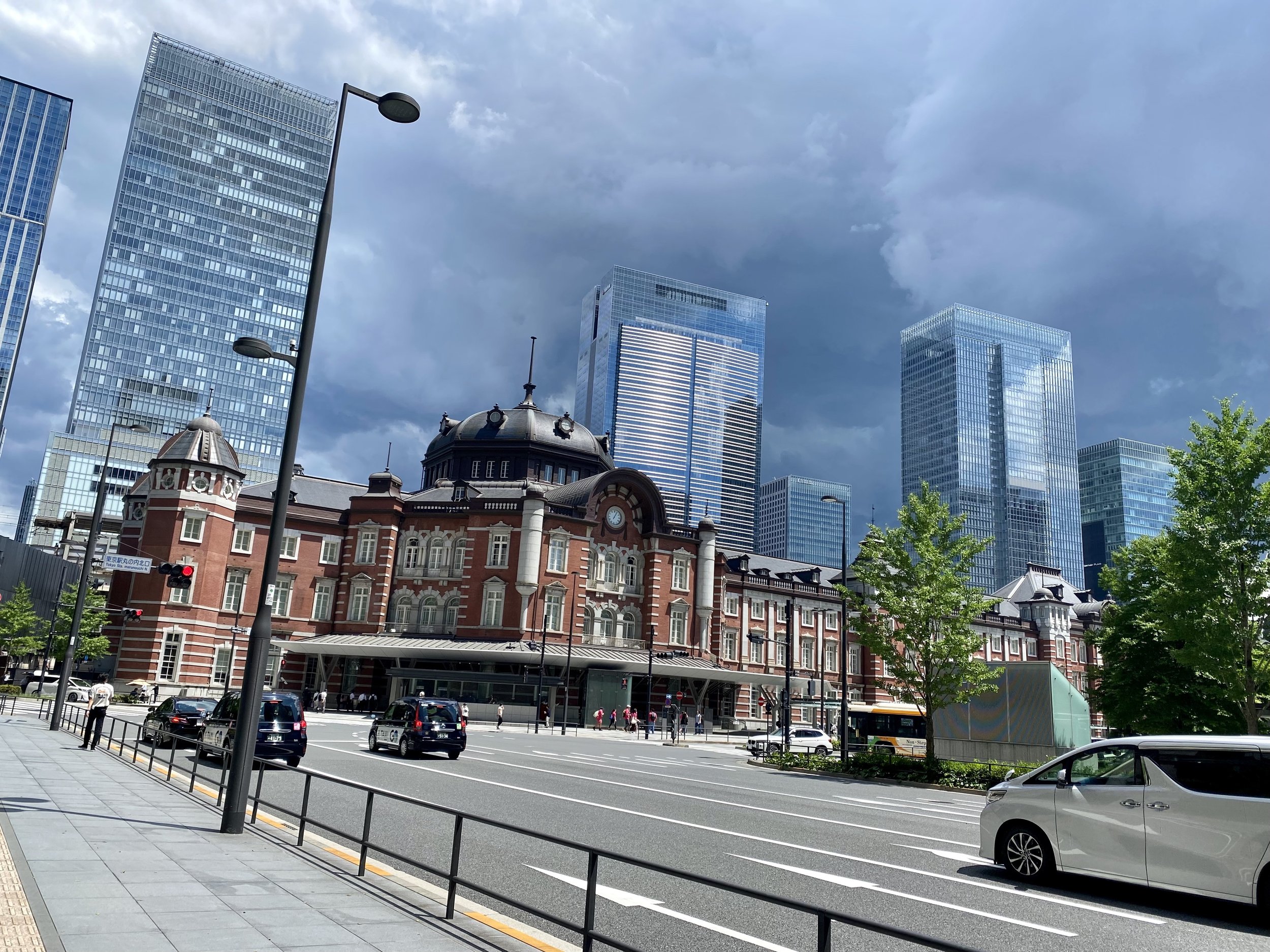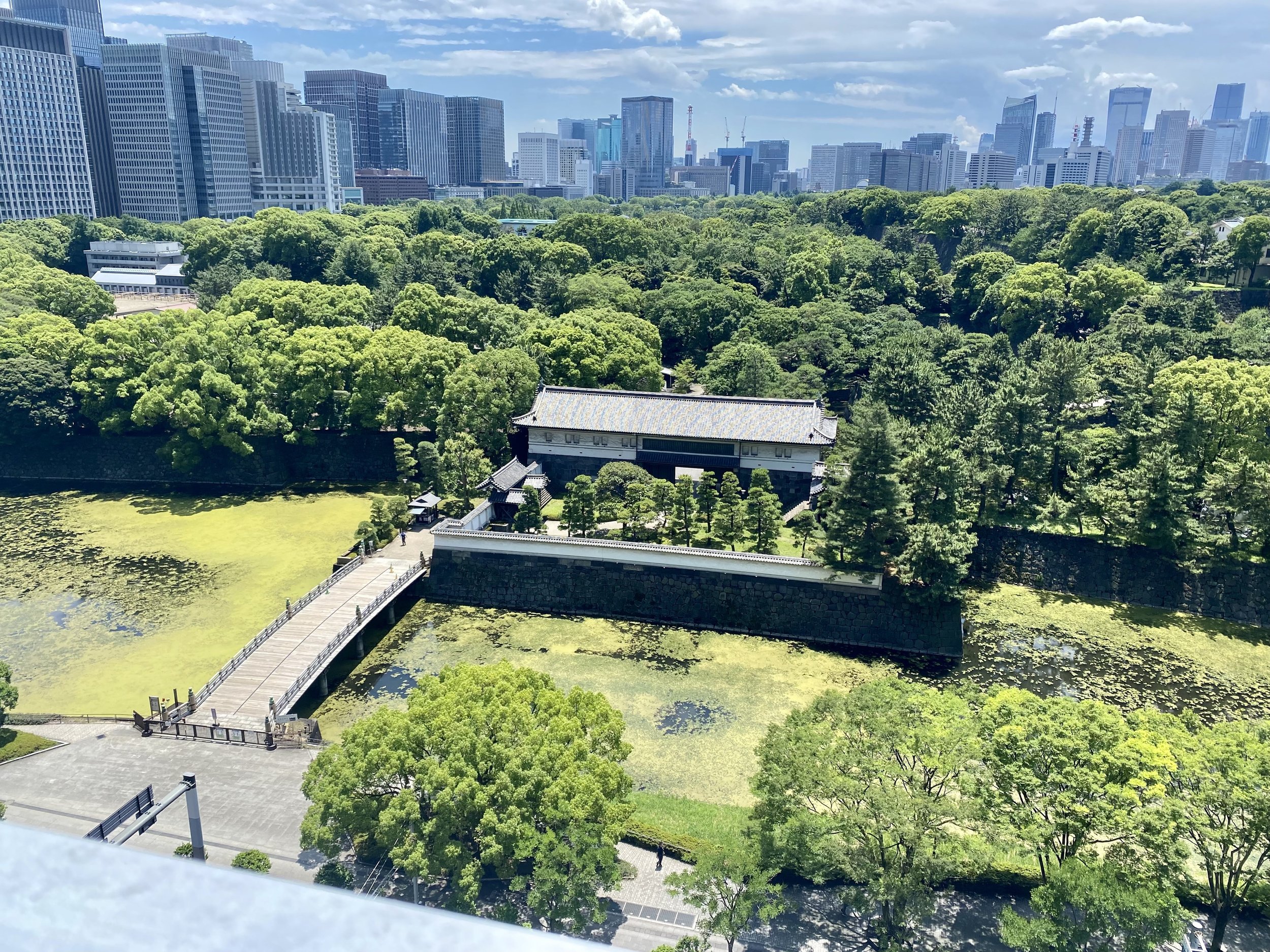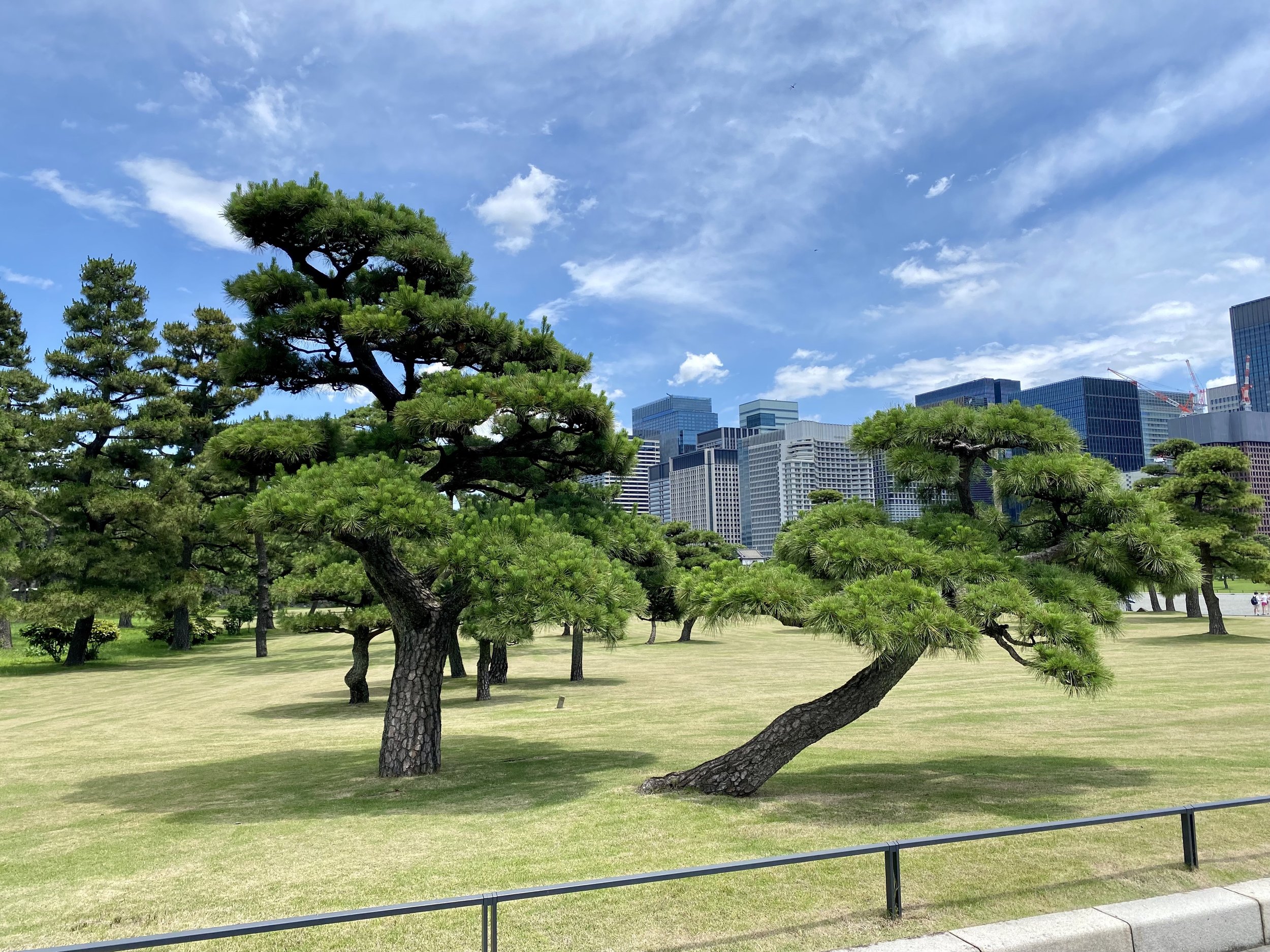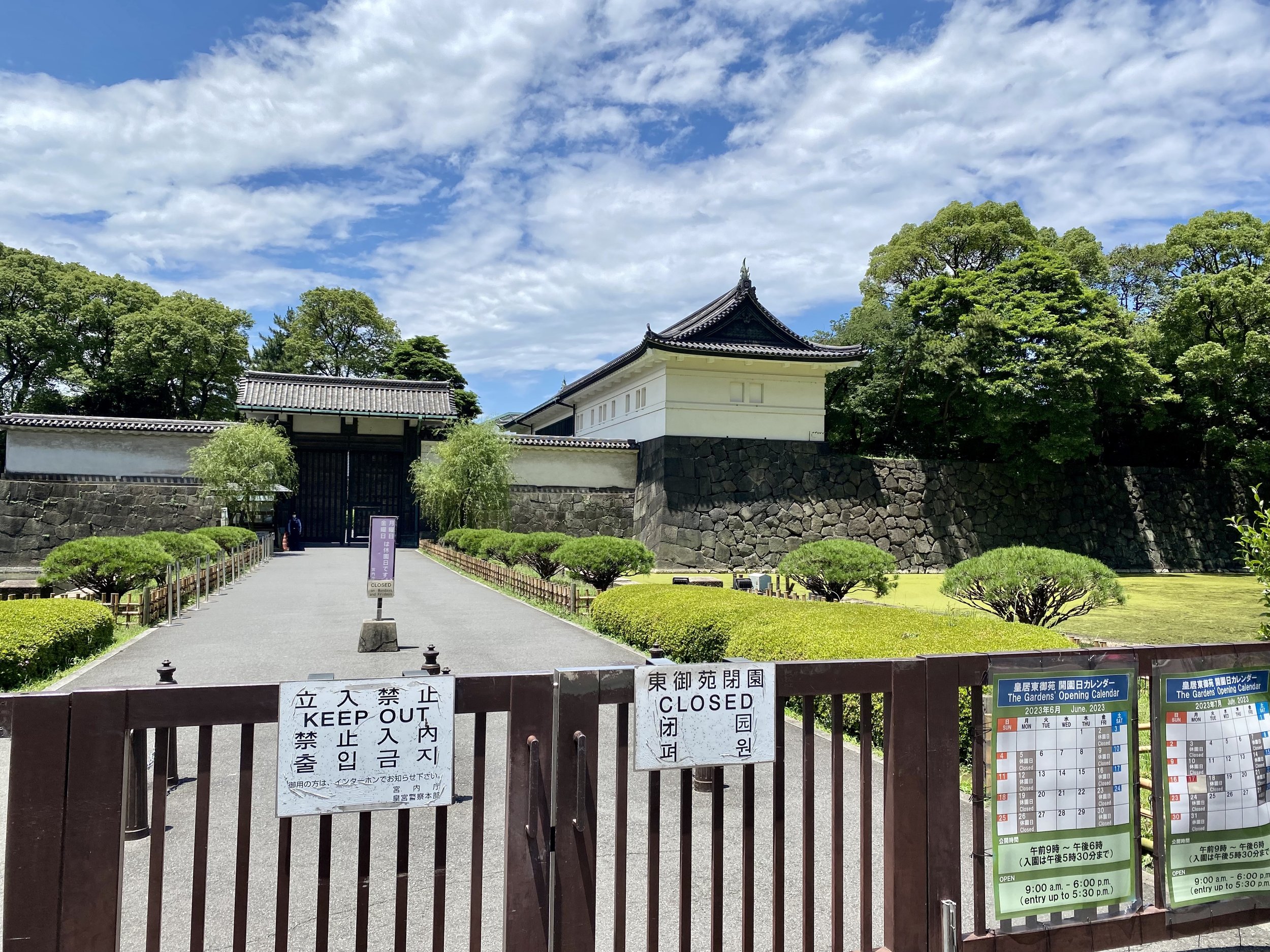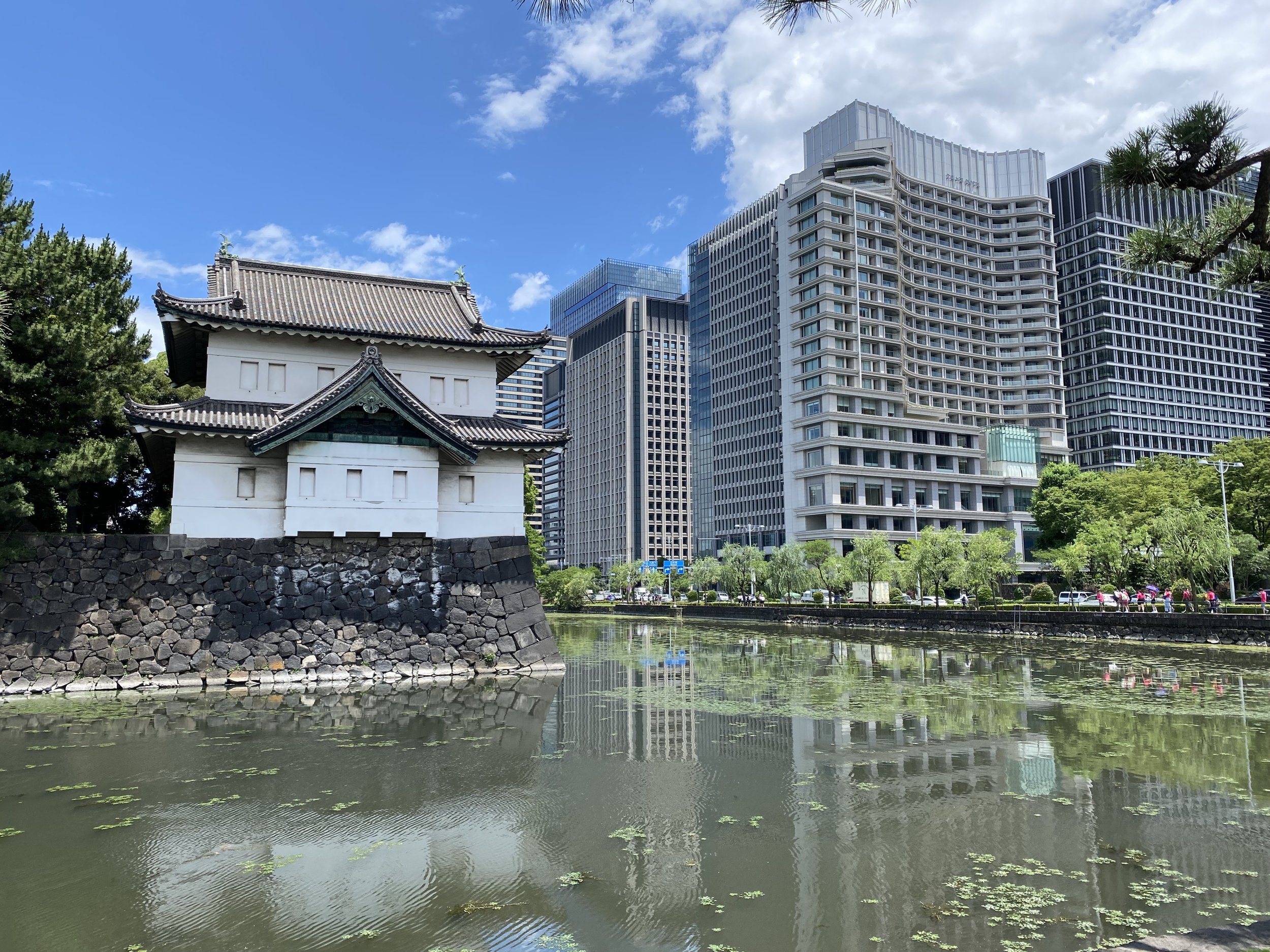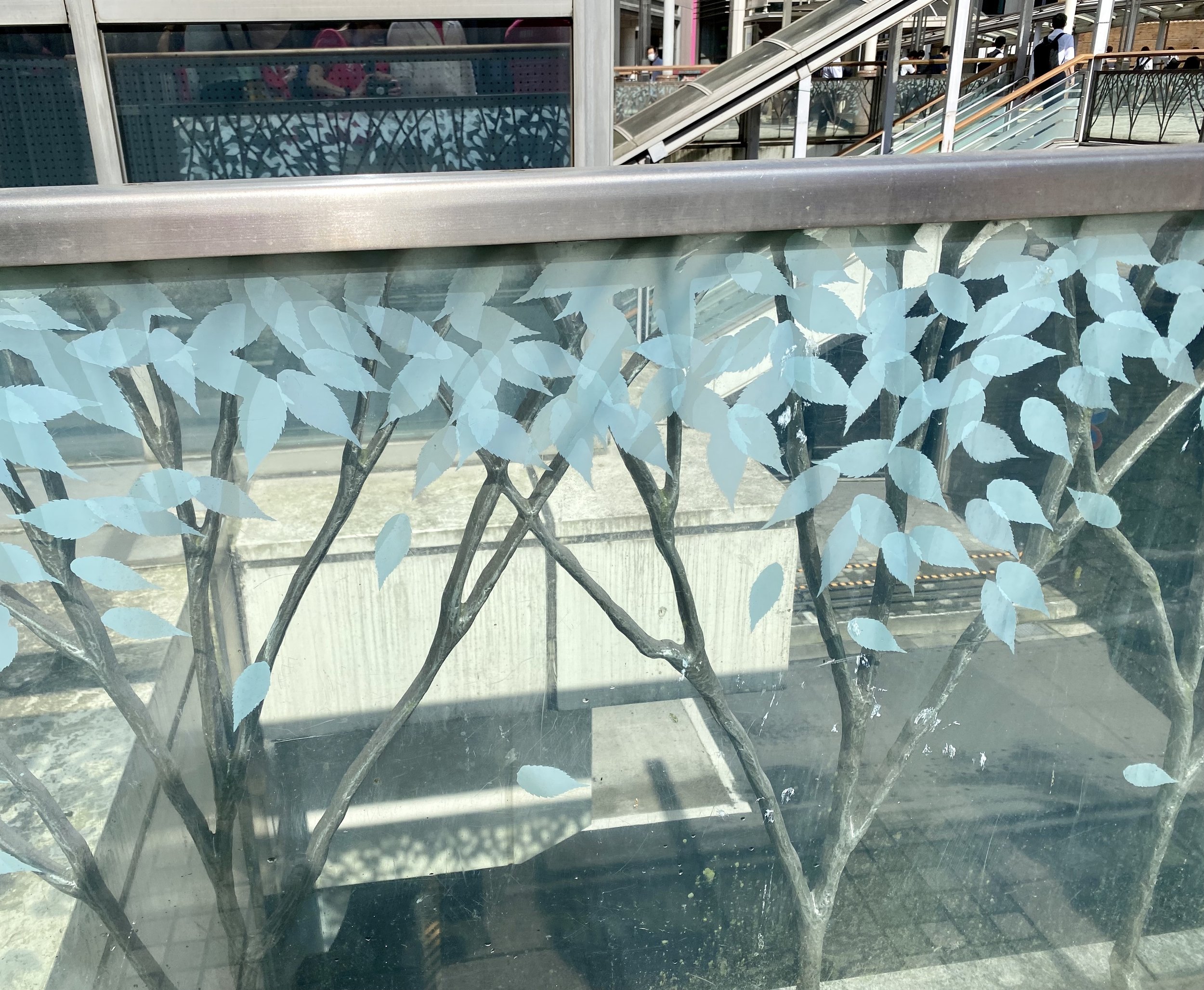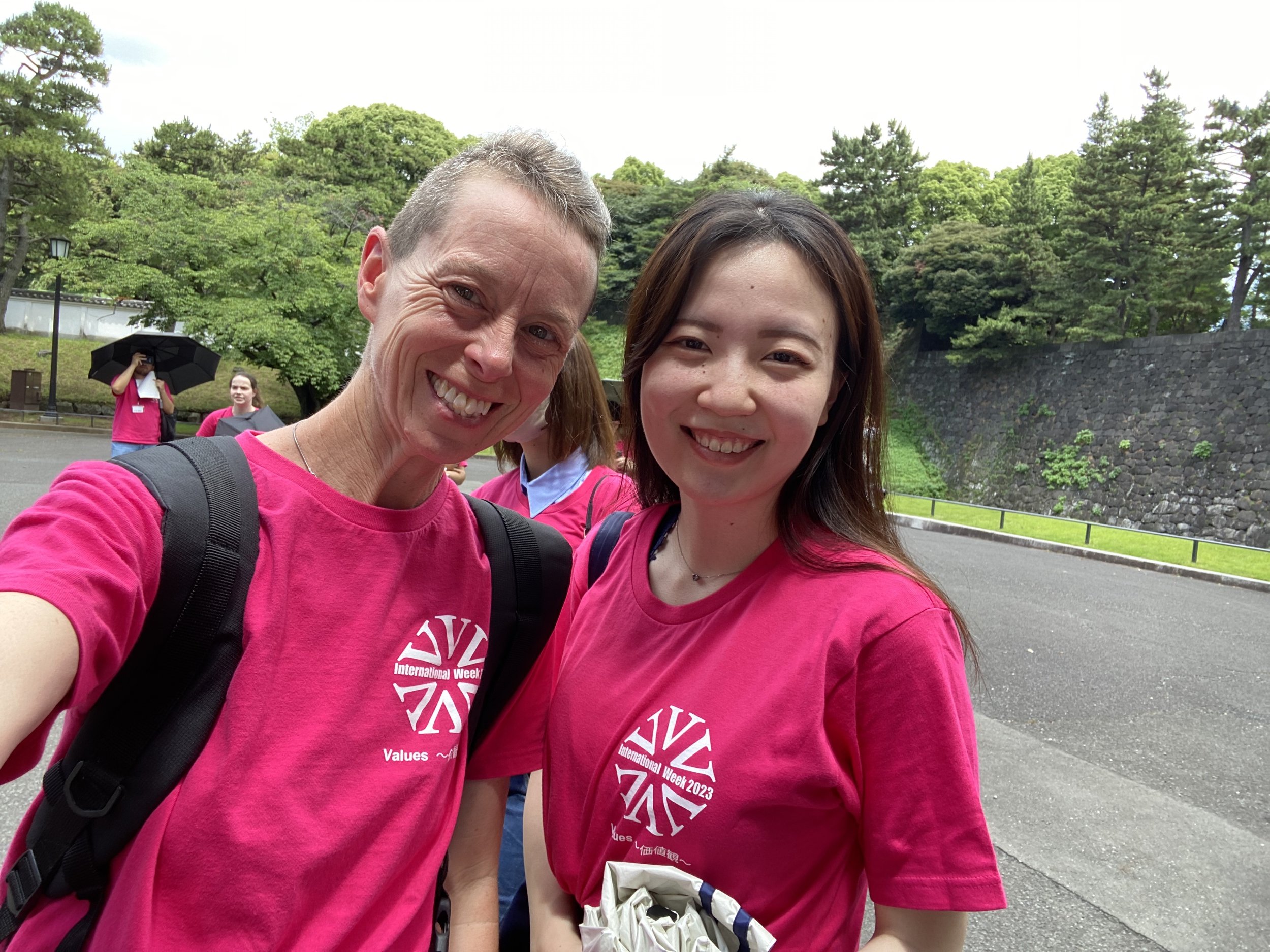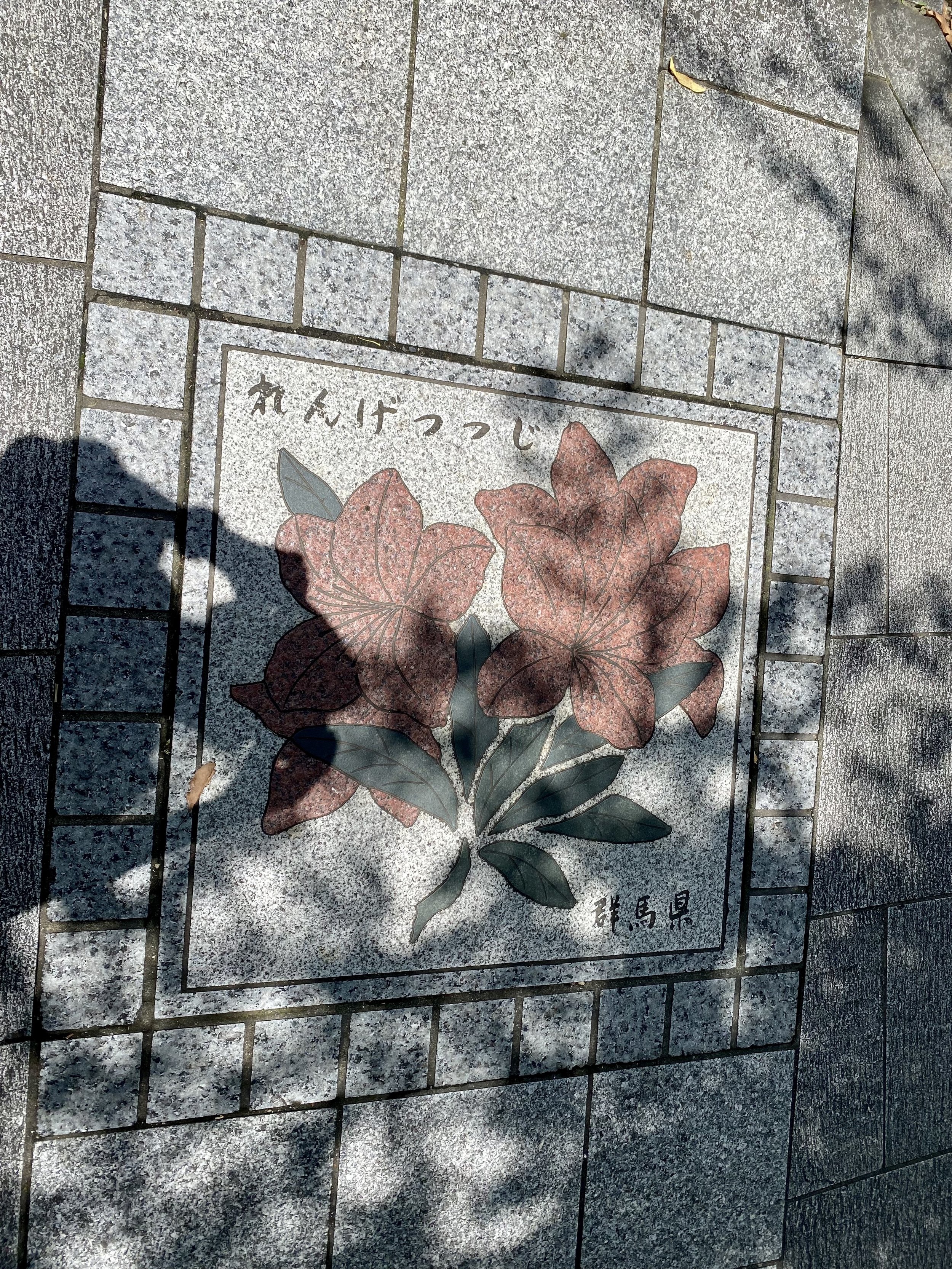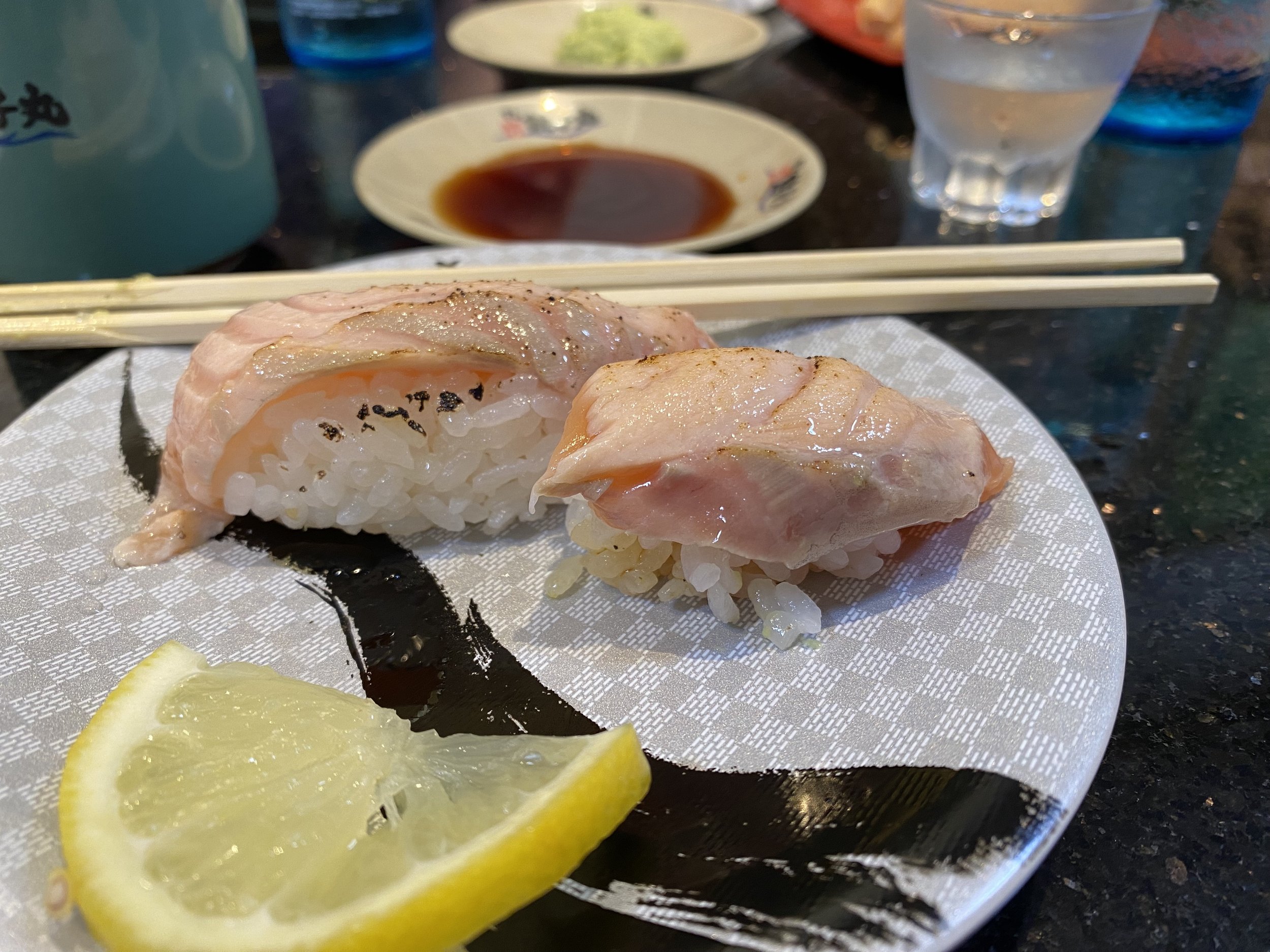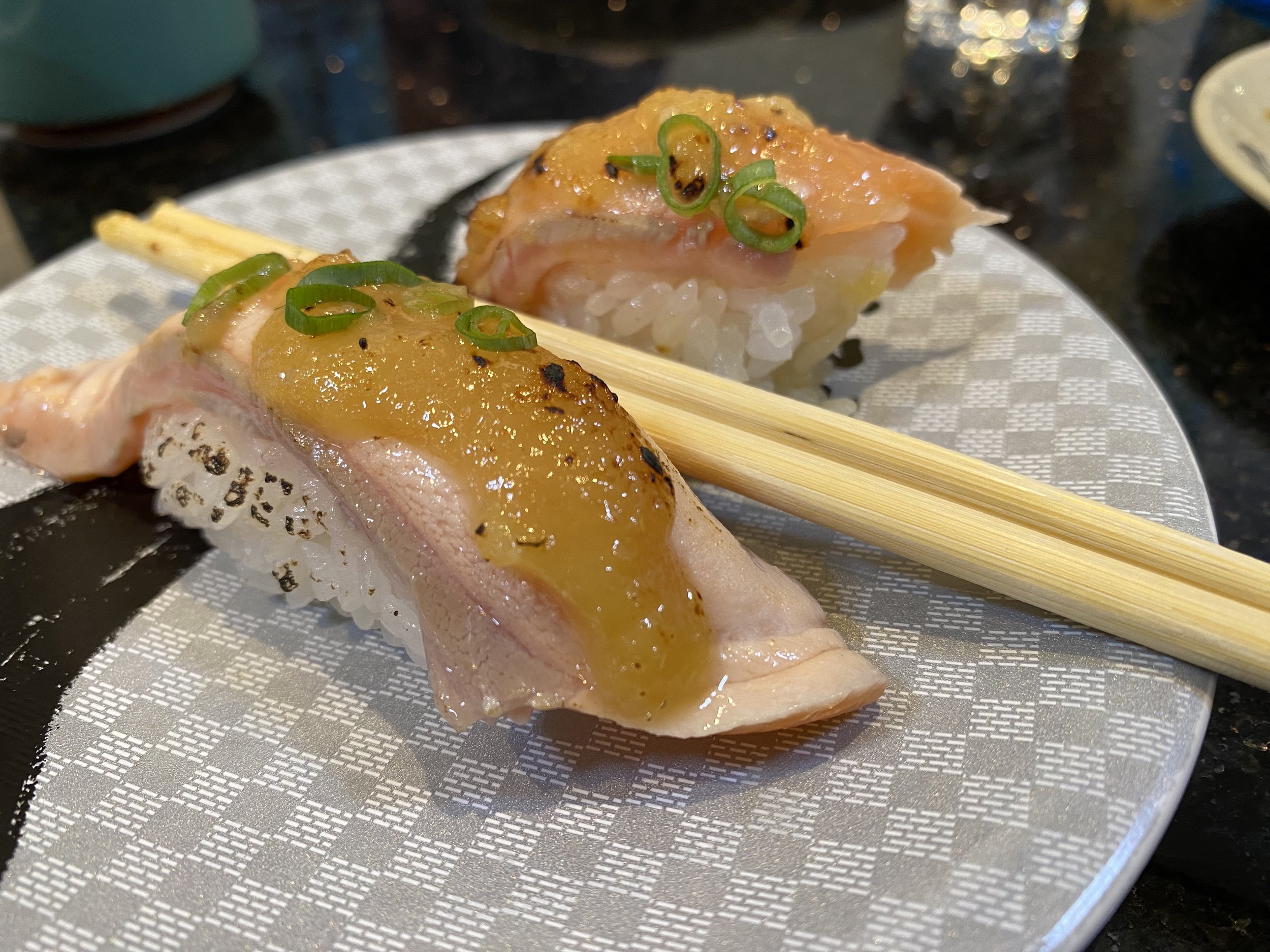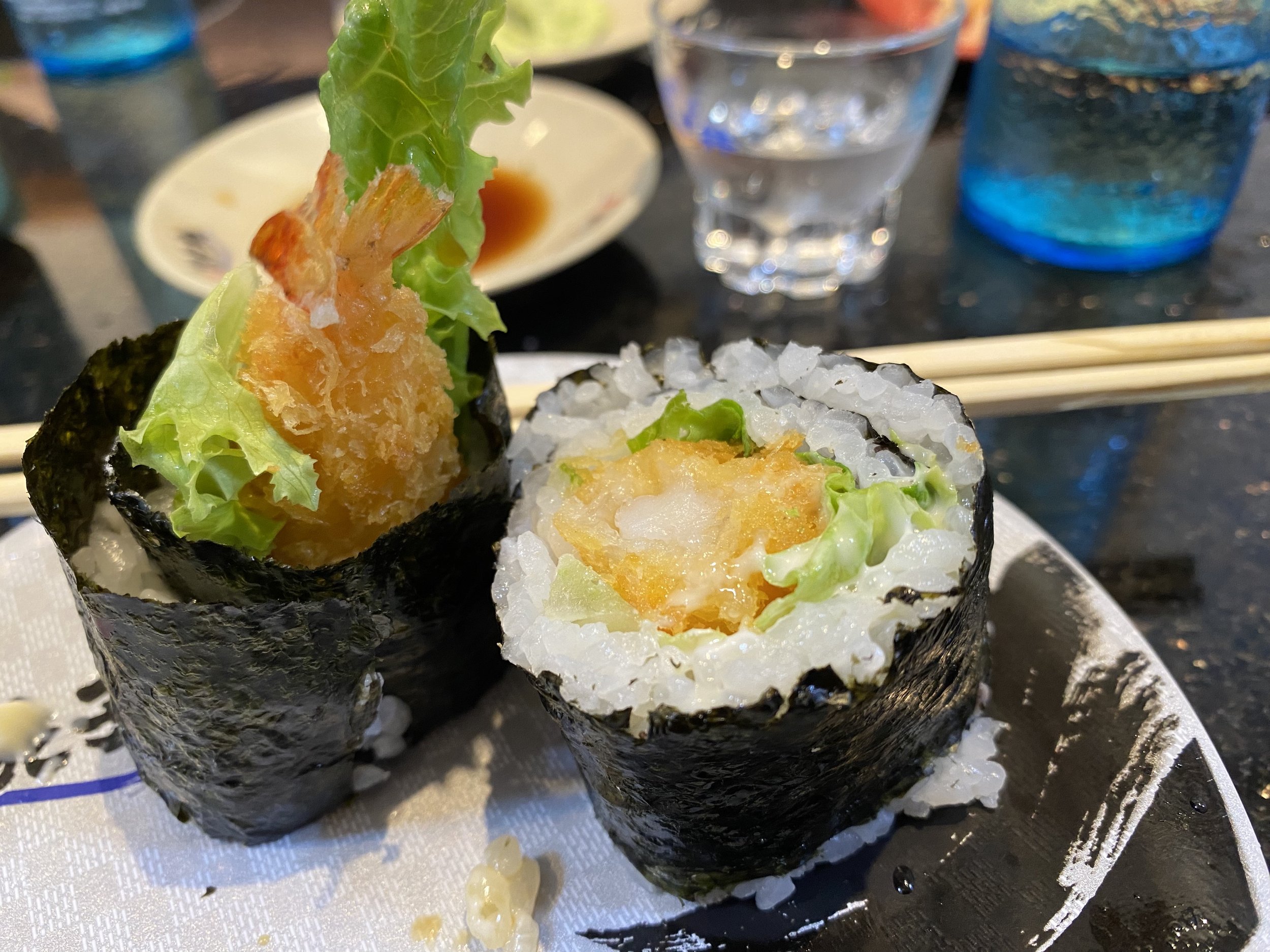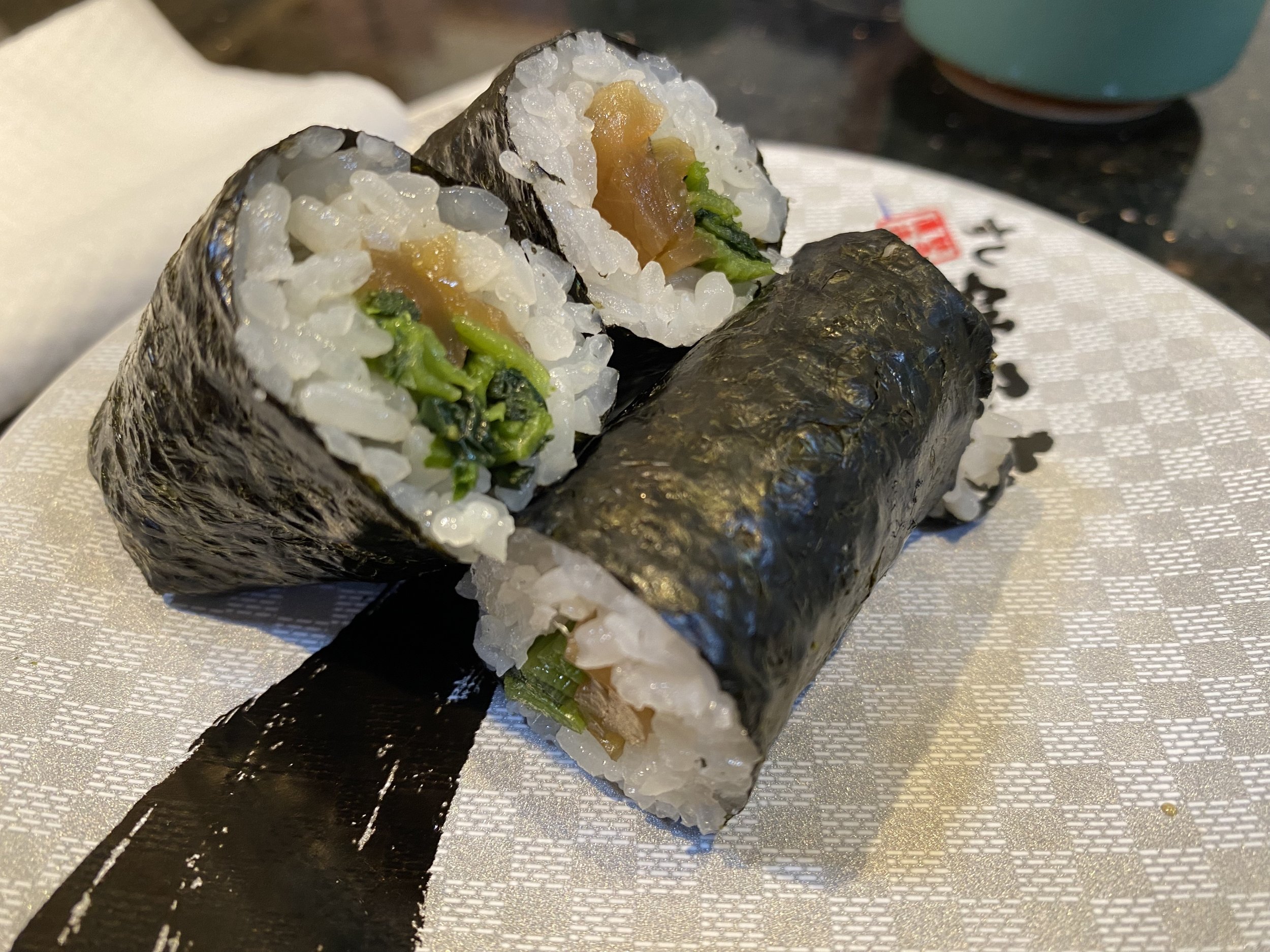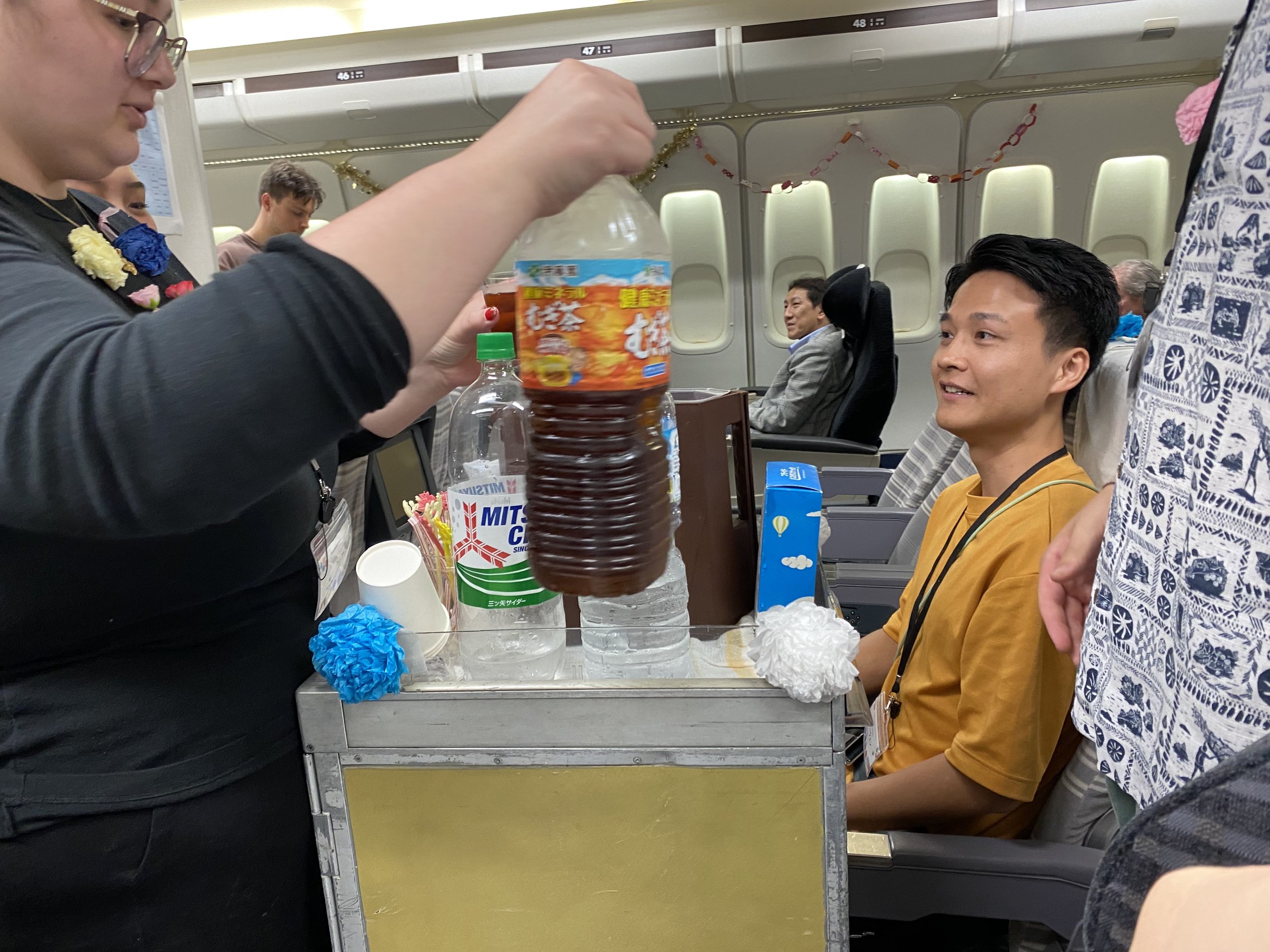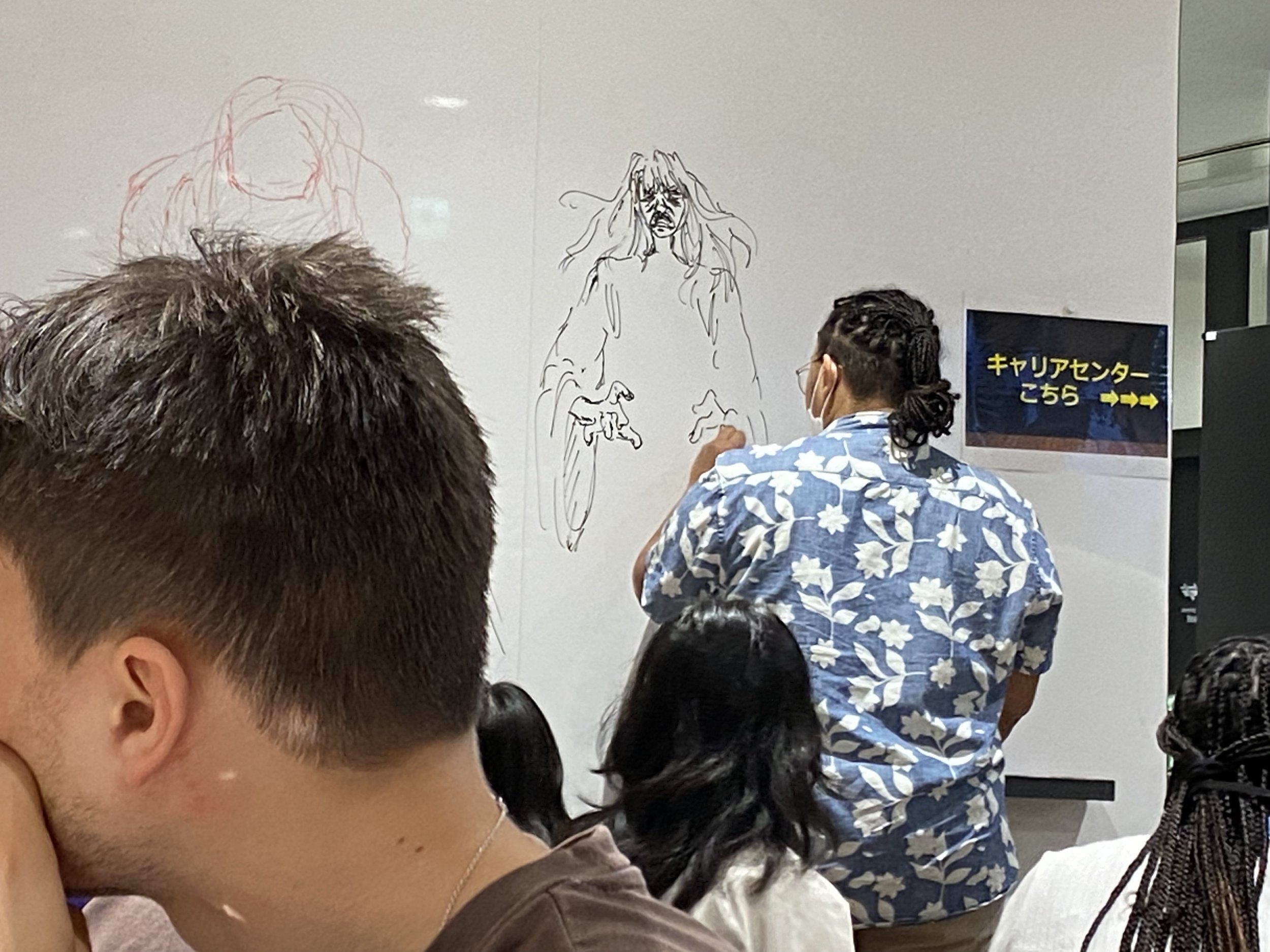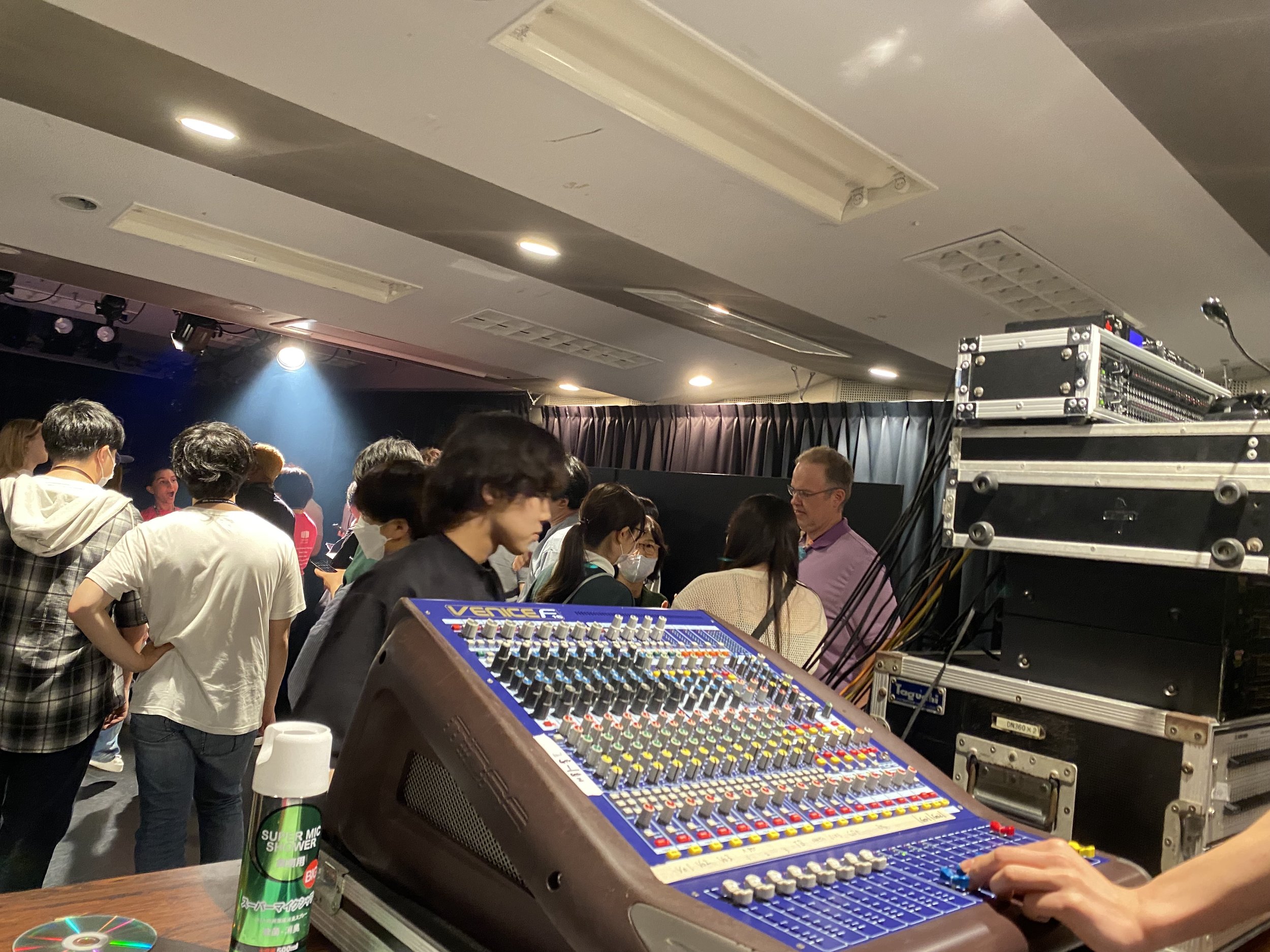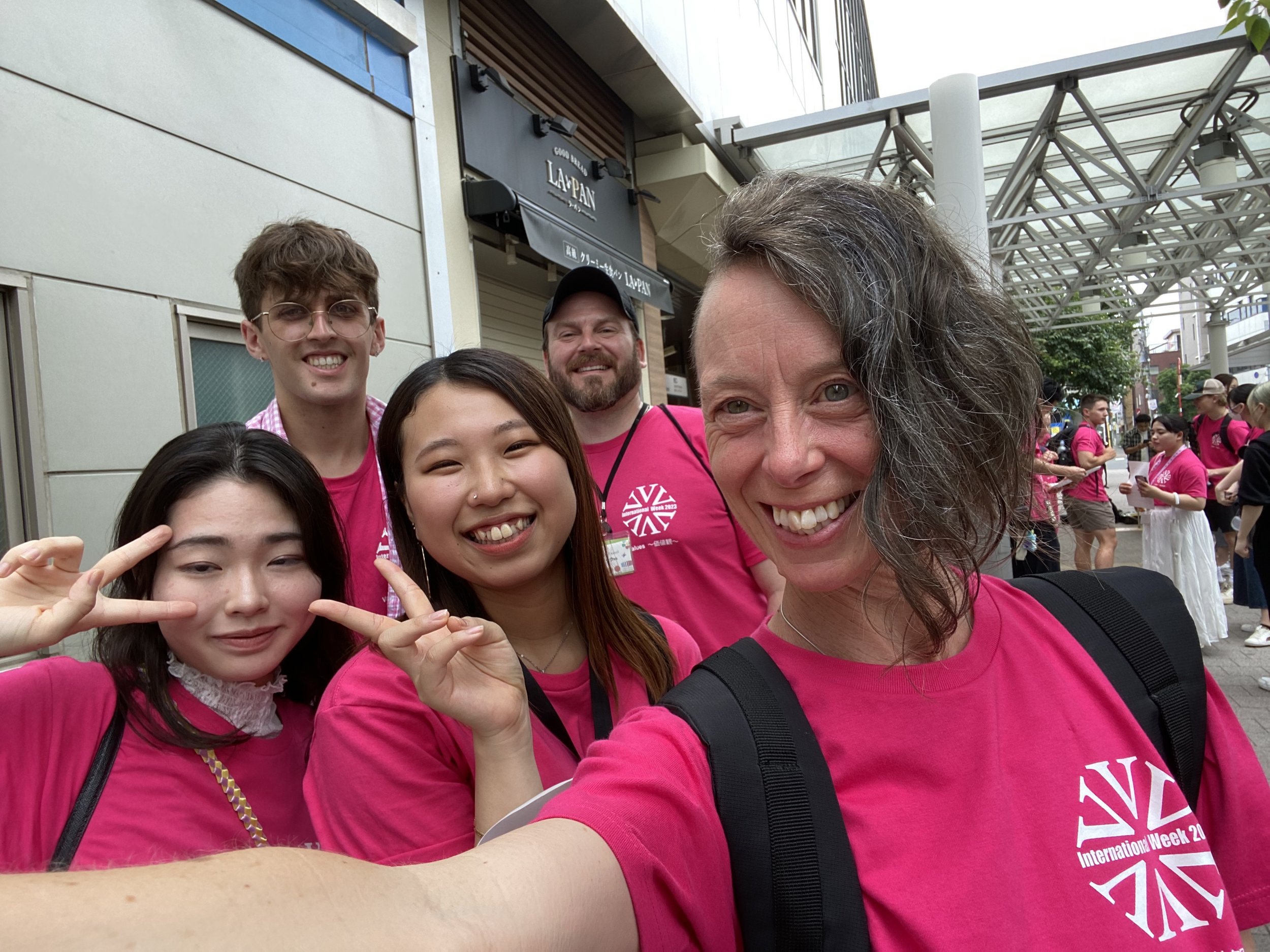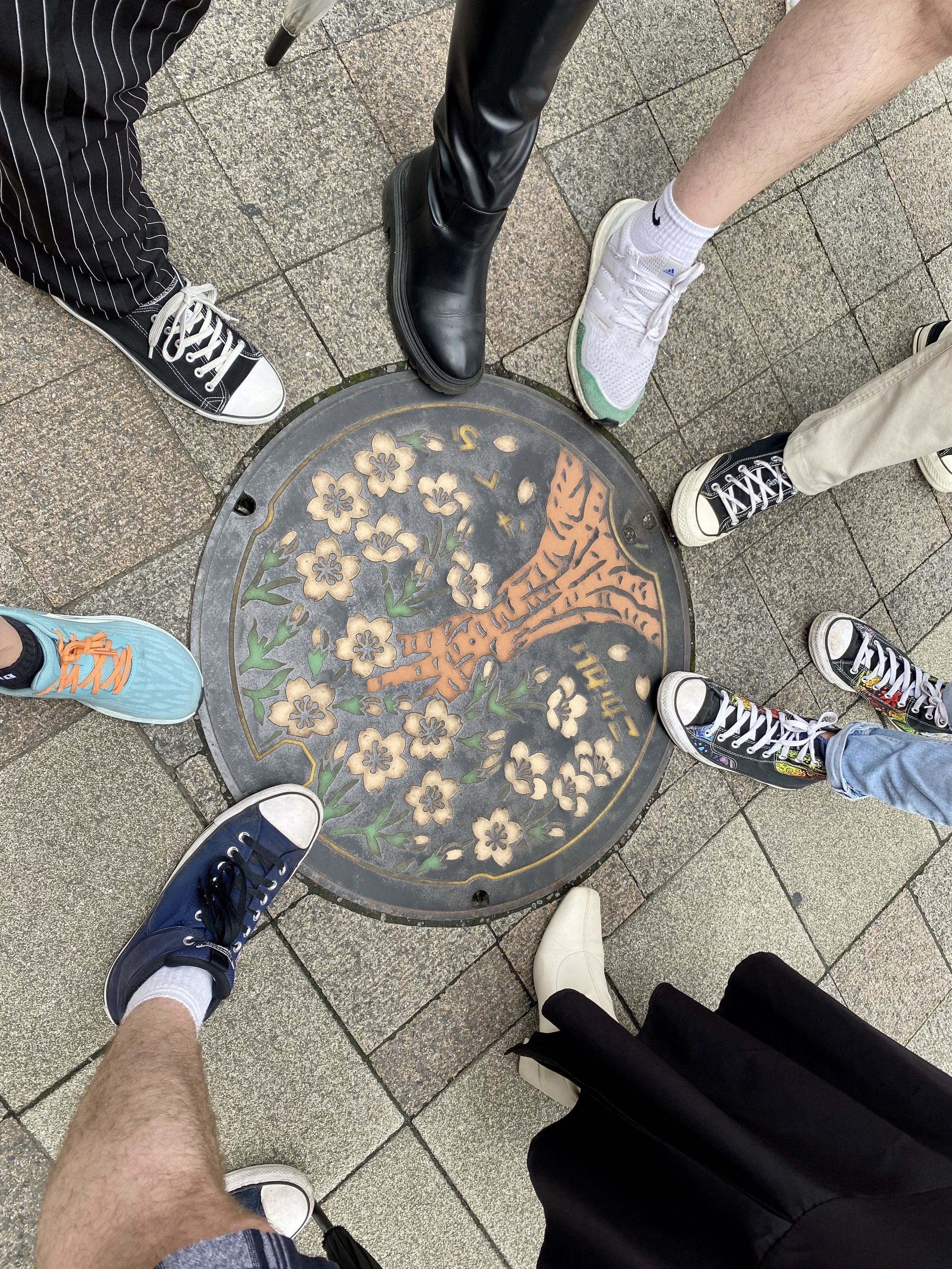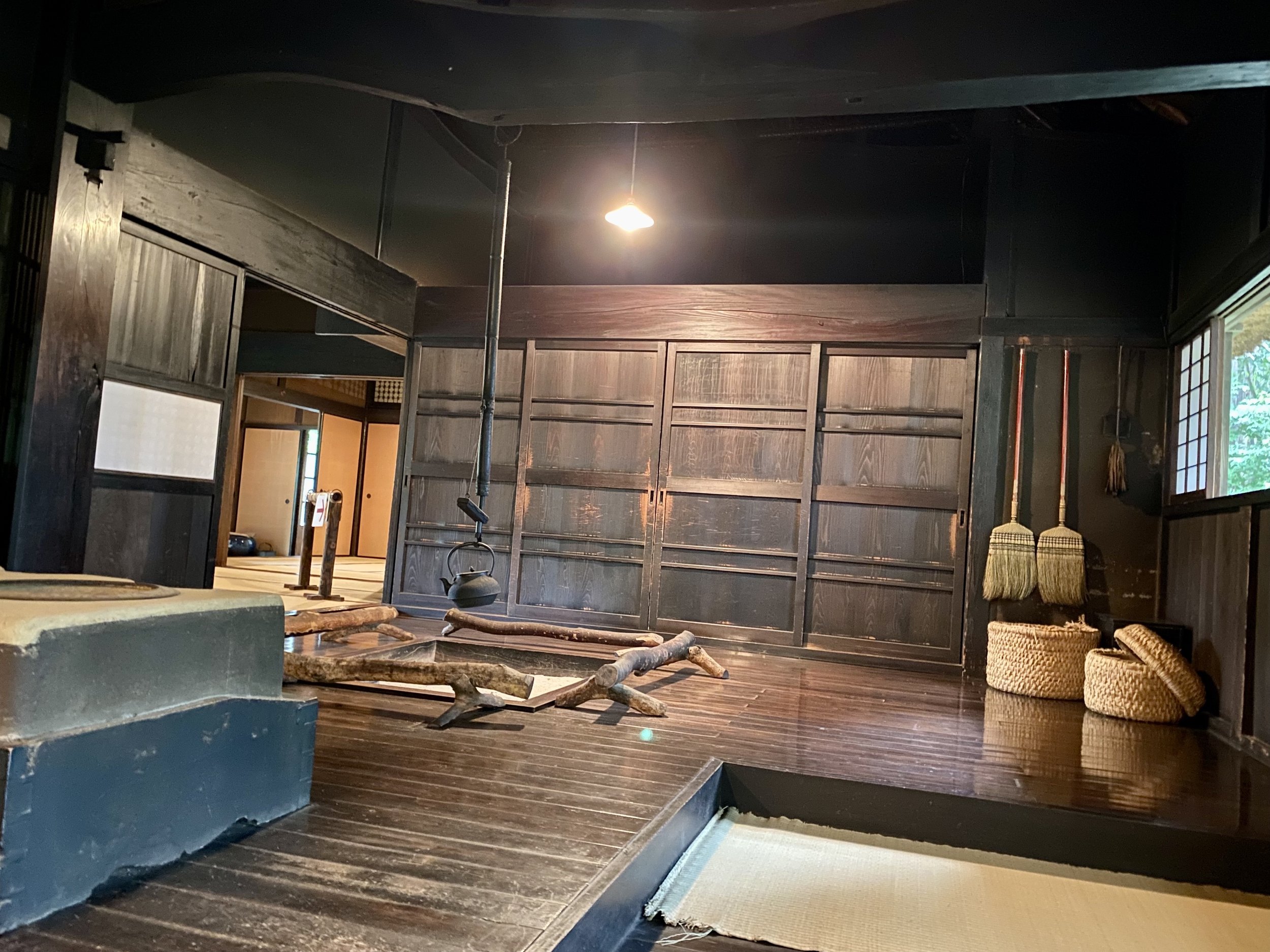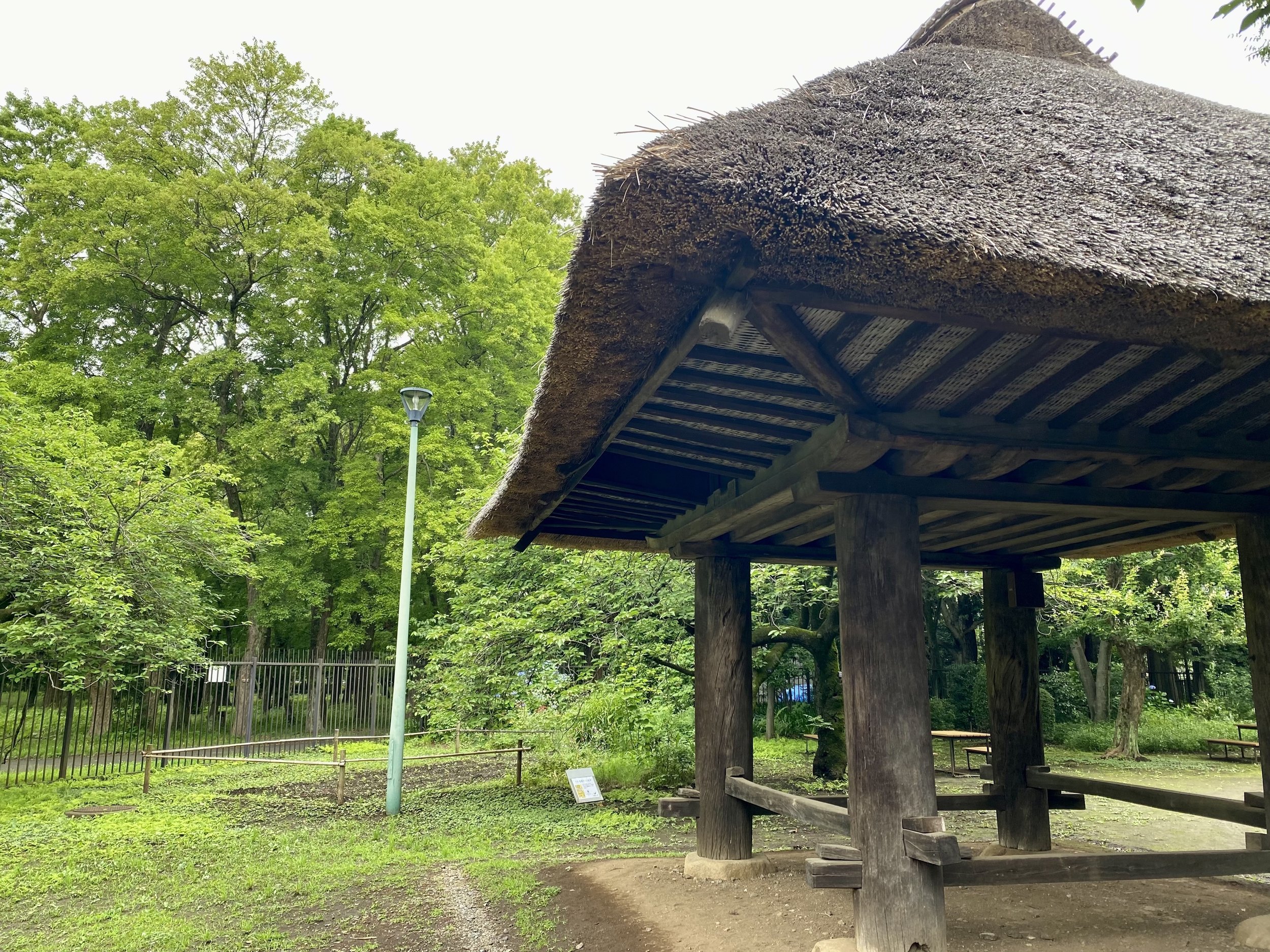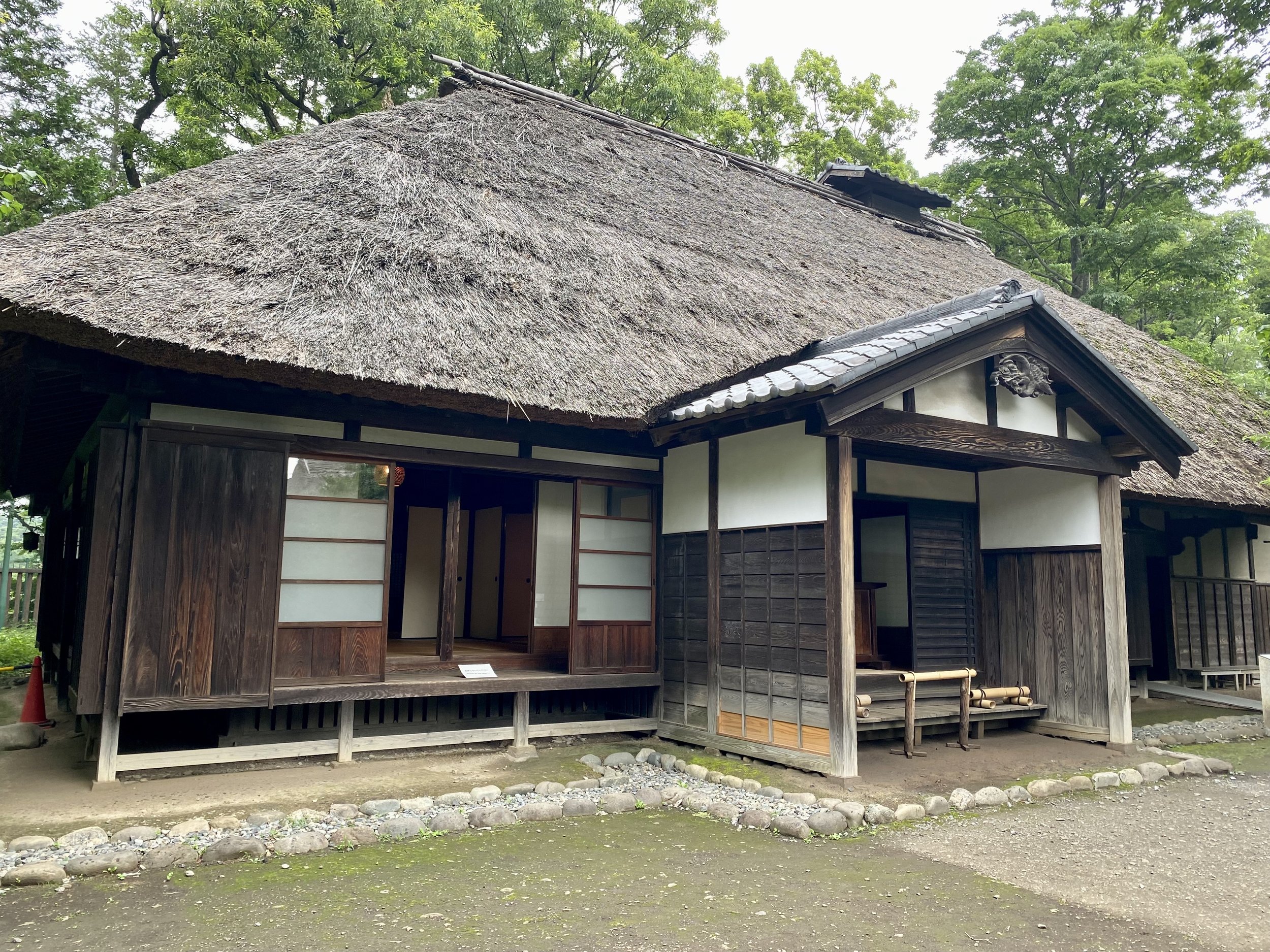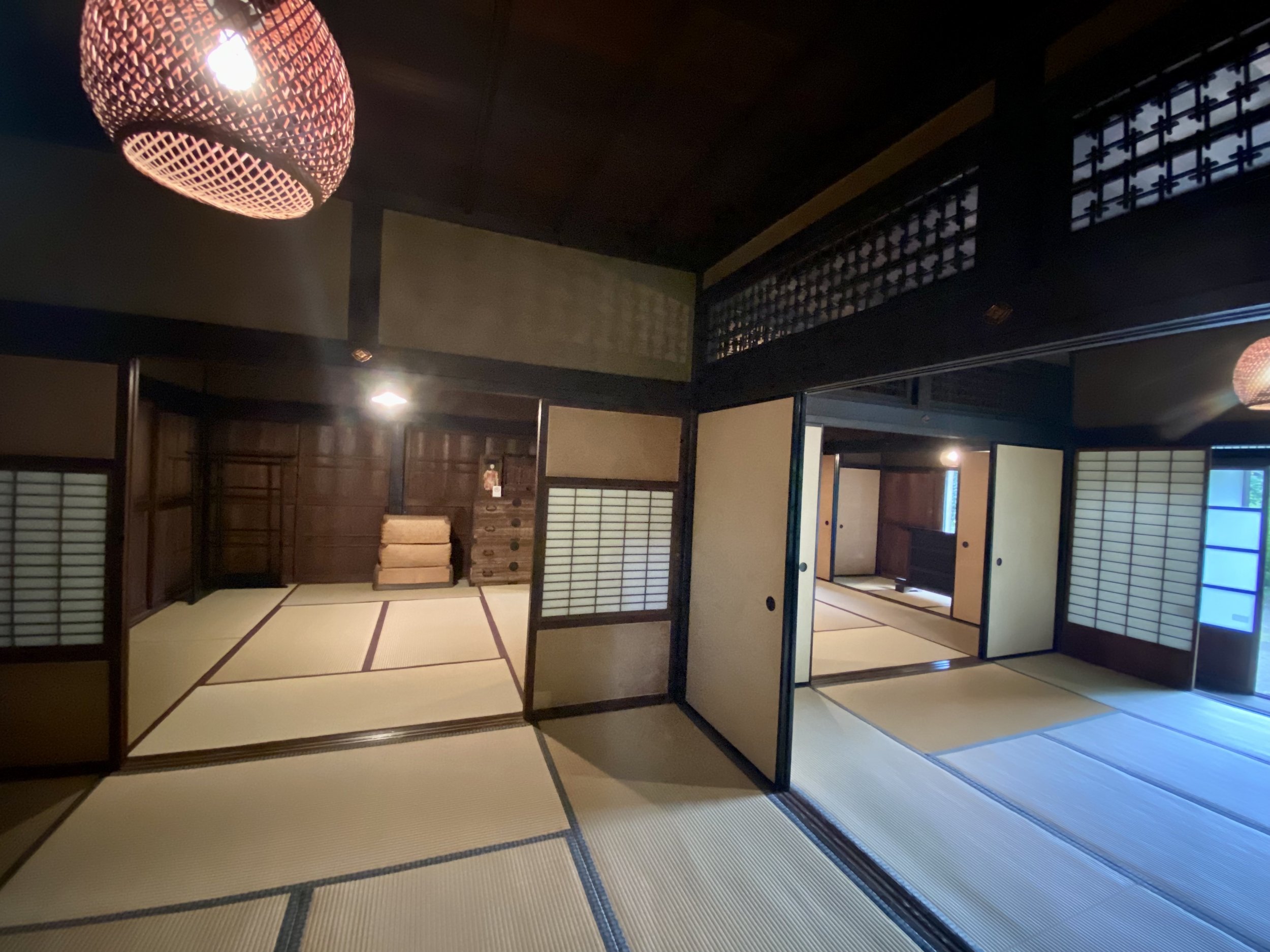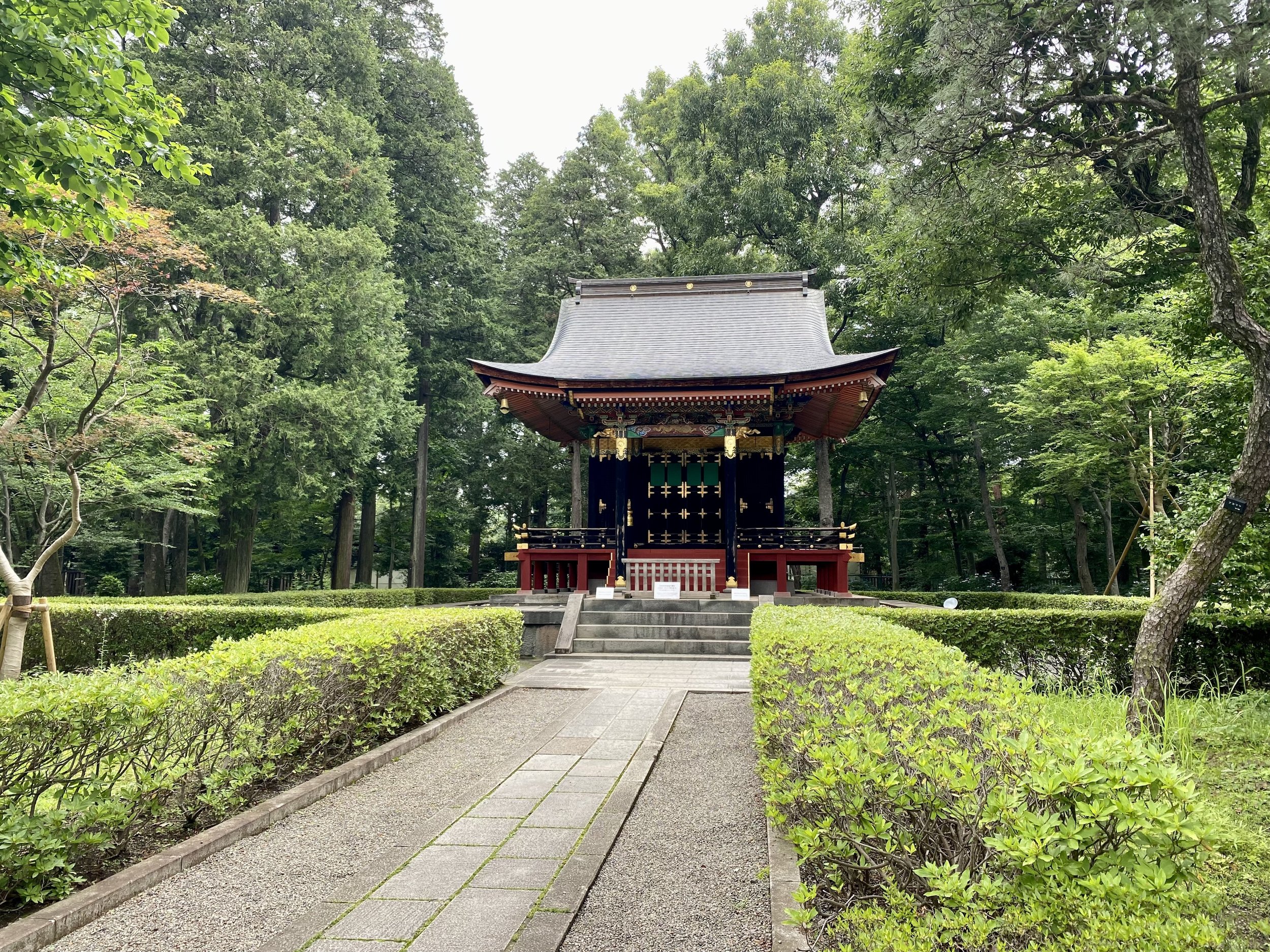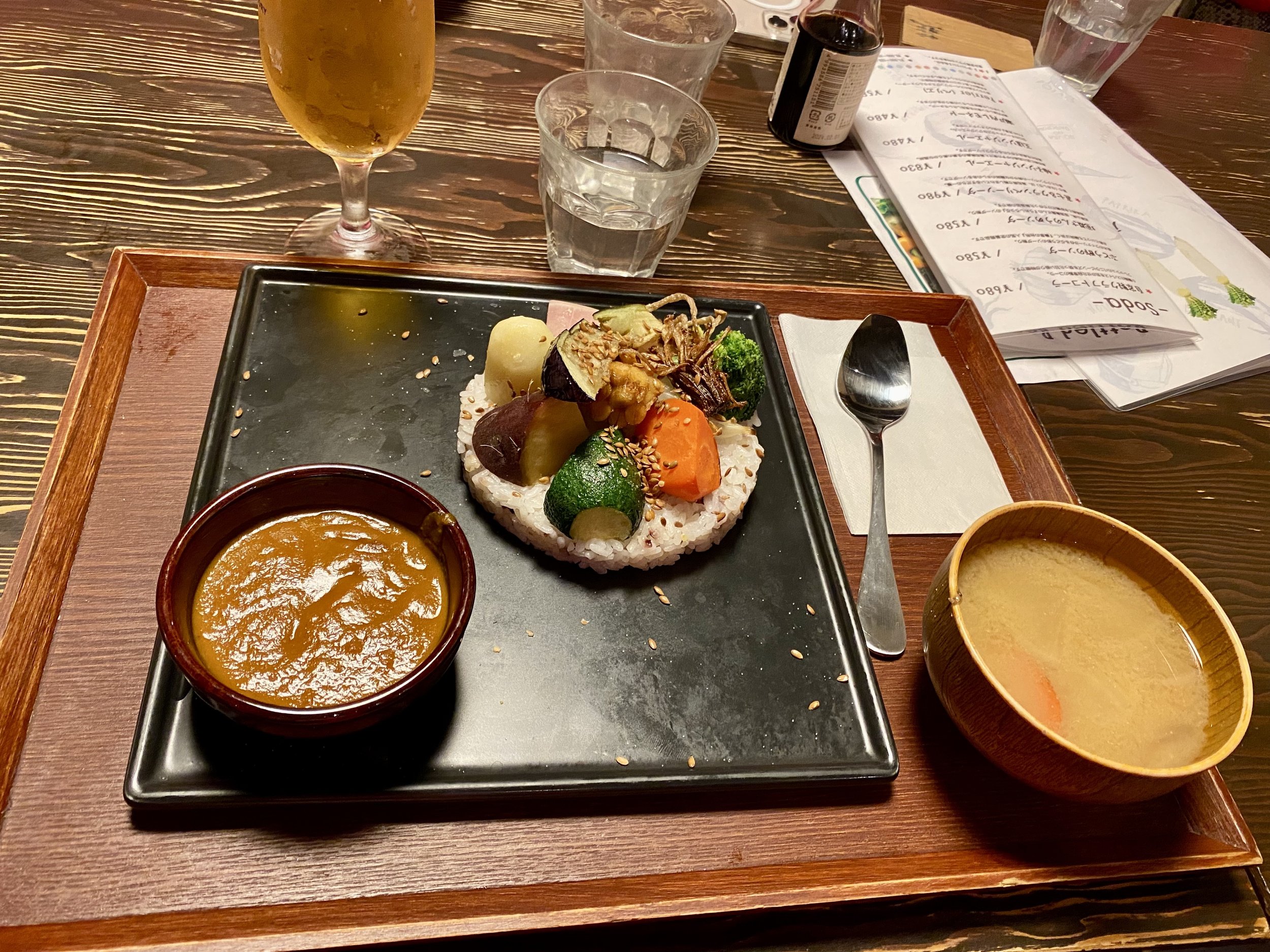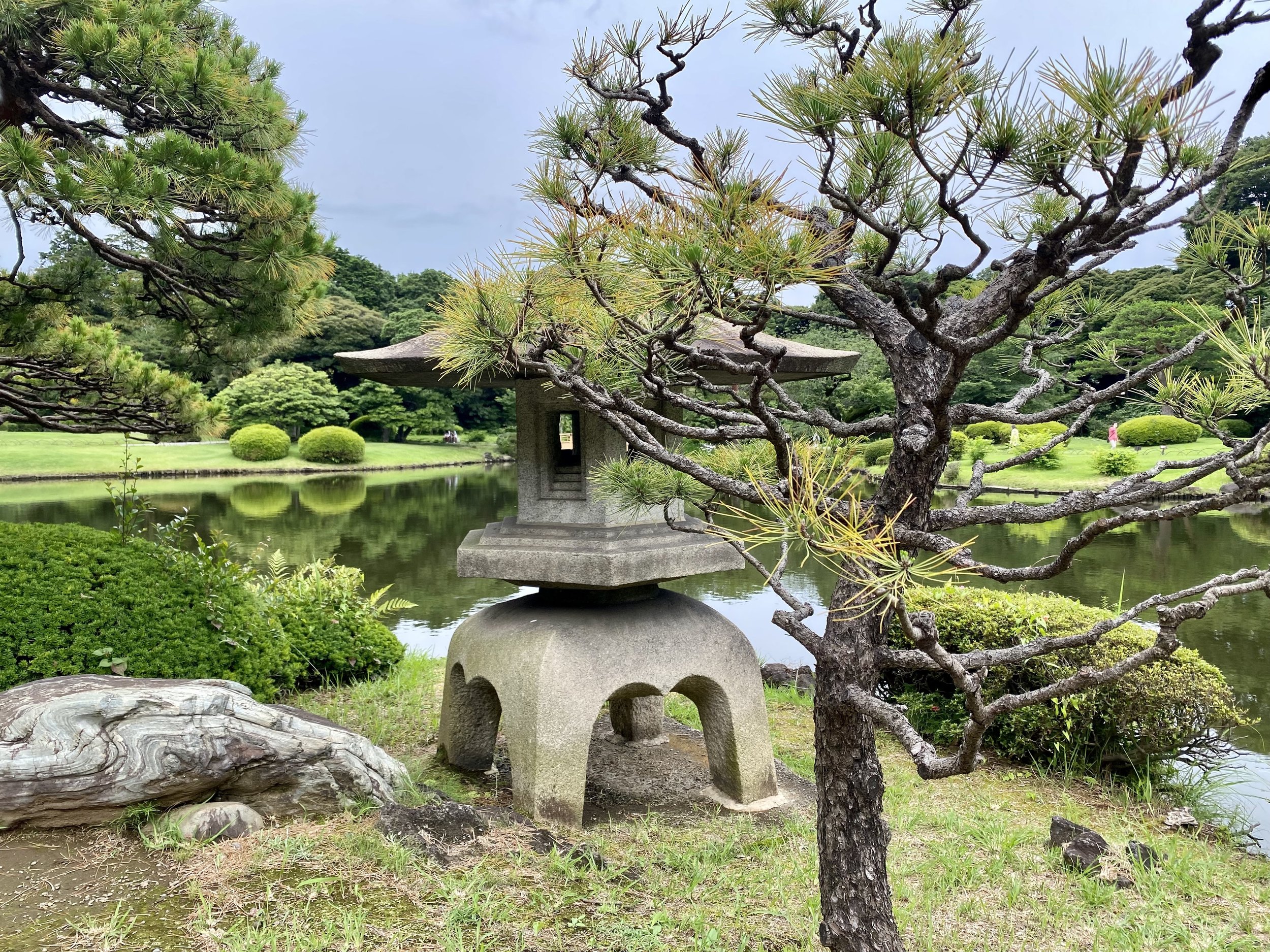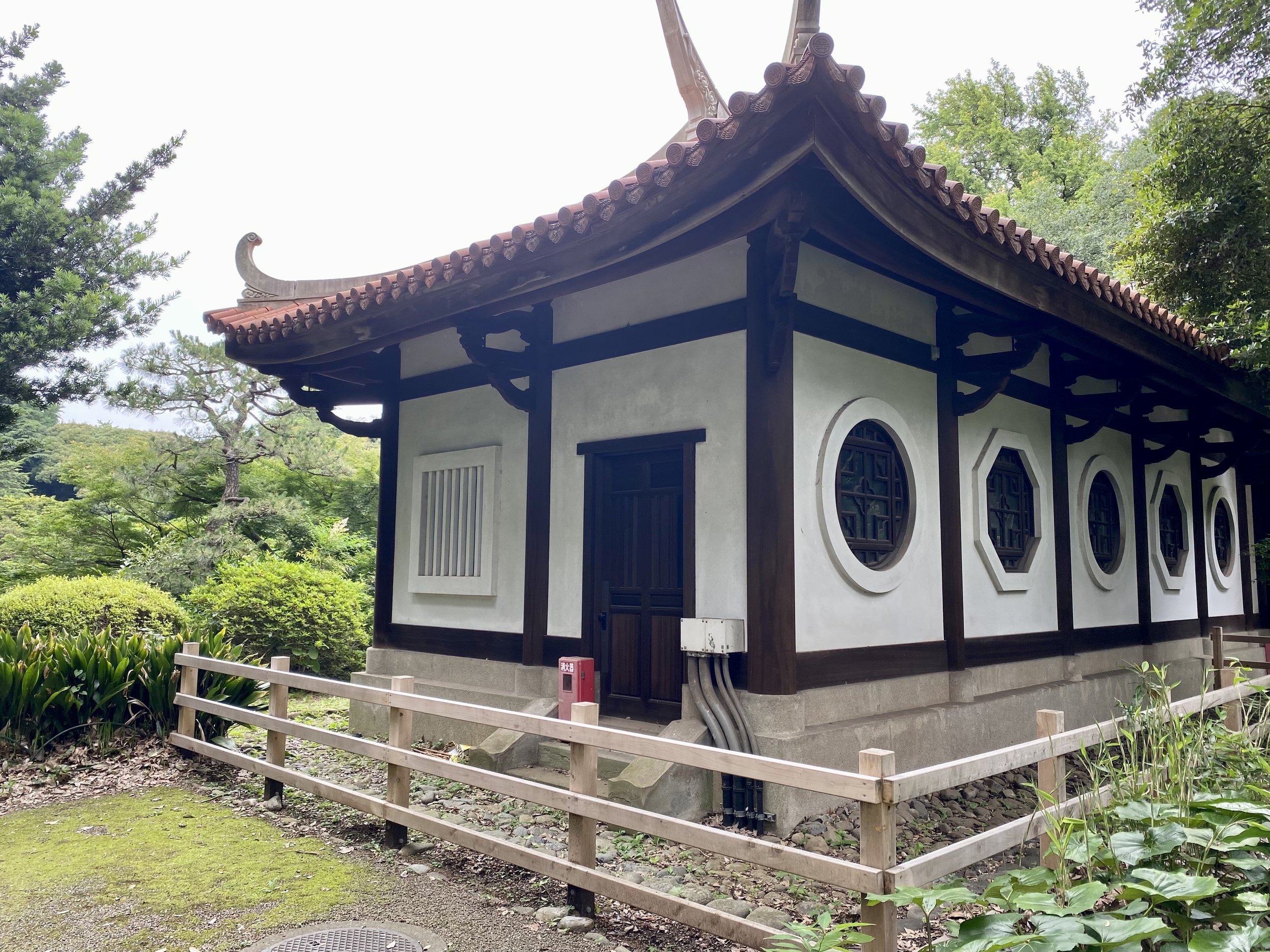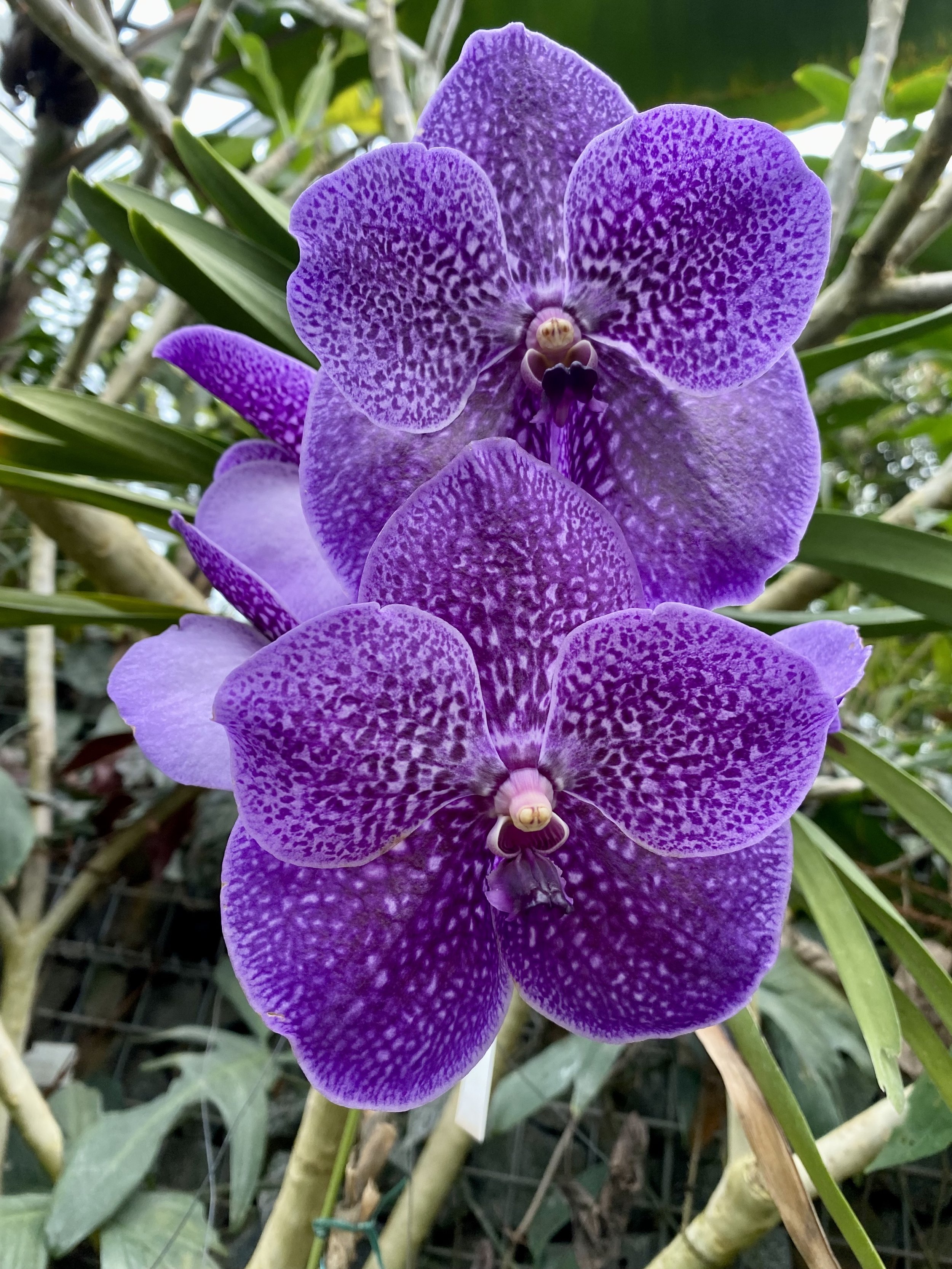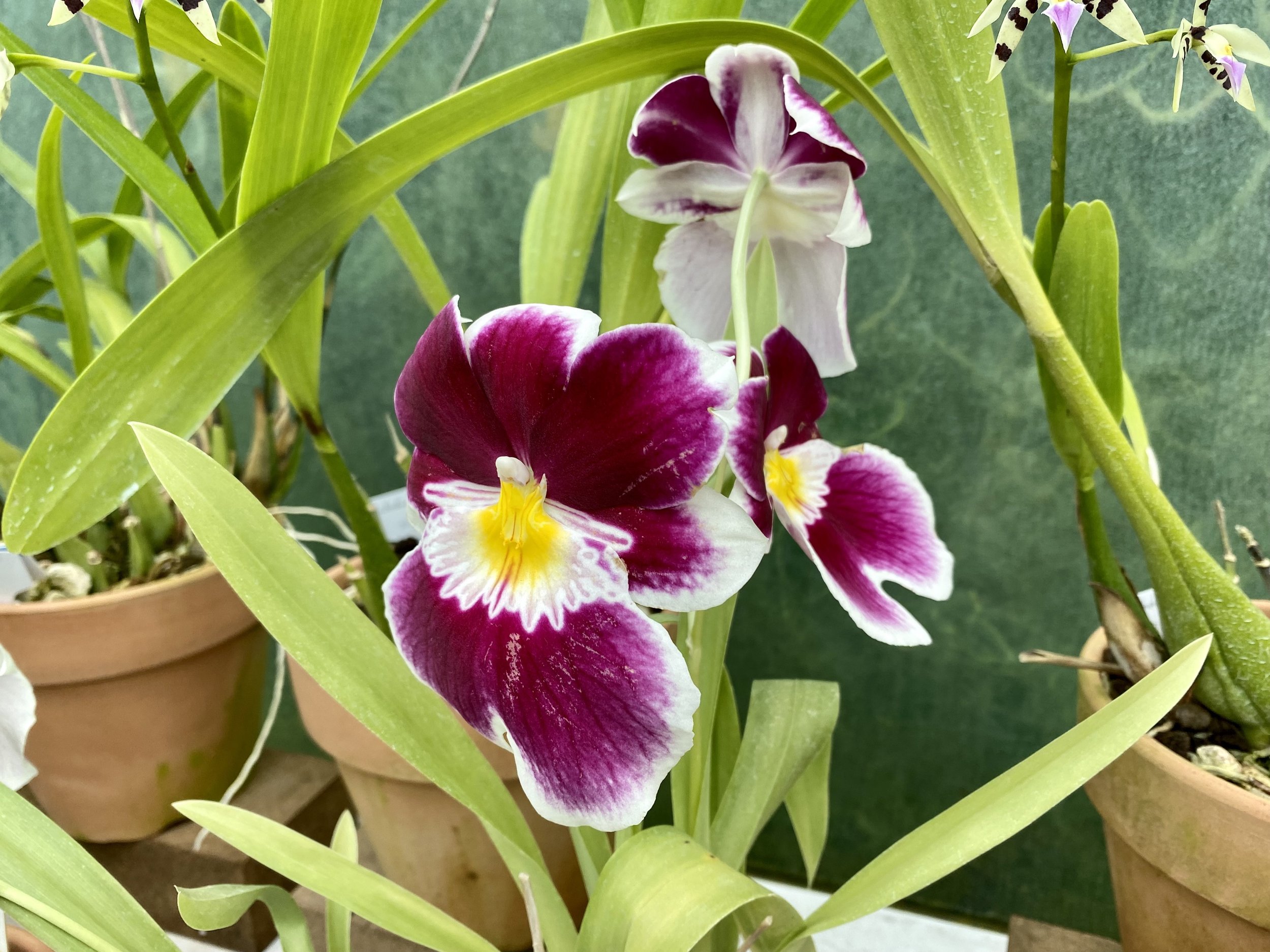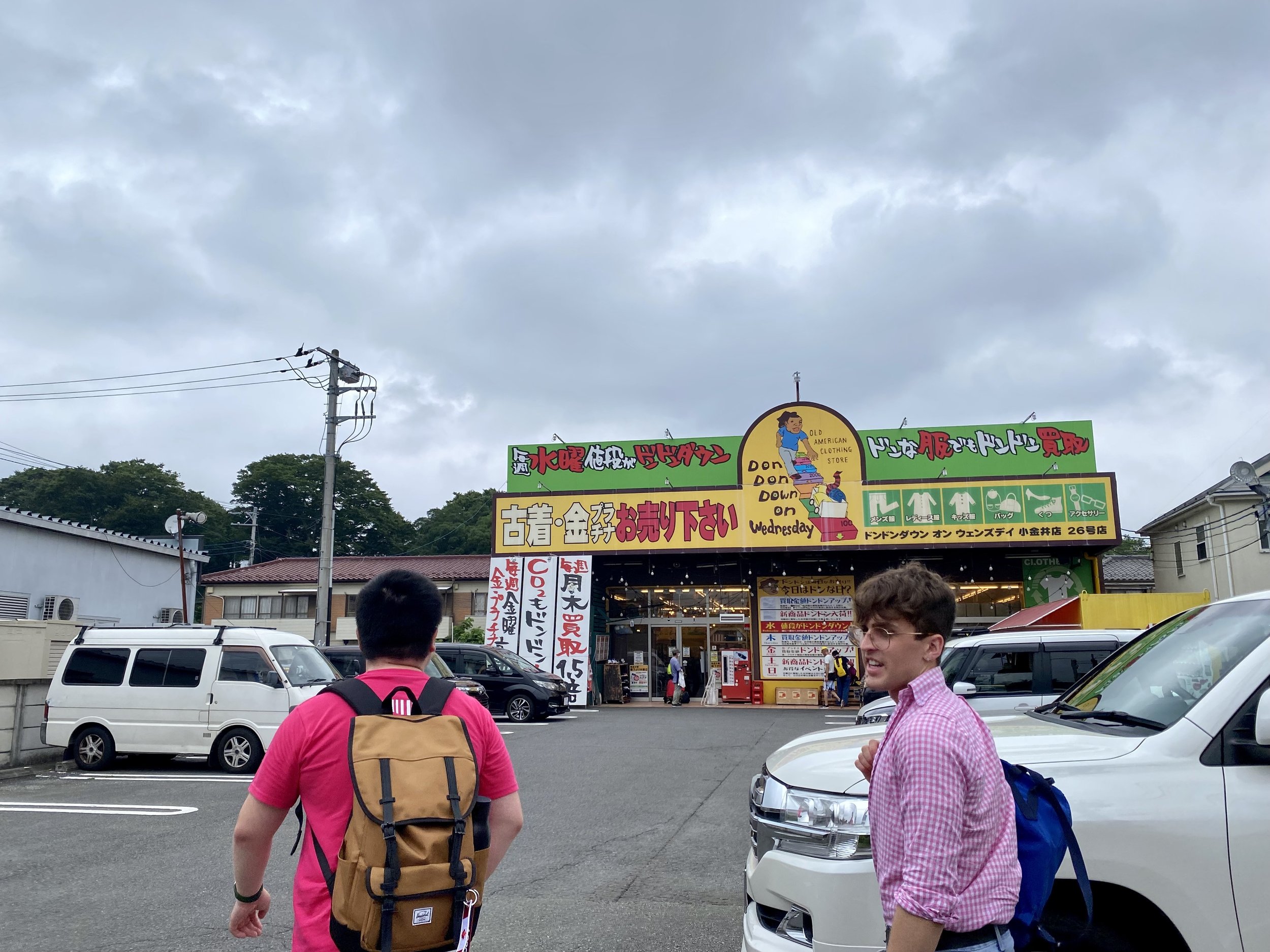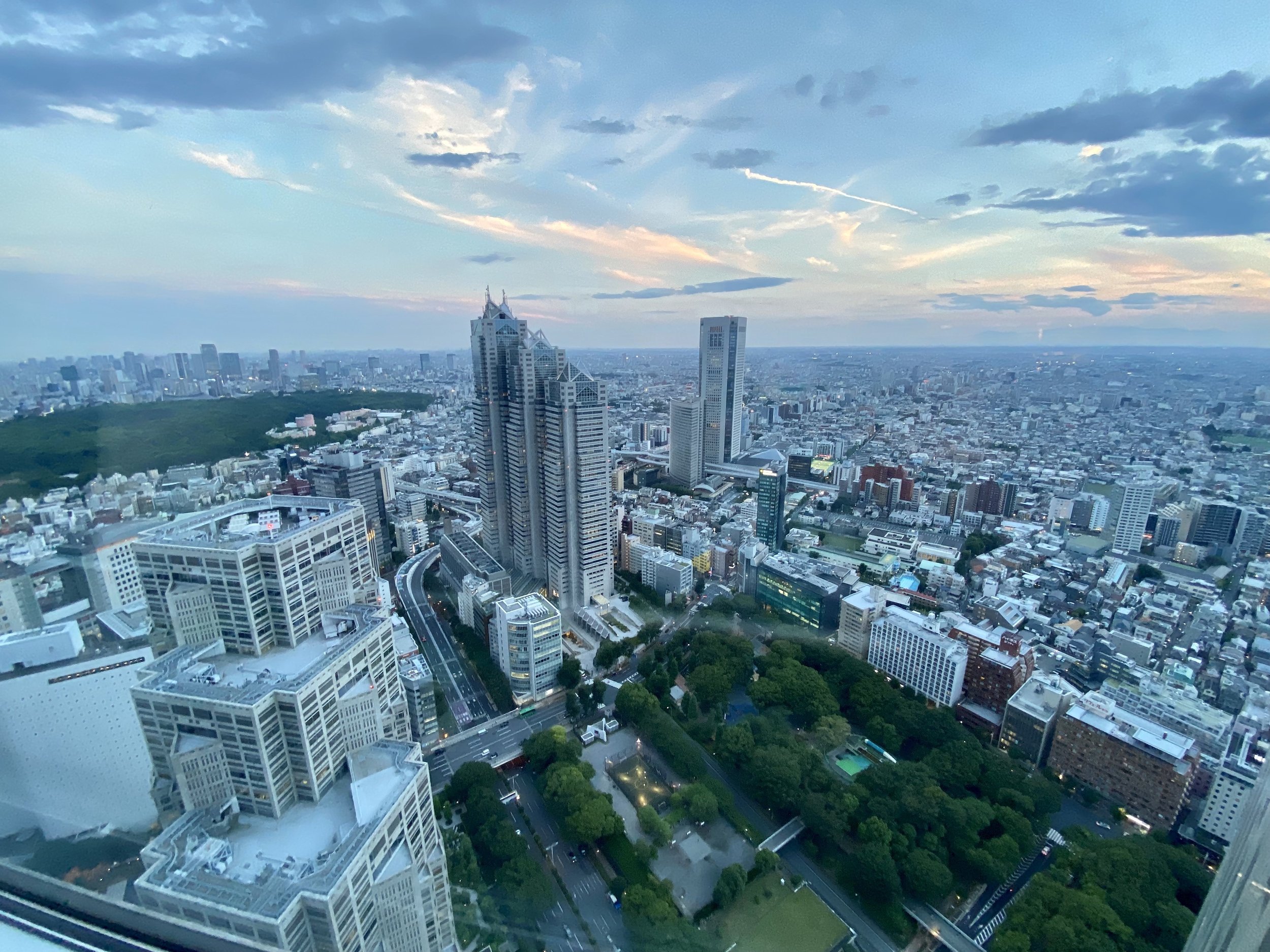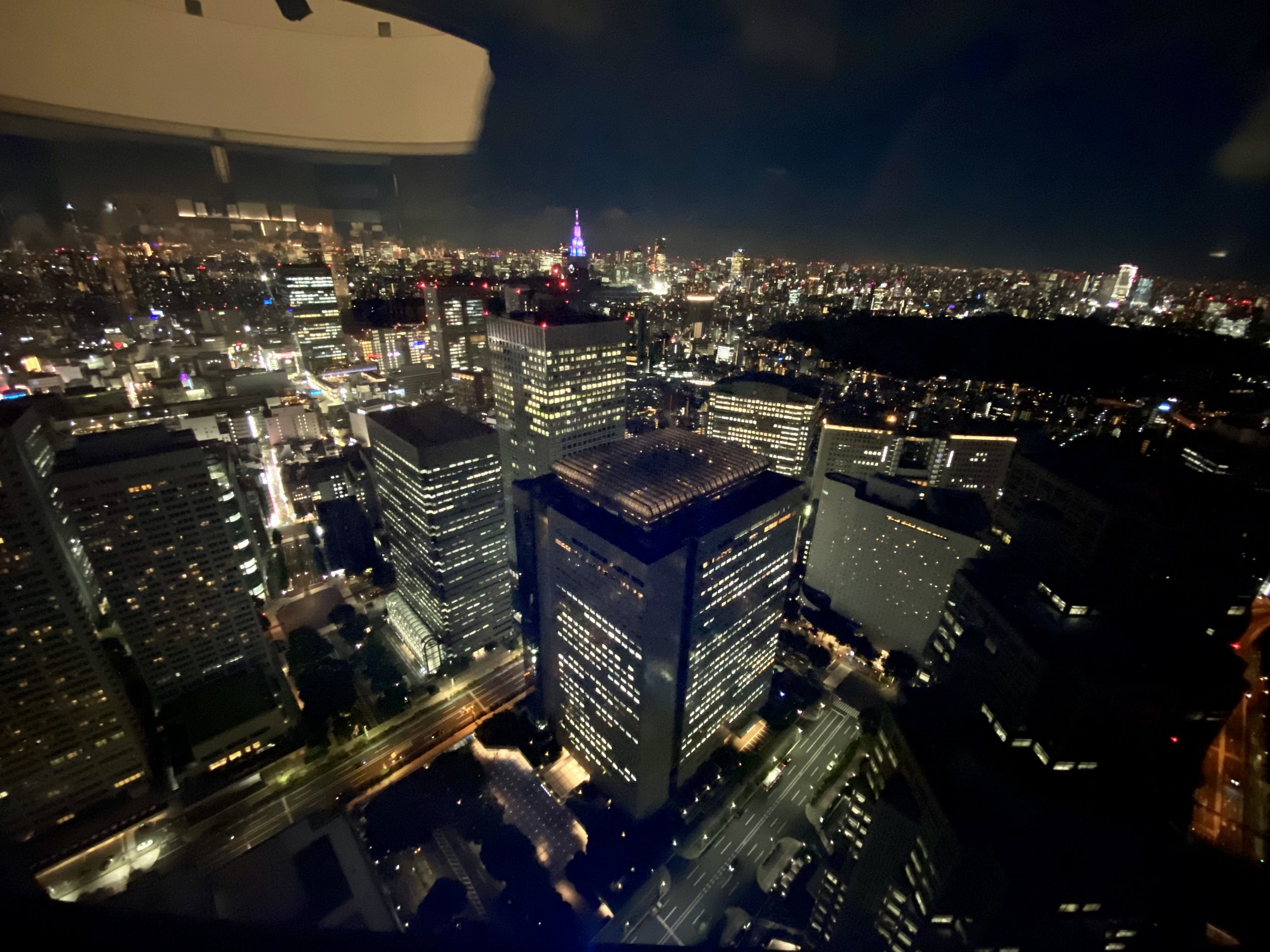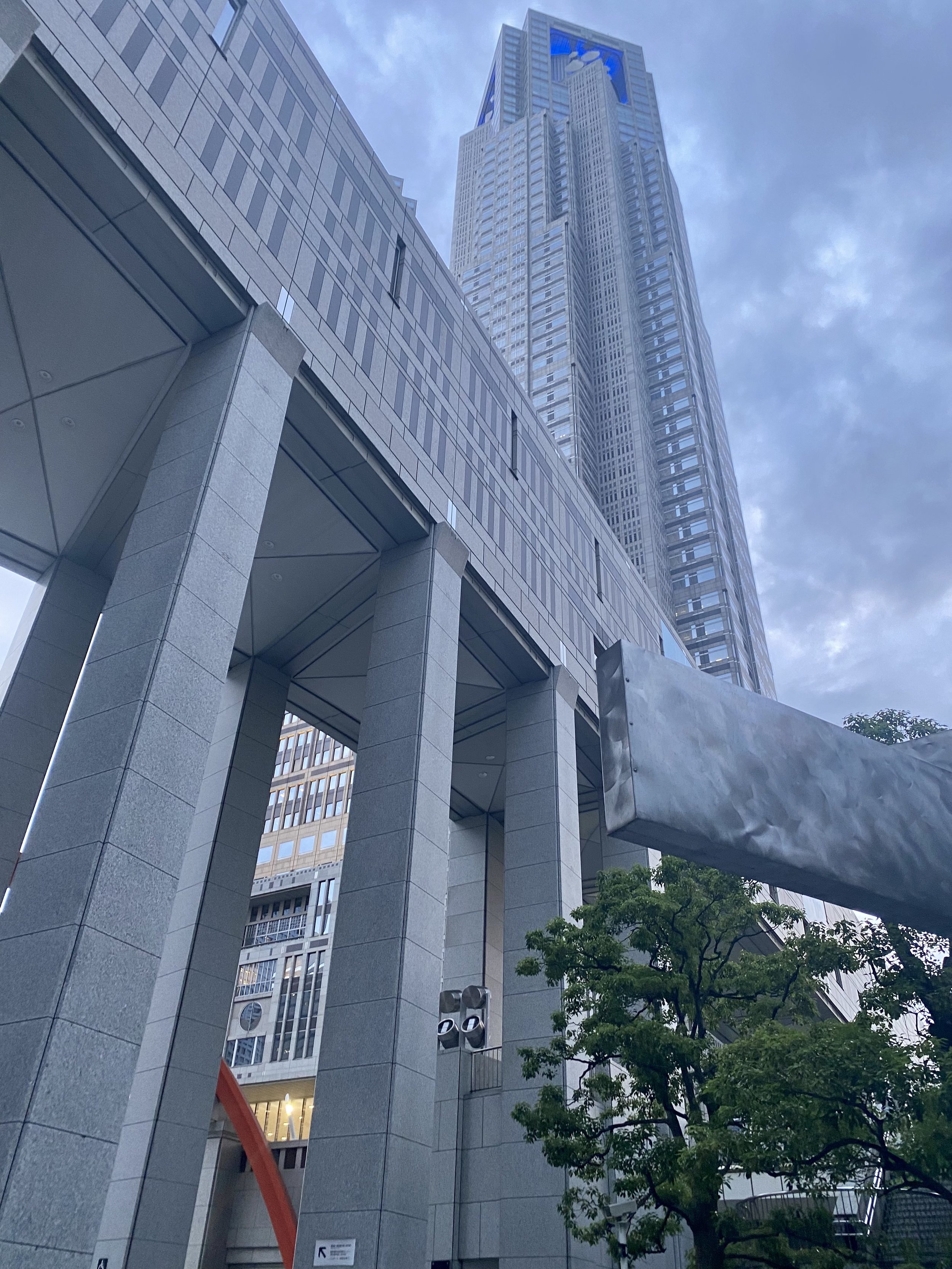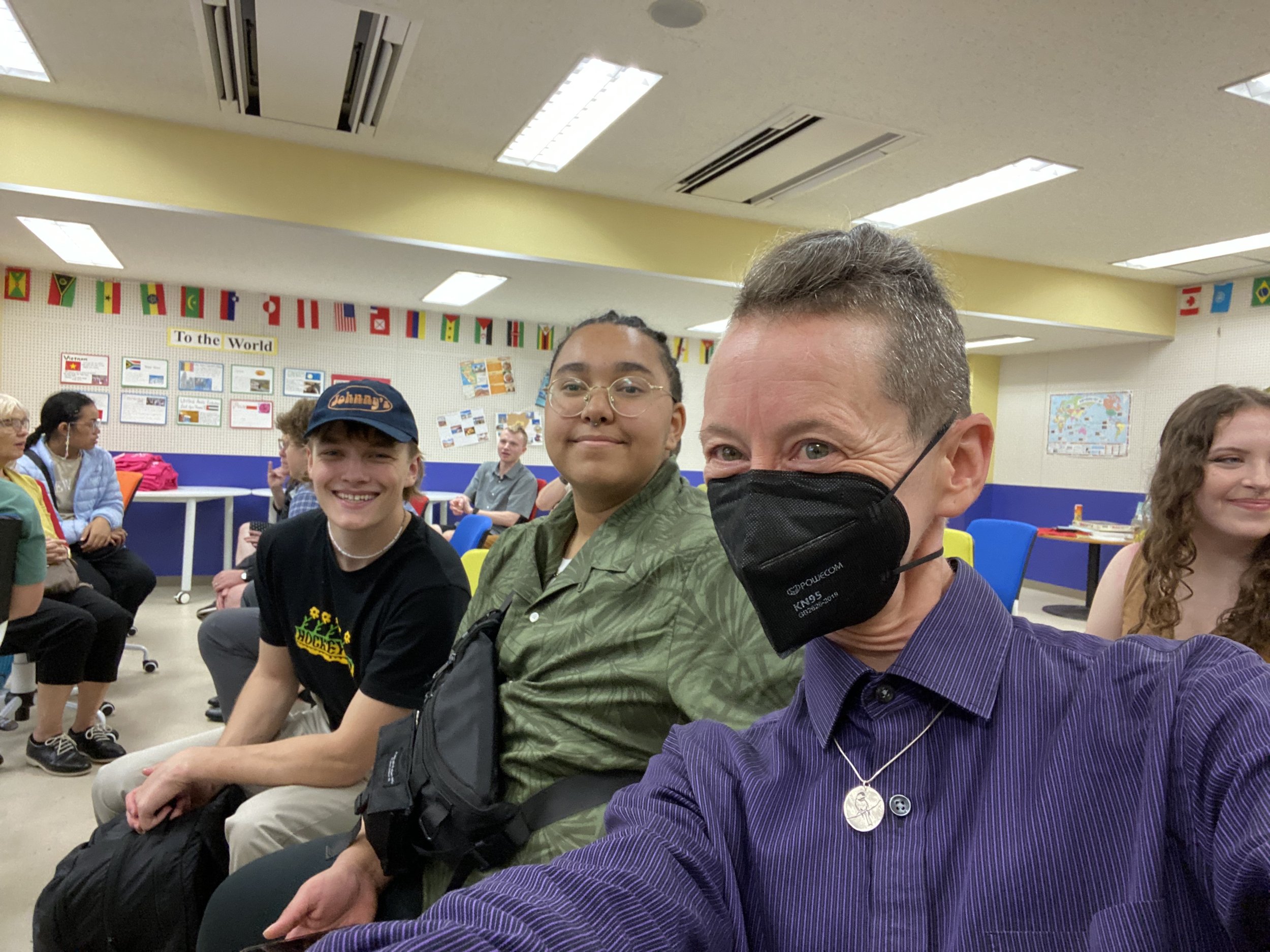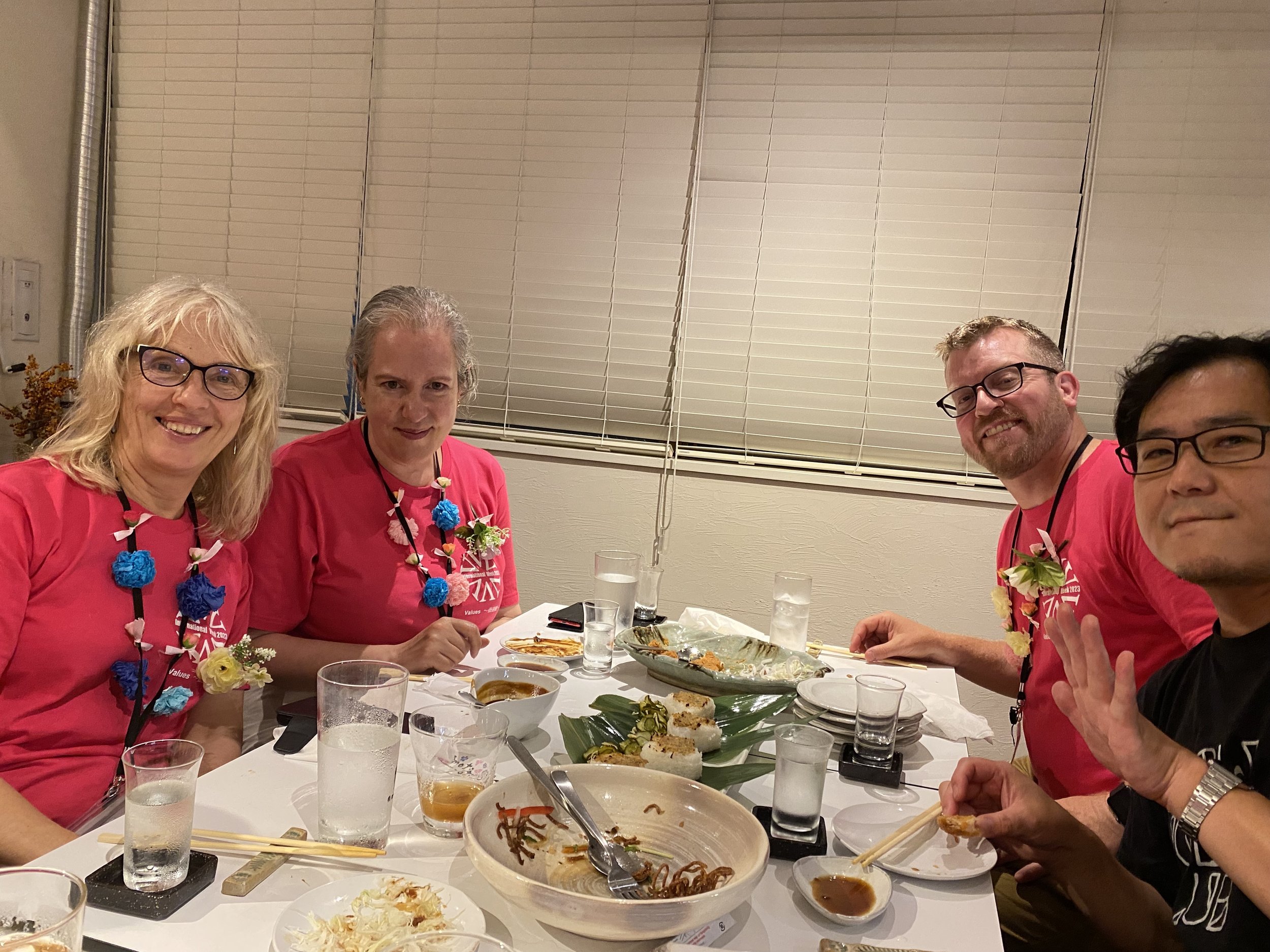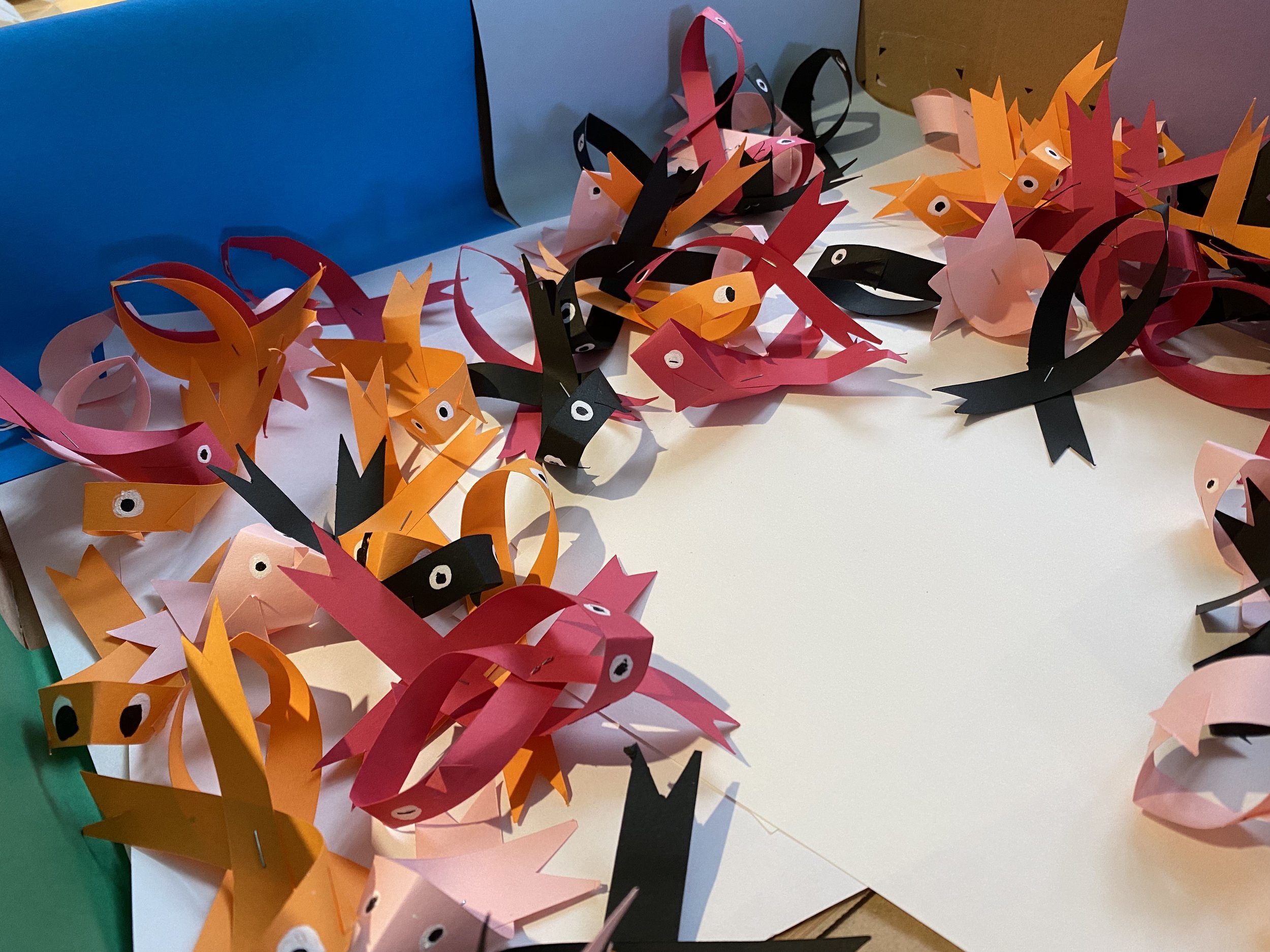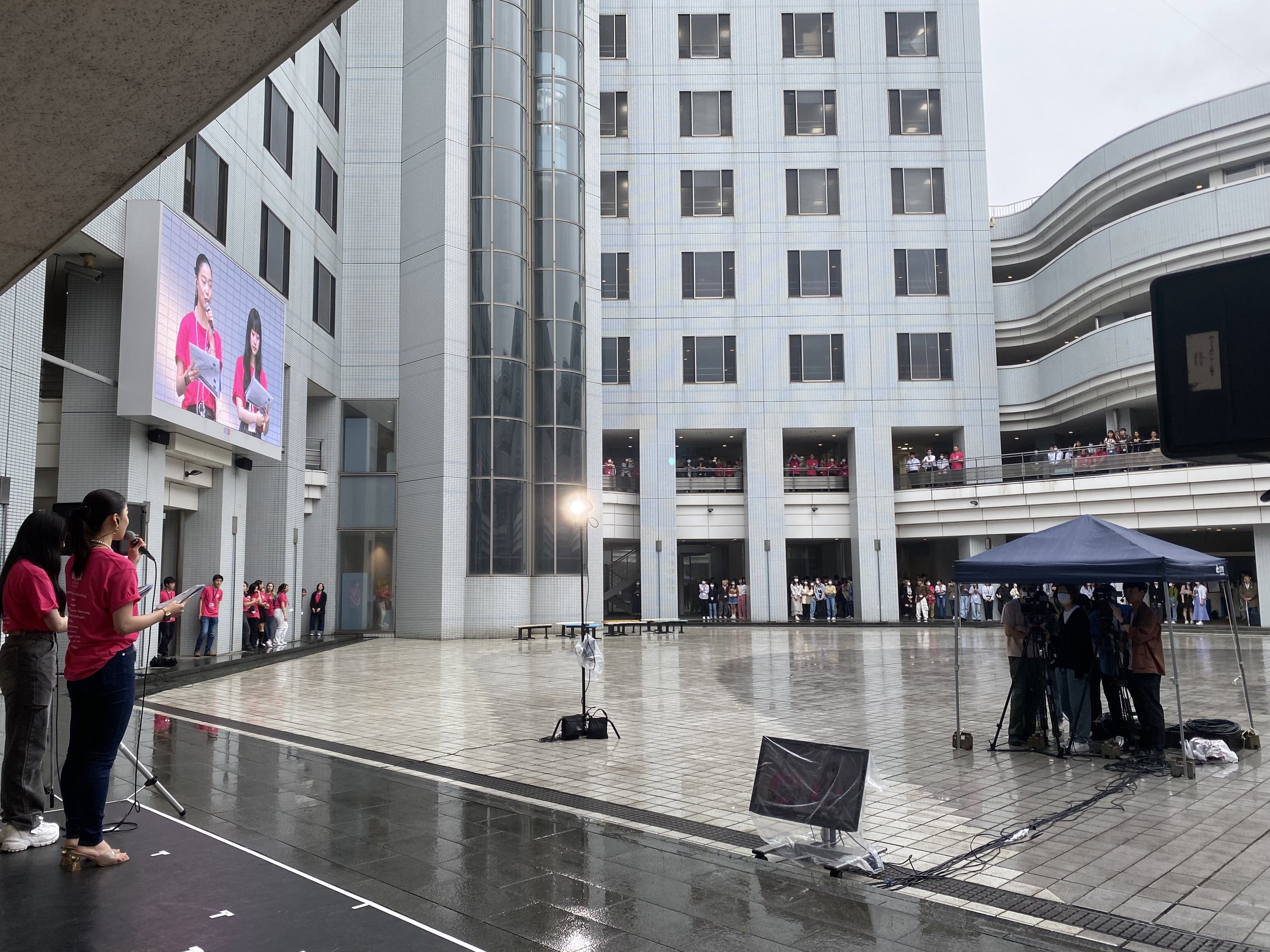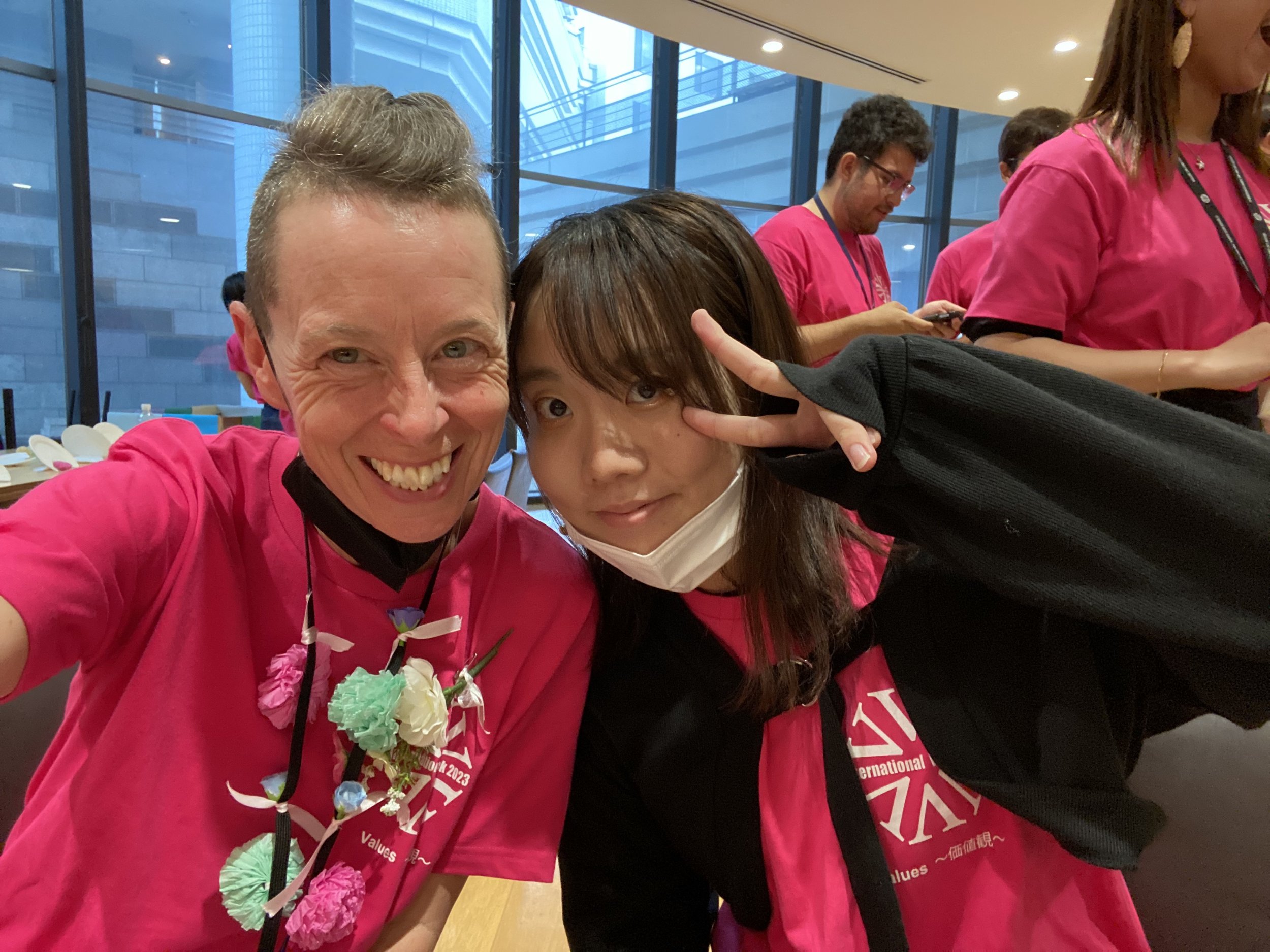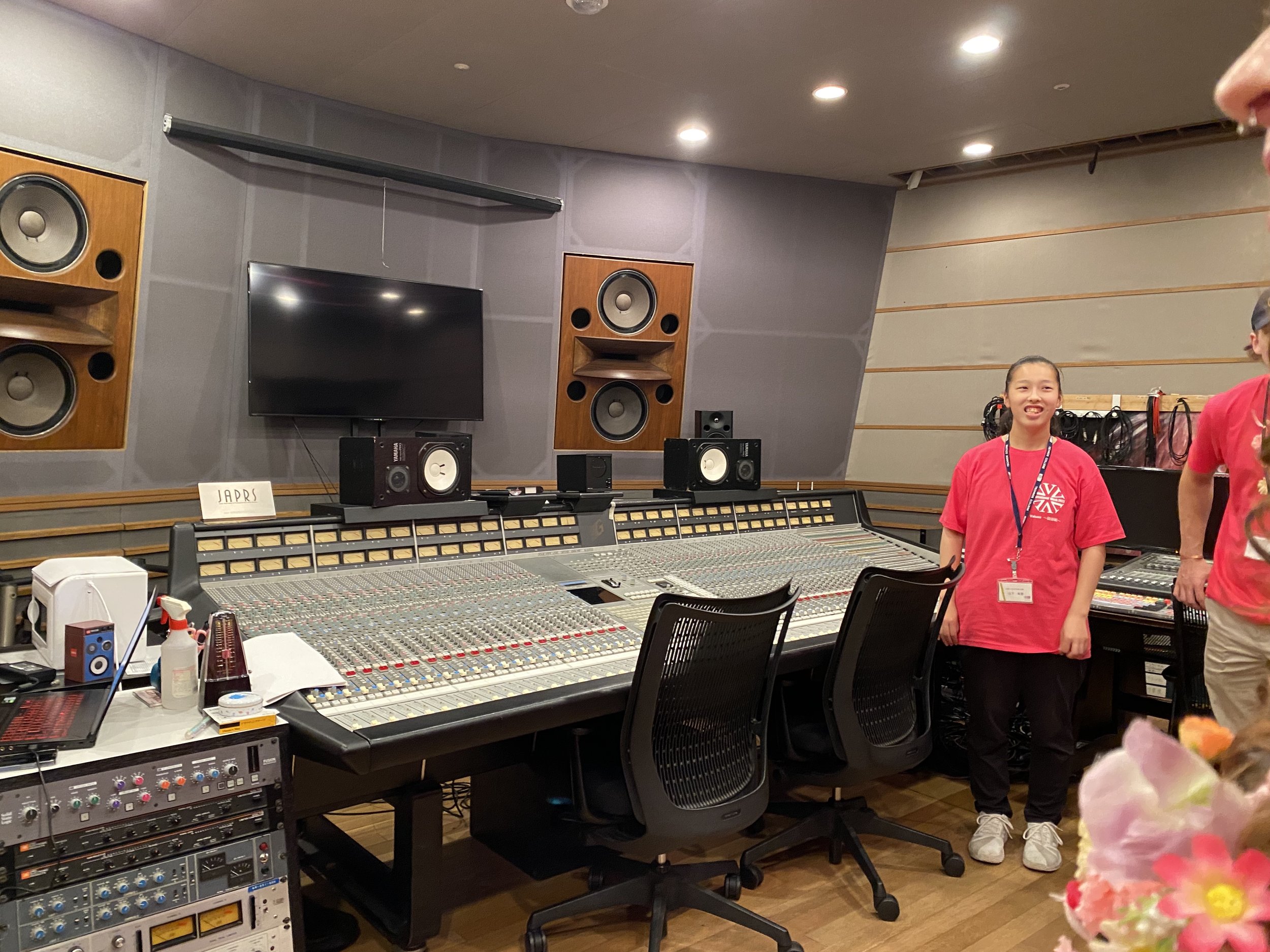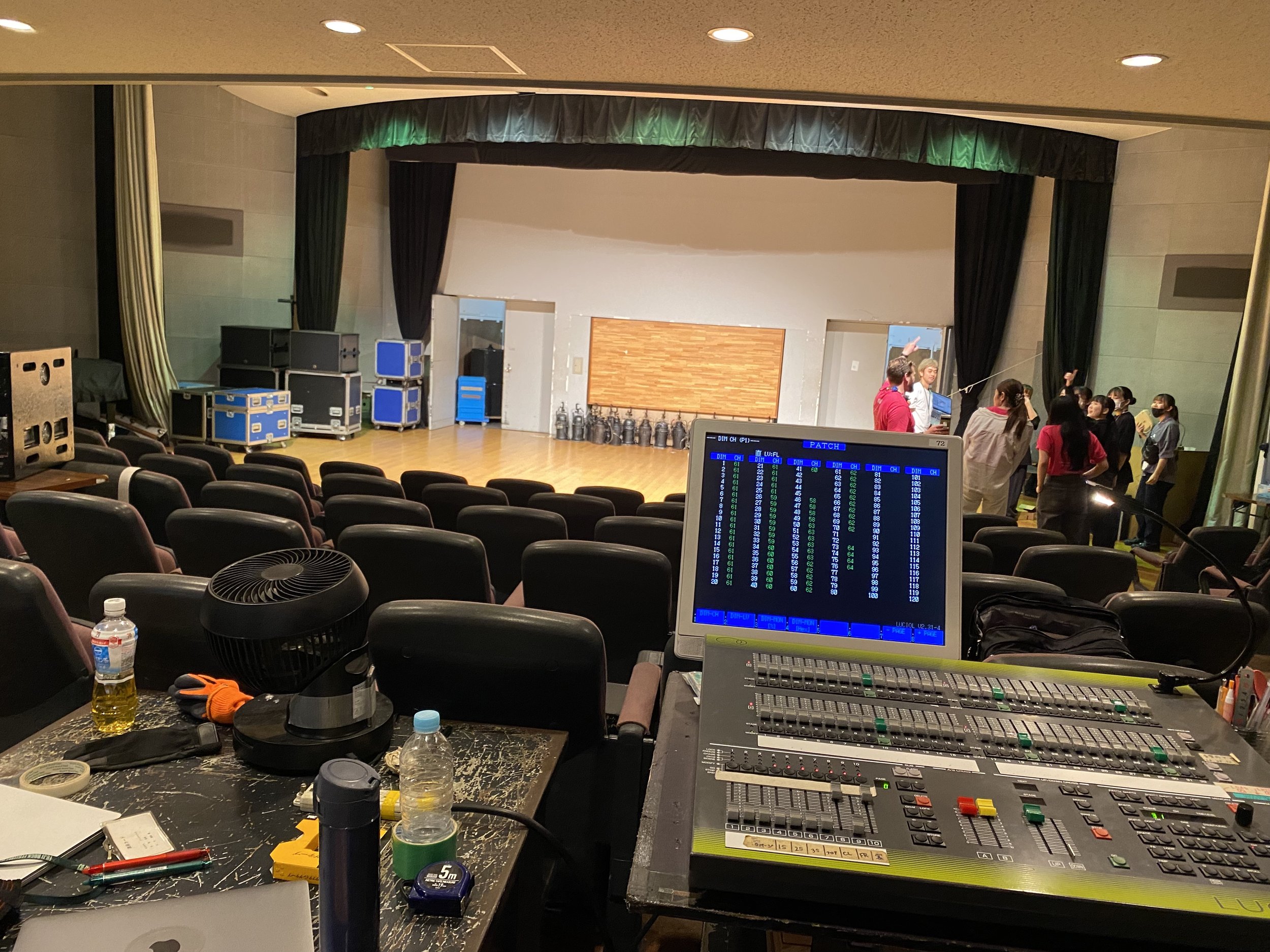Flotsam and Jetsam
I have no pretty pictures left. Just some random musings that feel worthy of noting before I close the public chapter of this journey. I am certain I will continue to process it and be shaped by it for the rest of my life. I’ve already started making onigiri! But I do not foresee returning to this blog after this entry.
I am struck by Japan’s contradictions. (It is always easier to perceive contradictions as an outsider. Attempting to learn the rules in order to fit in, illogic and inconsistency are hard to ignore):
Generally, Japanese public society has many standard practices that keep things orderly and ensure that you do as little harm / disruption to others as possible. You line up single file for public transportation, stay silent on the bus… And yet, the sidewalks in Japan were total chaos with people walking and biking everywhere in all directions with no clear sense of when and how to pass.
The sidewalks in Japan contain Tenji blocks - a yellow grooved path - in order to assist vision impaired walkers. I love this! It’s a built in component to allow people full access. Except to my beginner body, they seem largely unusable in practice. The grooves would make cane usage very difficult (though perhaps not with the tapping method) and without a cane there is no way you would be visibly blind enough that all of the cyclists and other pedestrians would stay out of your way - people cross these blocks quickly and erratically. That said, reading up on them a bit, perhaps if I had more experience with them I would have found them more useable. Would love to hear from any blind / low-vision folks who have traveled in Japan as to what your experience with Tenji blocks has been.
Environmental concerns are complex. People are dedicated to sorting trash and recycling and compost. But it is incredibly difficult to find trash cans in public places. And seemingly everything comes wrapped in plastic: washcloths, candies, other individually sized items. No one carries a reusable water bottle, opting instead for plastic bottles purchased in vending machines - though I noticed the Japanese generally drunk far fewer fluids than I am accustomed to.
While Japan is incredibly quiet - I heard maybe two sirens in any given day in Tokyo and of course there are the previously noted library quiet expectations on public transportation - there is also a lot of distracting sound - music underscored every class session I attended in the library at Technos, (I’m told that) karaoke is full of people yelling, our gym days were constant sound.
The cleanliness and safety of Japan cannot be overstated. I swear you could eat off of the bathroom floors. Workers were hand cleaning the subway stations while we were in them. Public bathrooms sparkled and occasionally sported flower arrangements.
I’d be really curious to return and spend more time outside of Japan and on my own.
